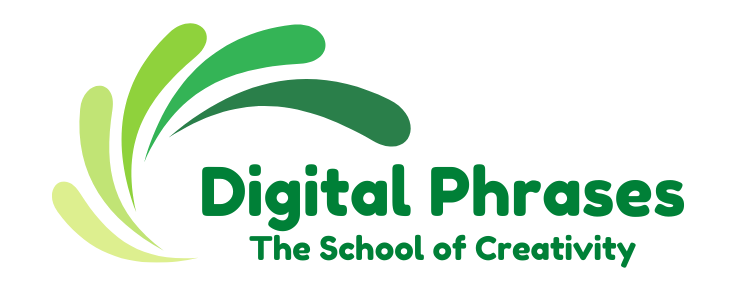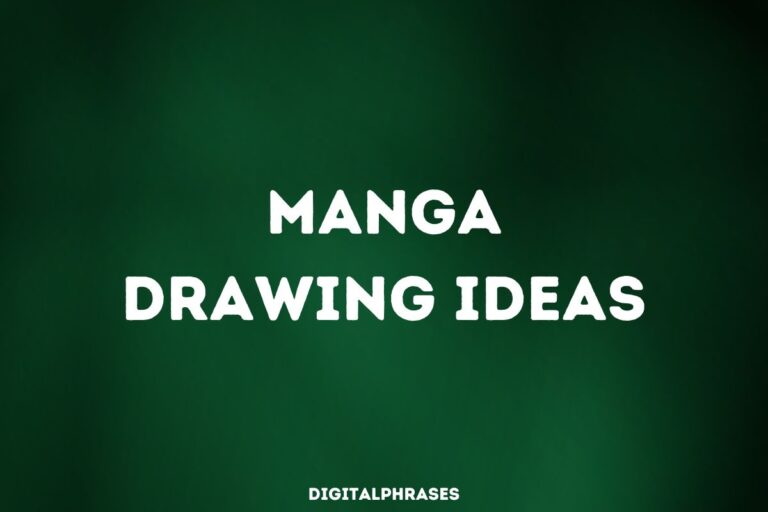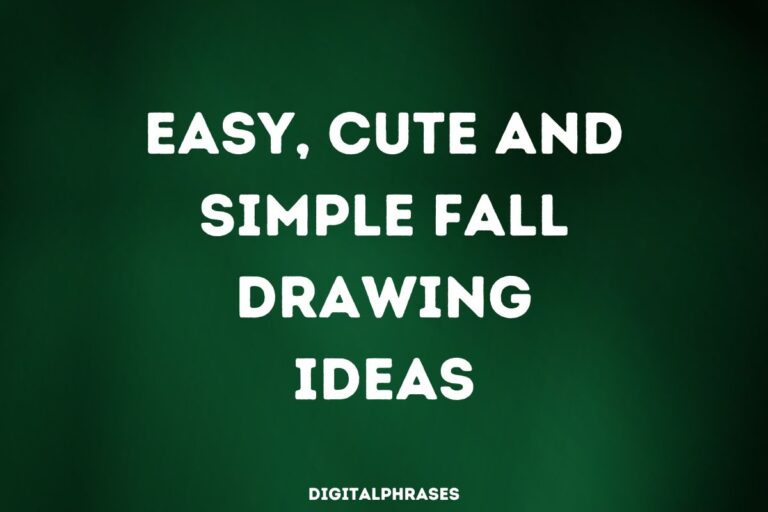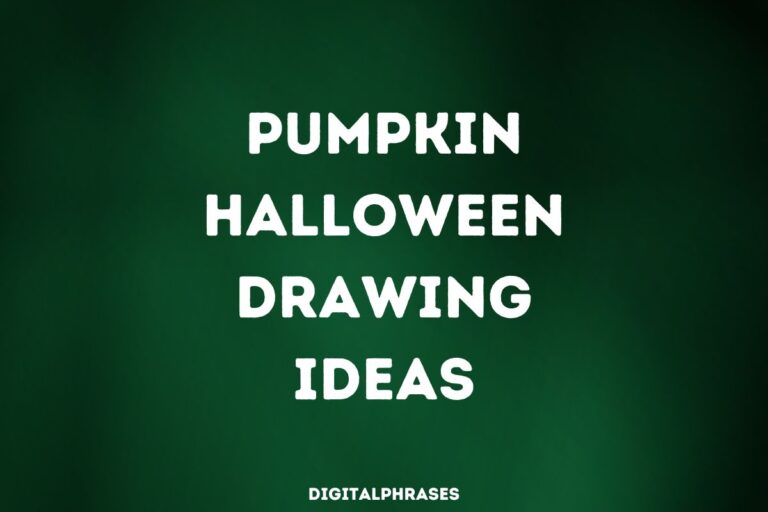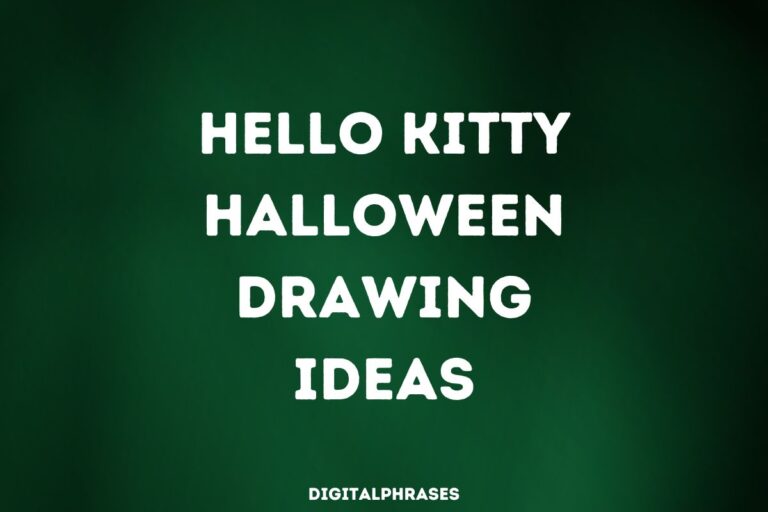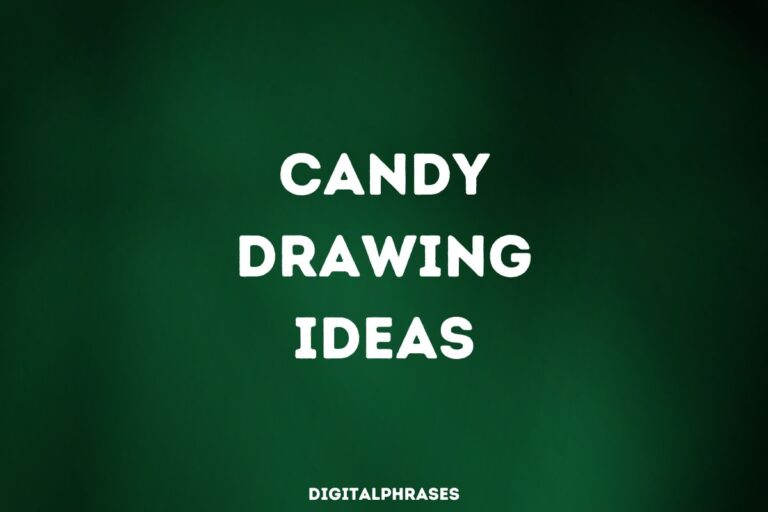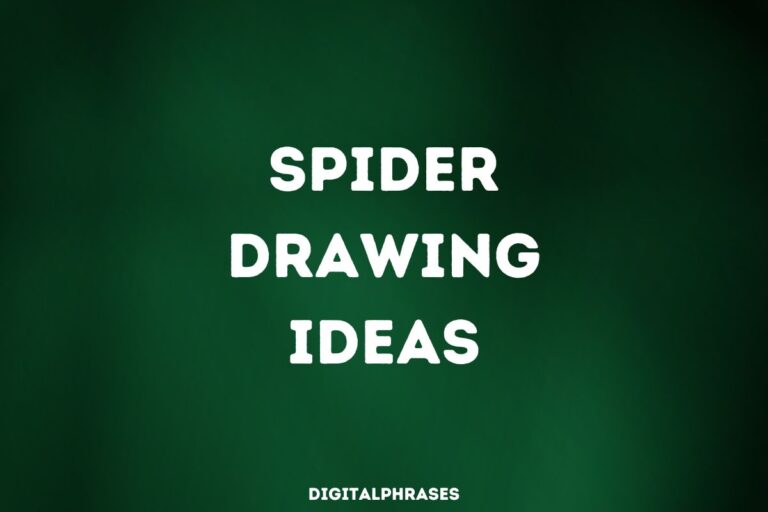100 Disney-Inspired Drawing Ideas
You know that feeling when you’re watching a Disney movie and you just have to draw something?
Yeah, that’s what we’re aiming for here.
Whether you’re a scribble master or a full-on Picasso, this list is packed with some epic ideas to get your creative juices flowing.
So grab your pencils, markers, or whatever you use to make magic happen, and let’s dive in!
Disney-Inspired Drawing Ideas
1

2
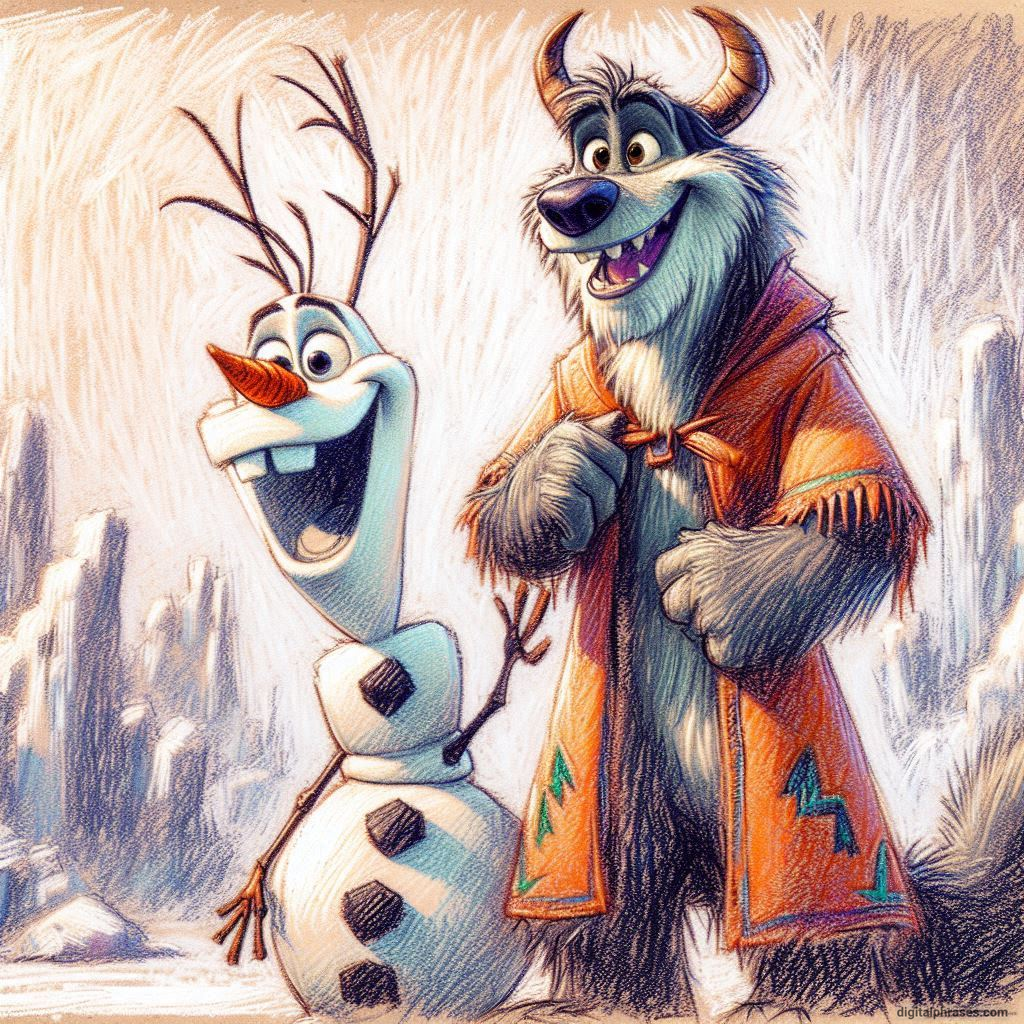
3
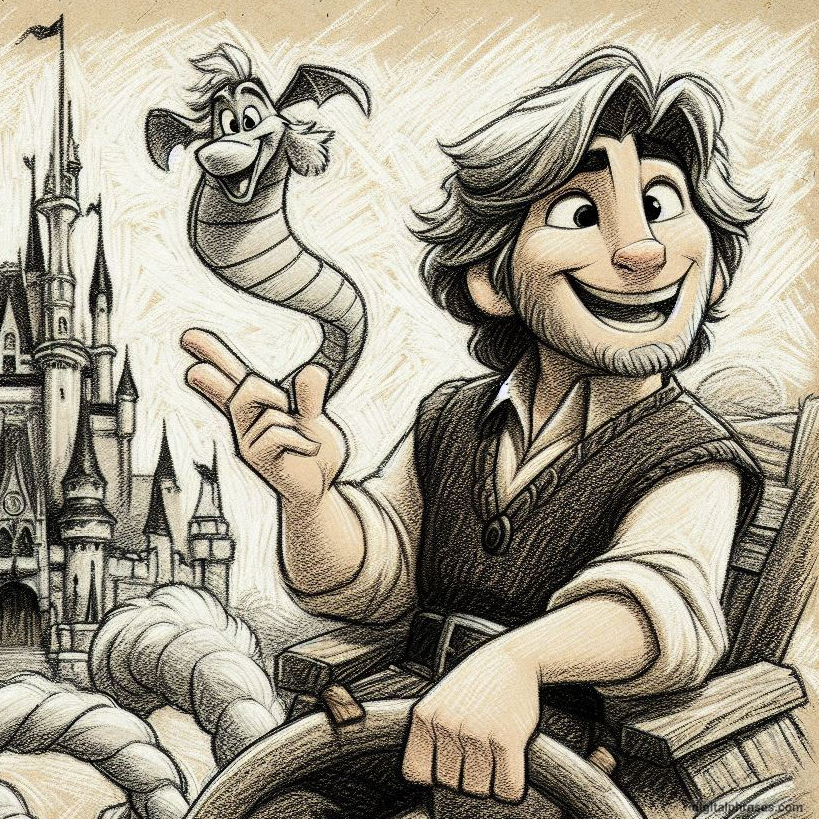
4
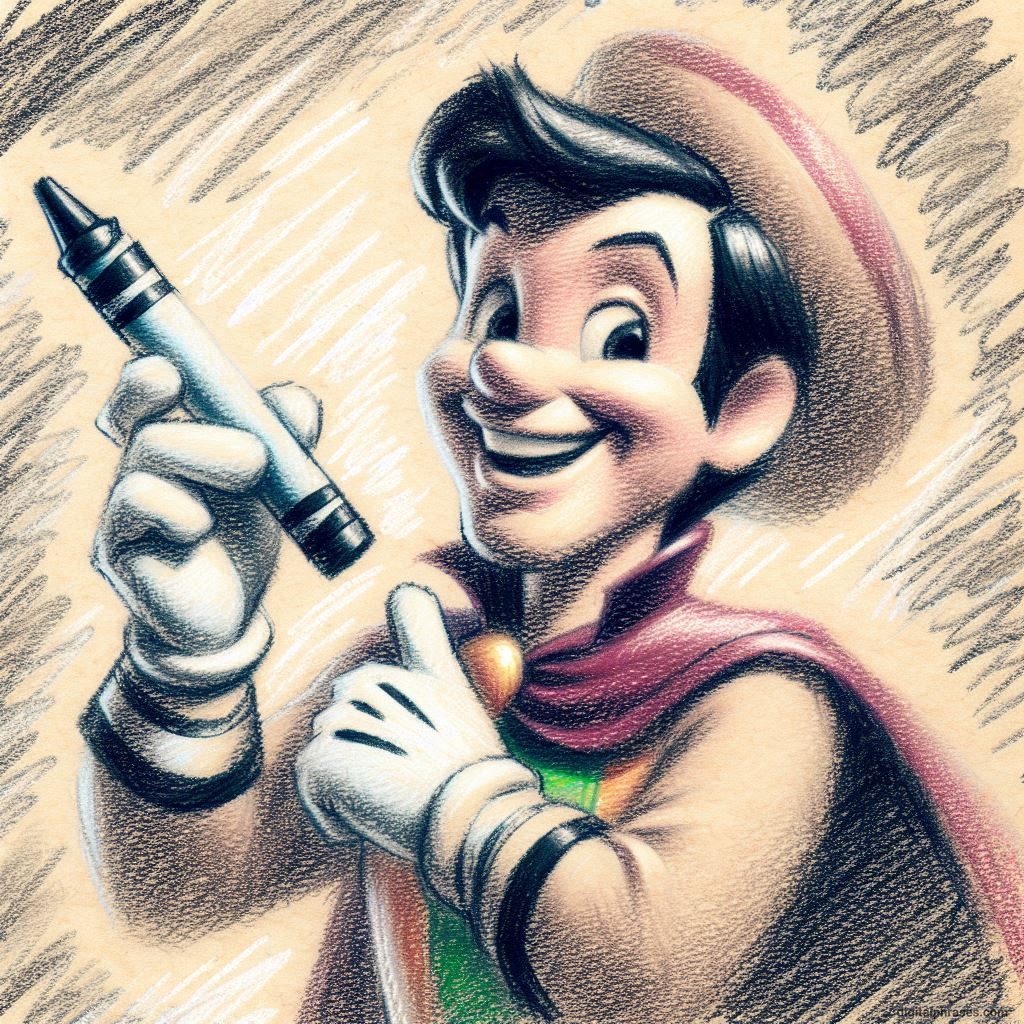
5
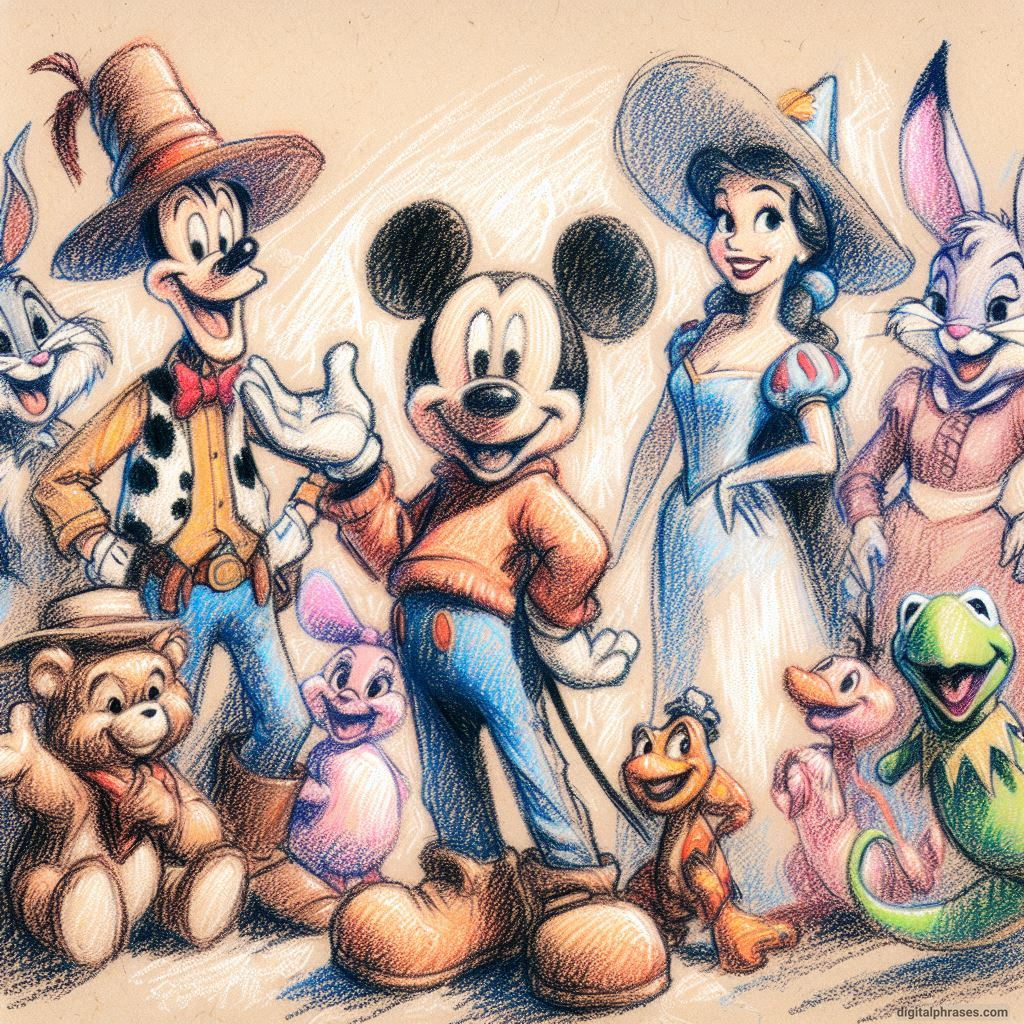
6

7
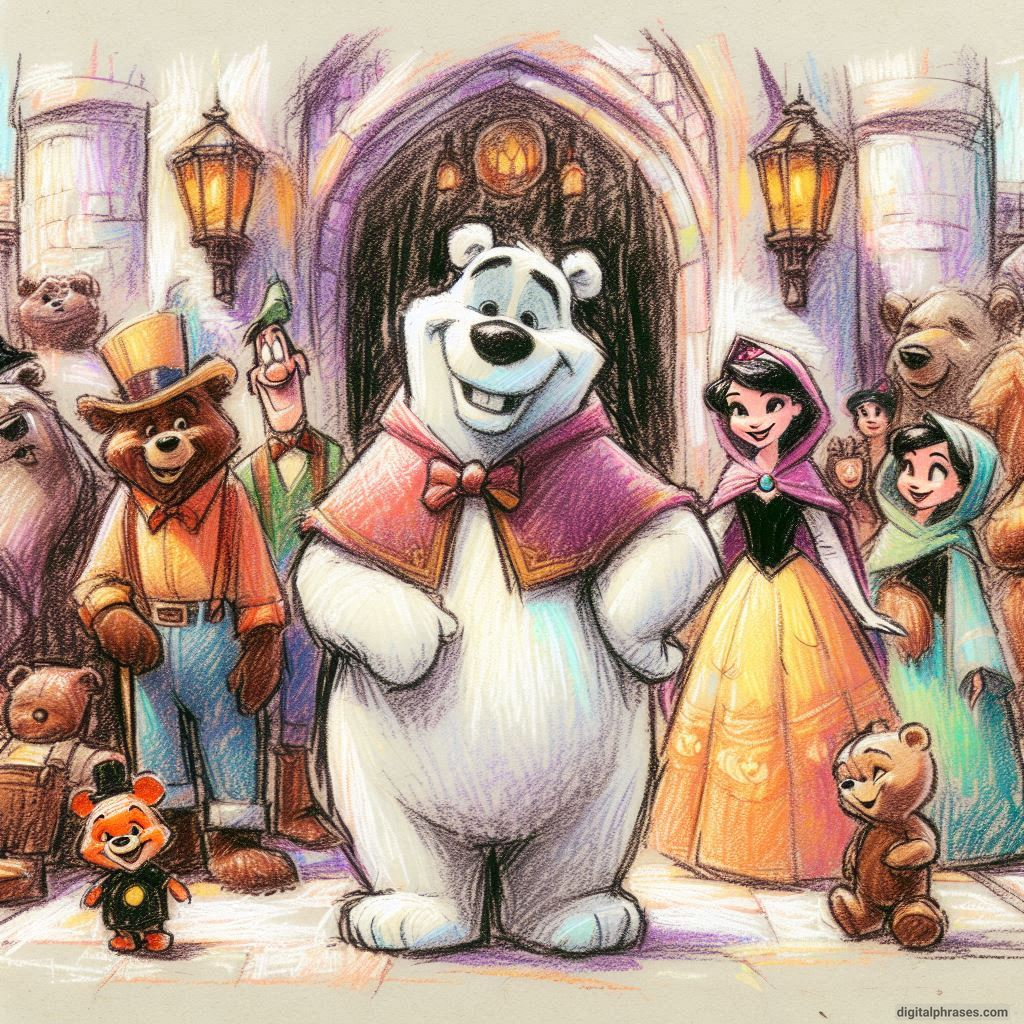
8
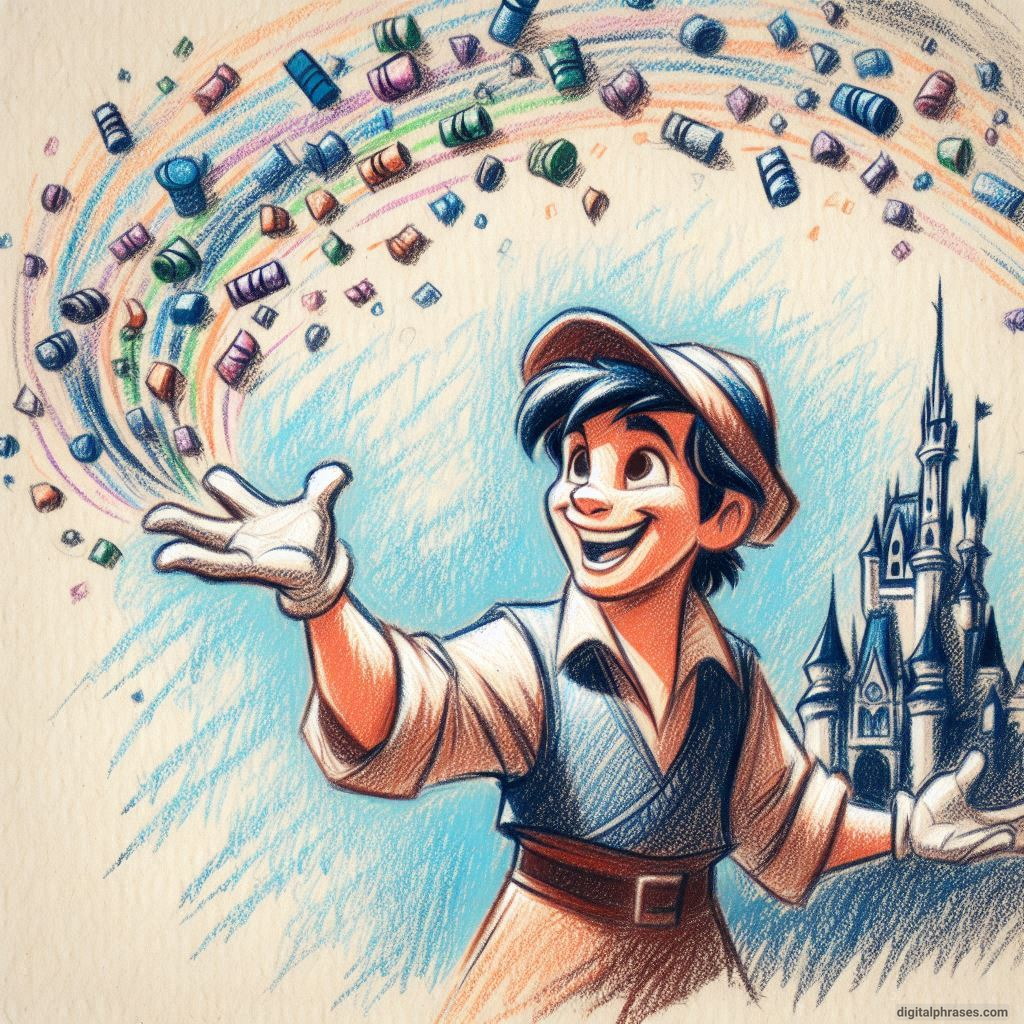
9
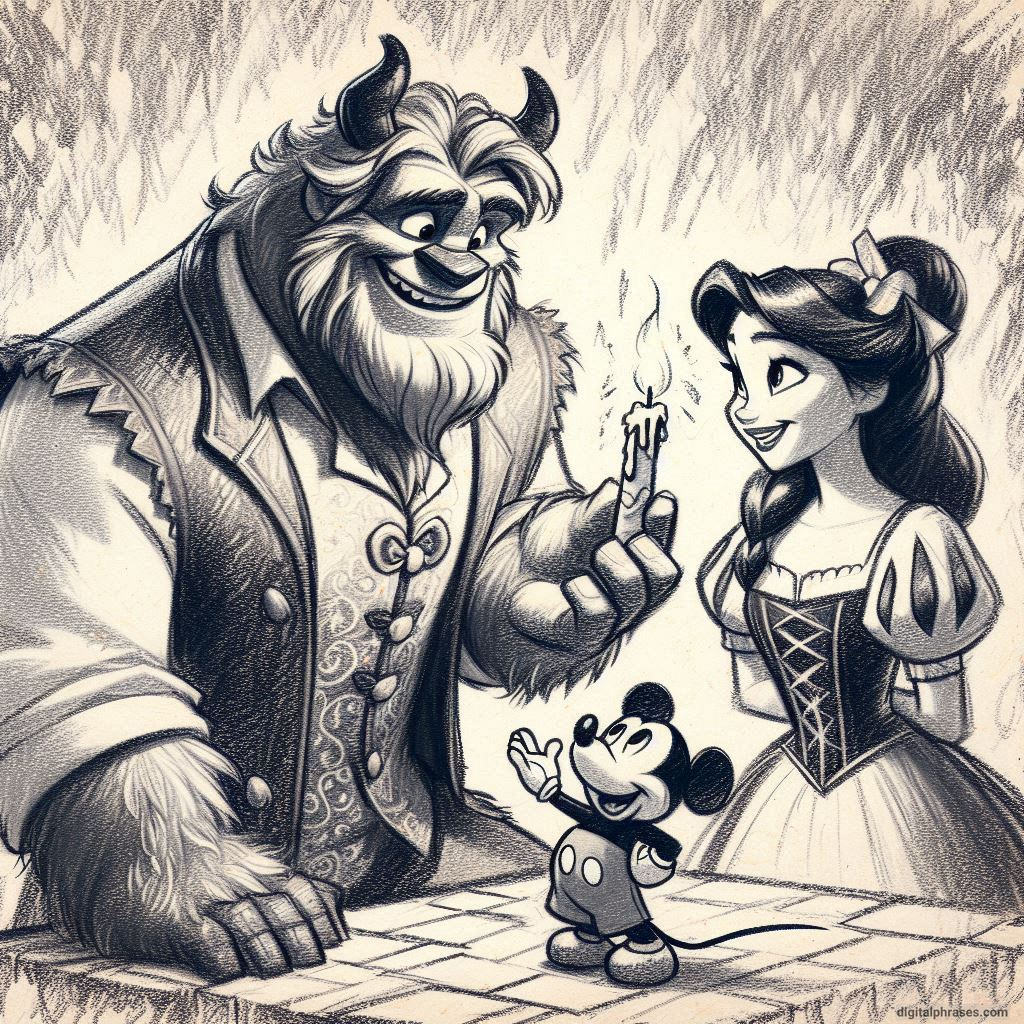
10
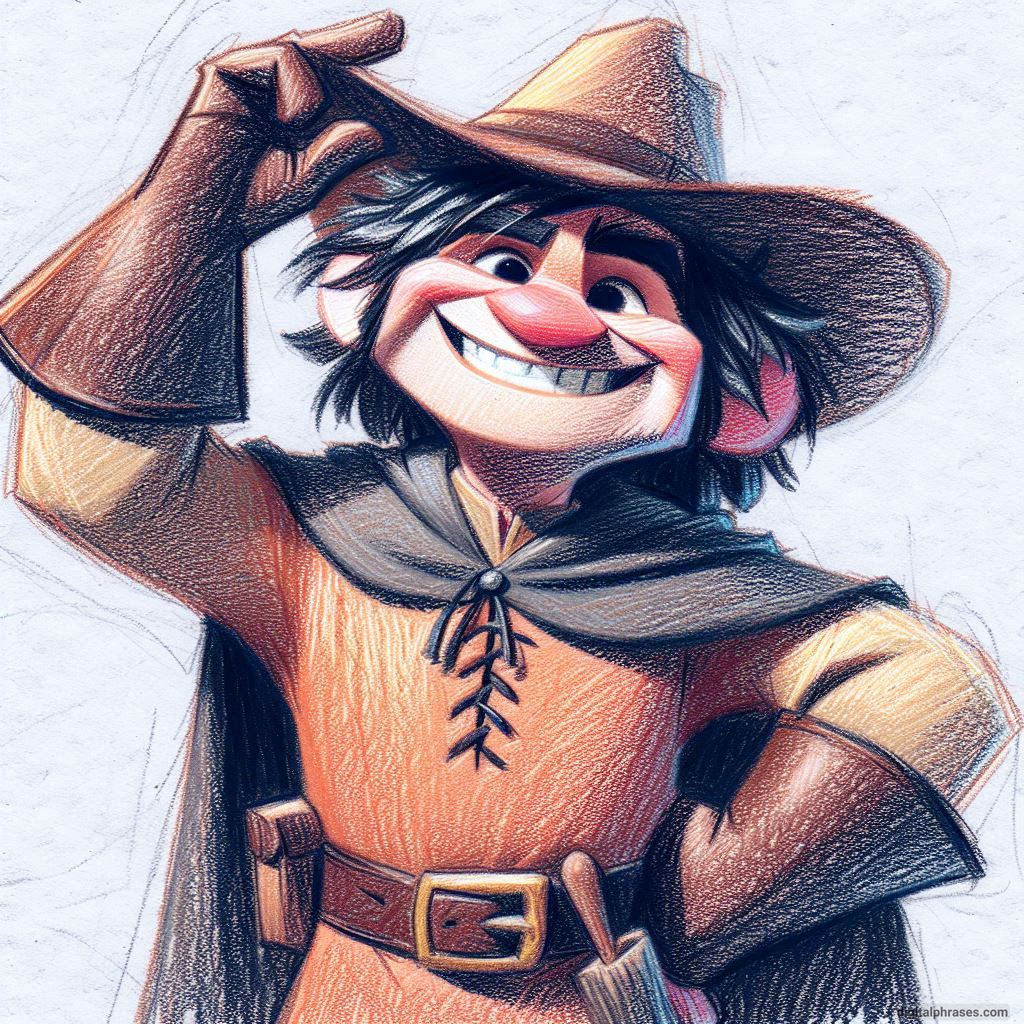
11

12
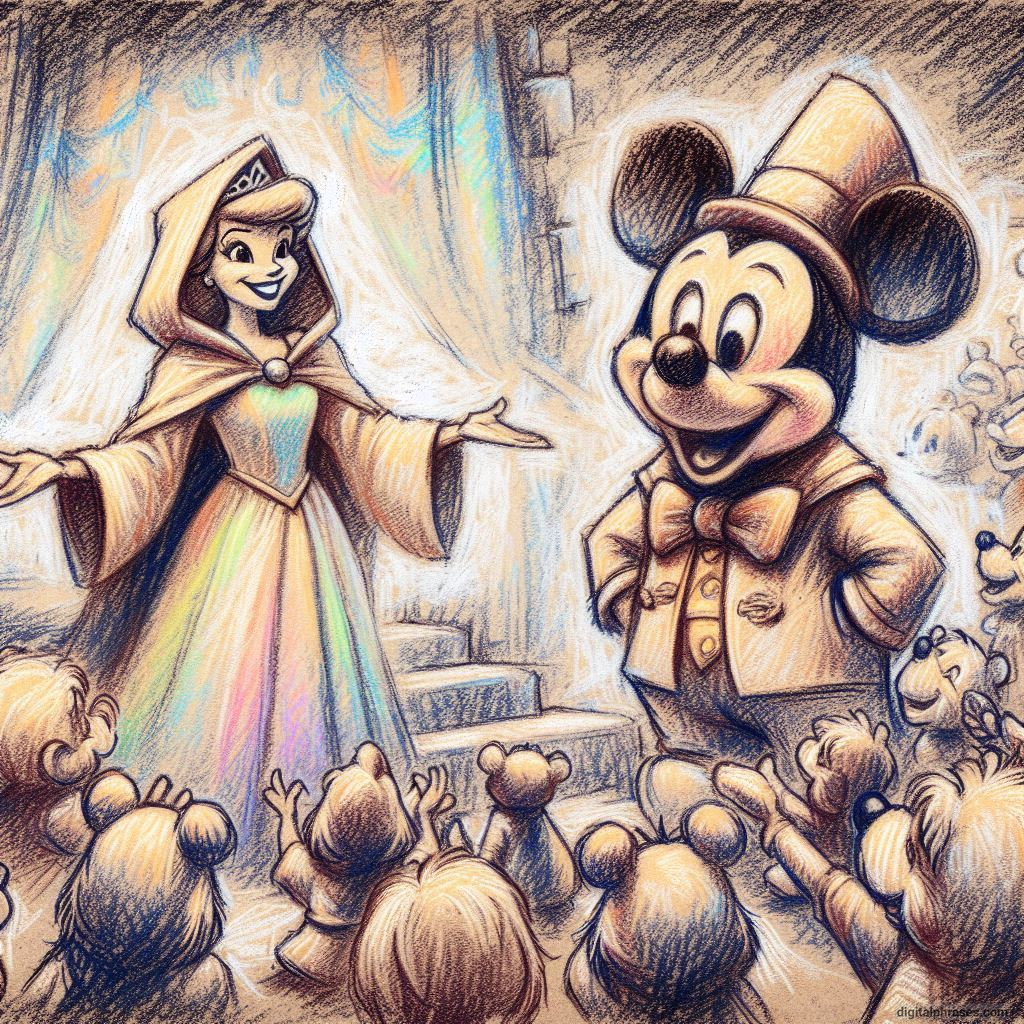
13

14
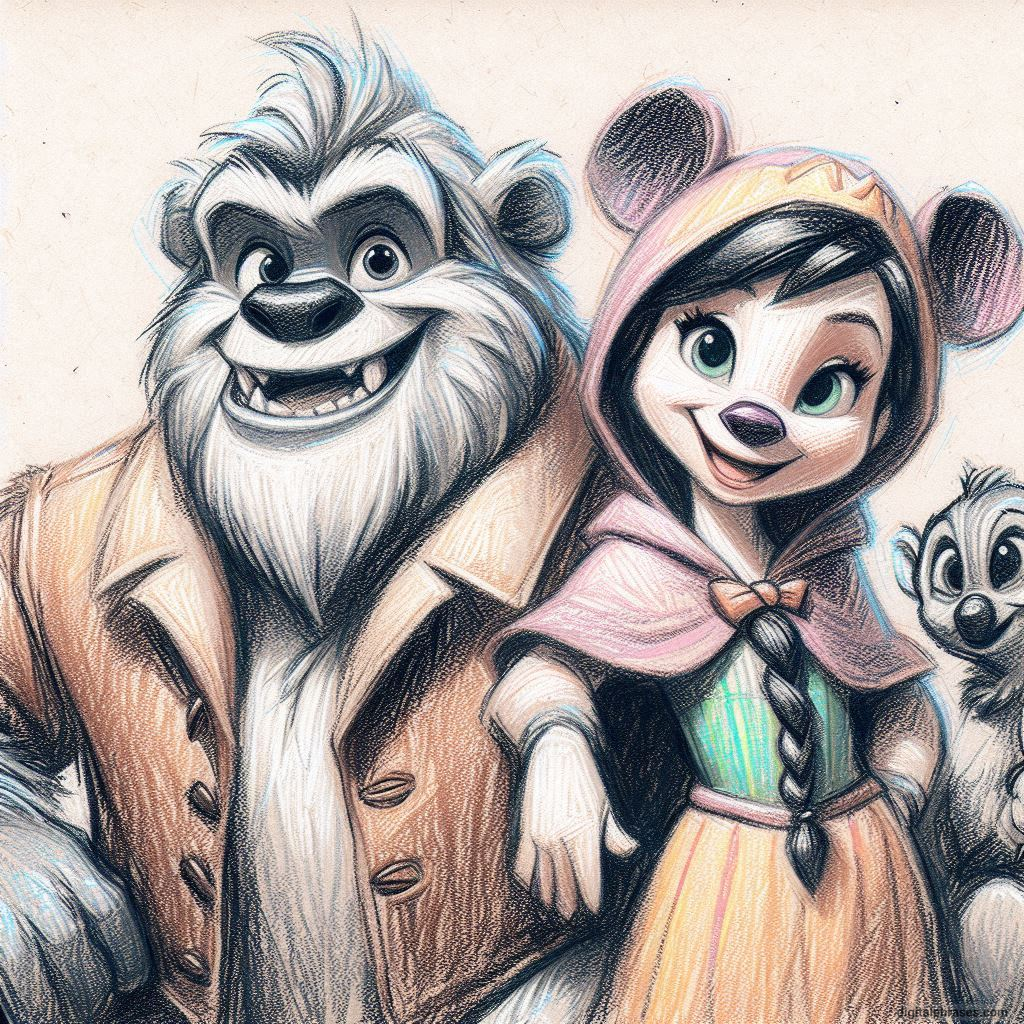
15

16
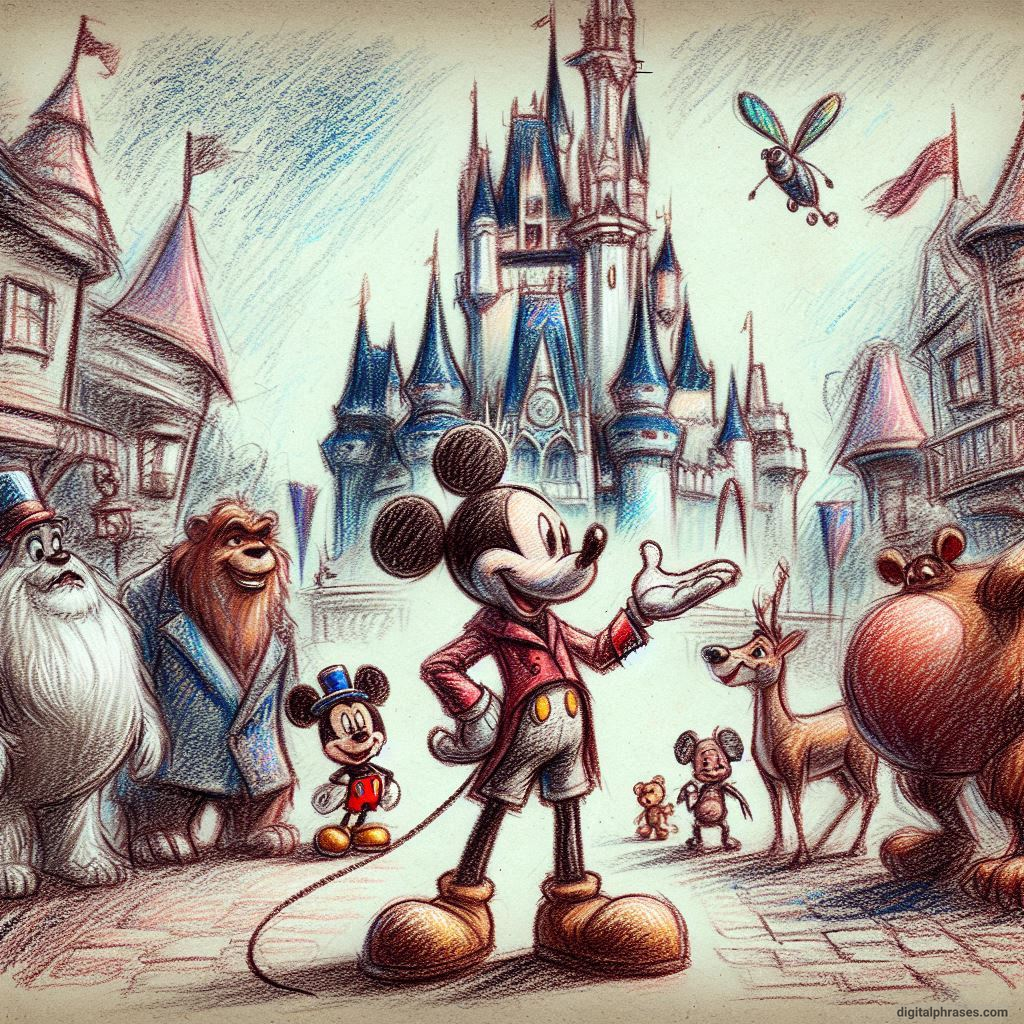
17
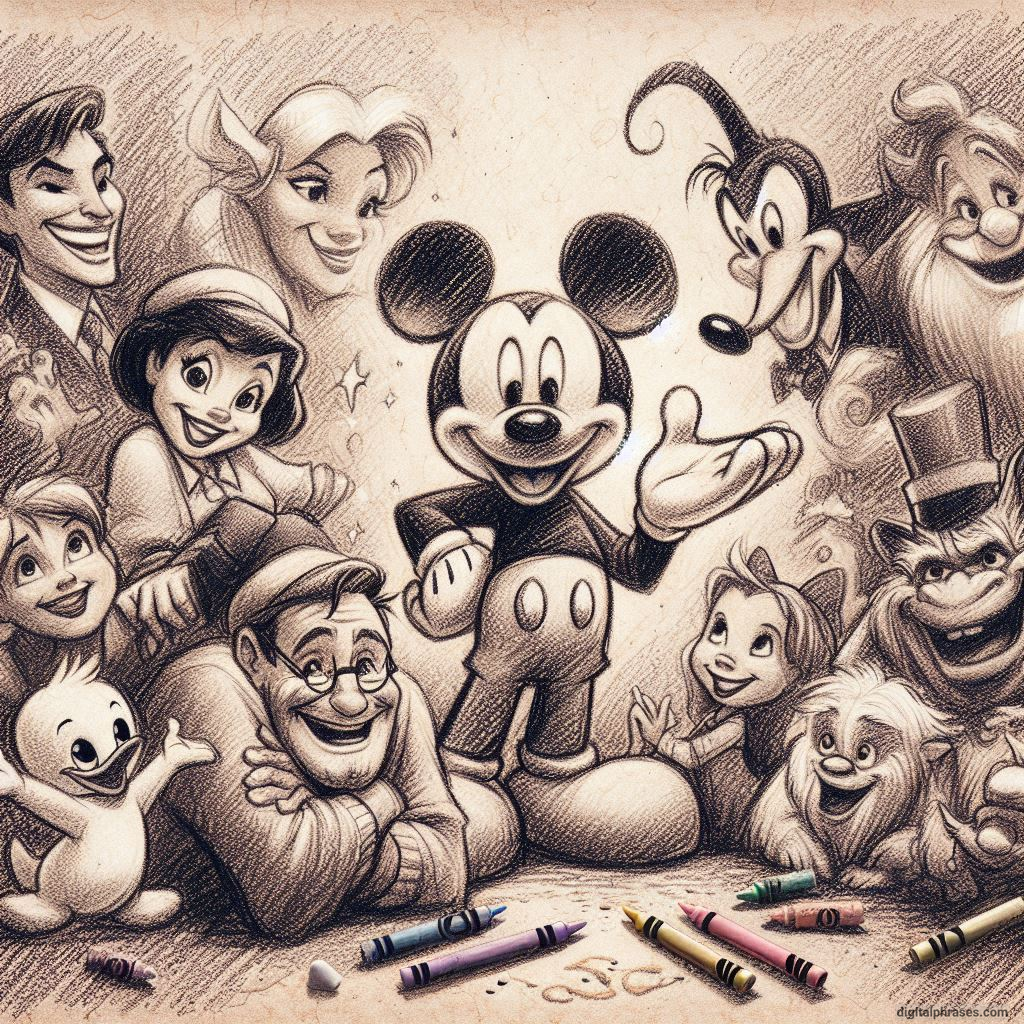
18
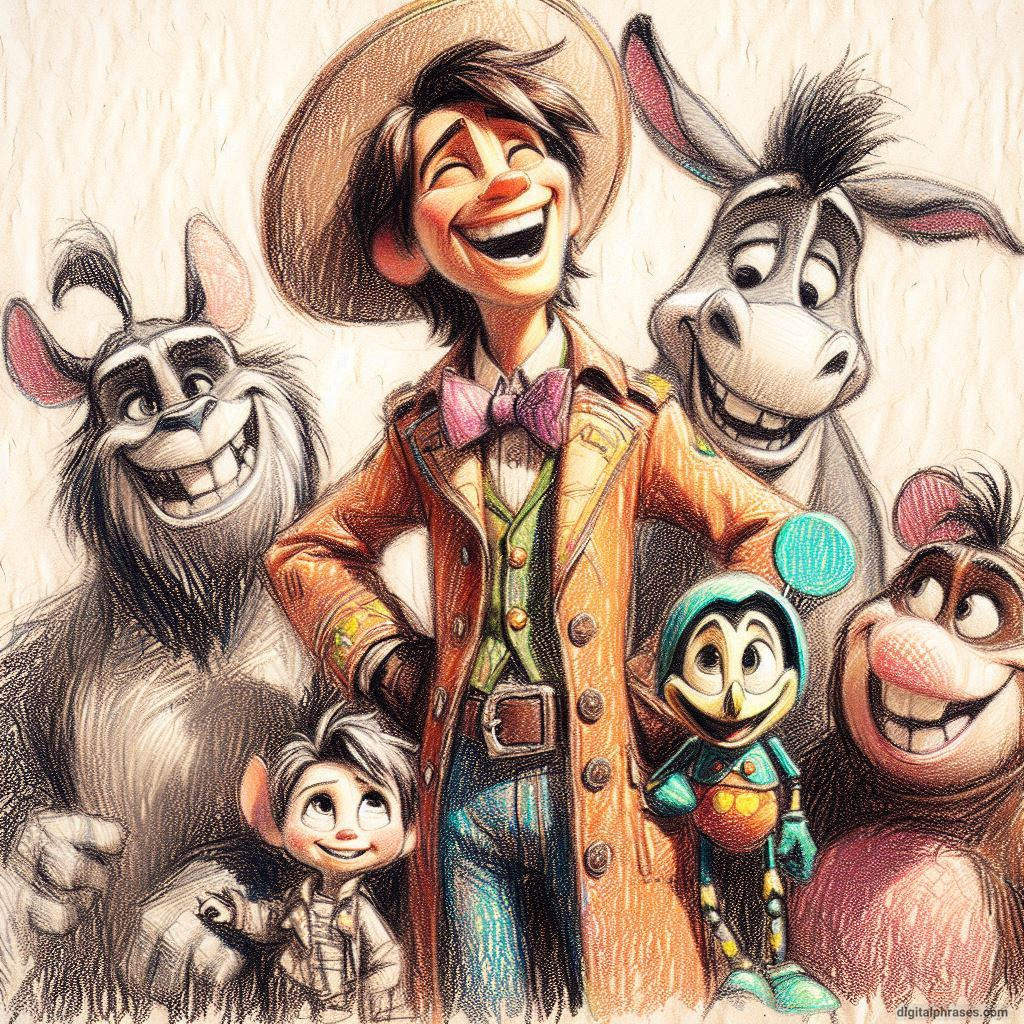
19
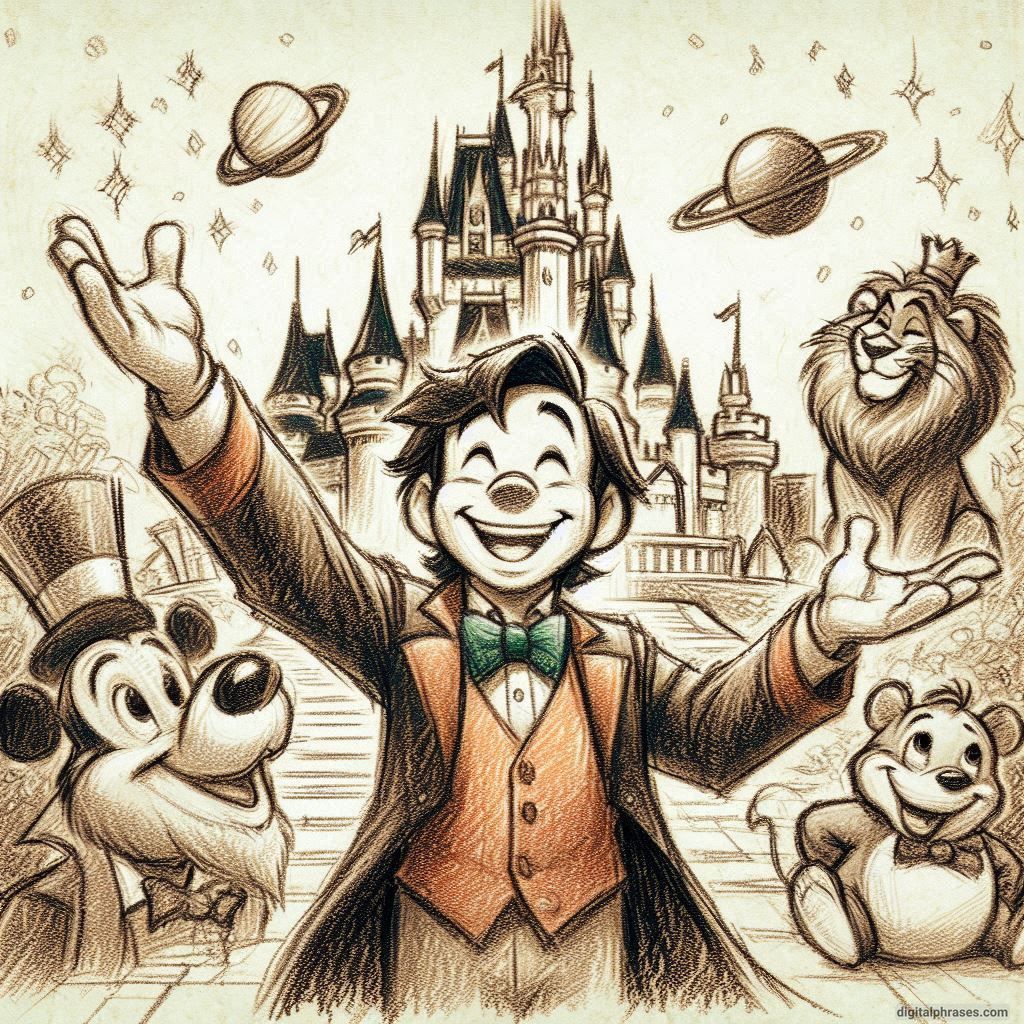
20
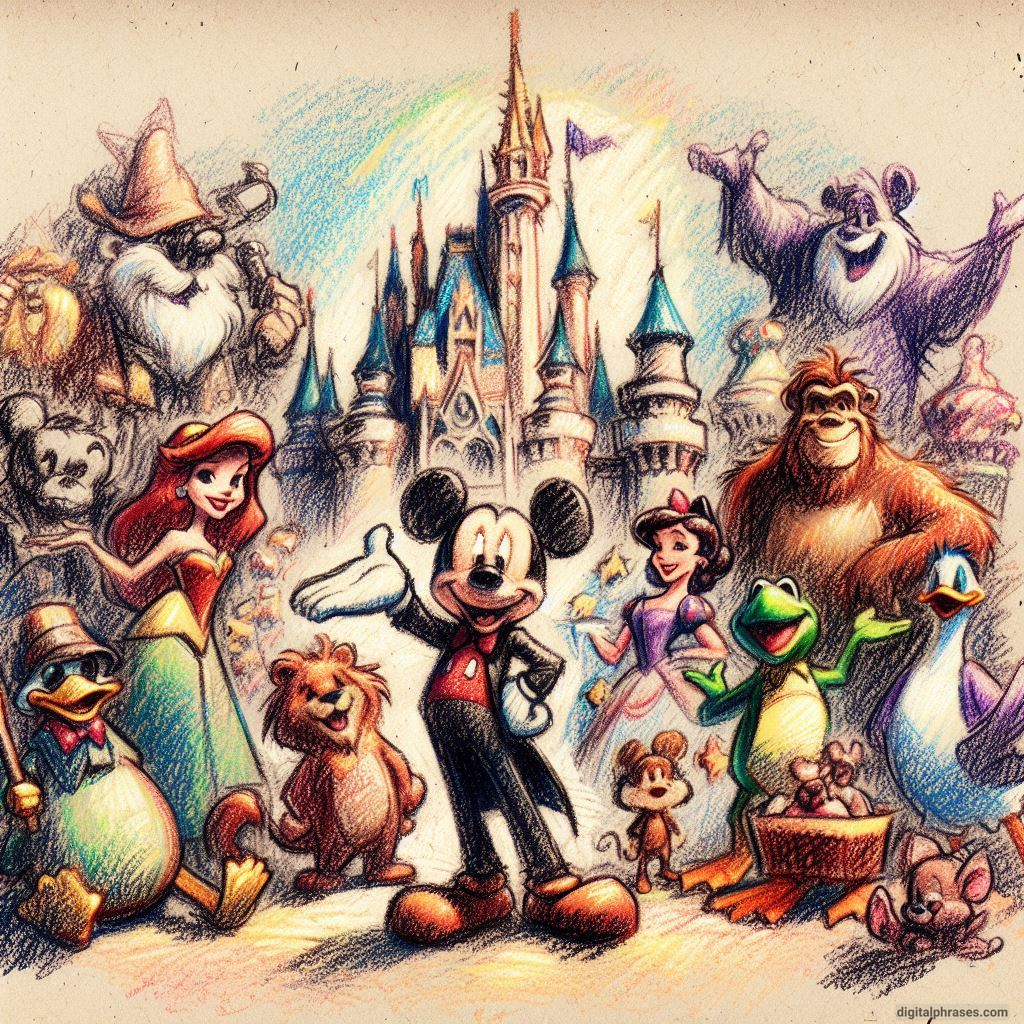
21
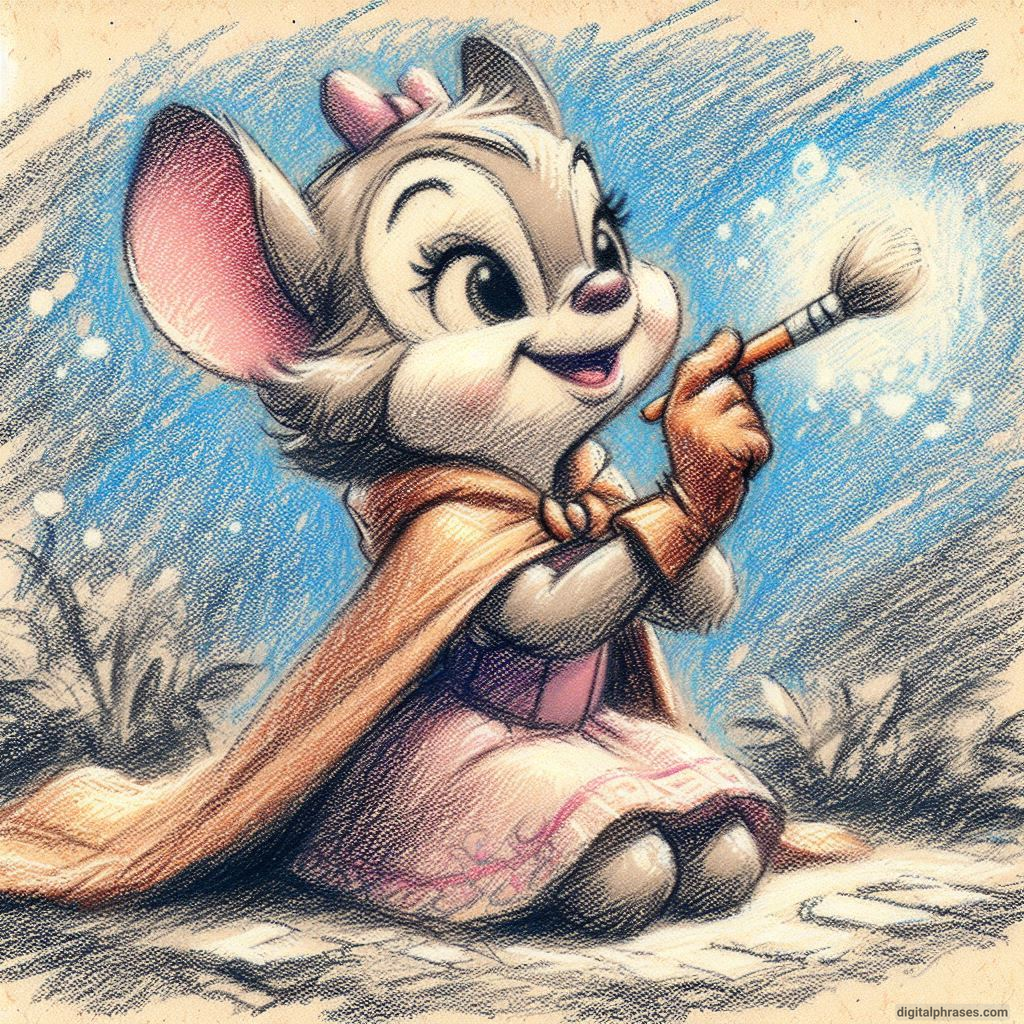
22

23

24

25
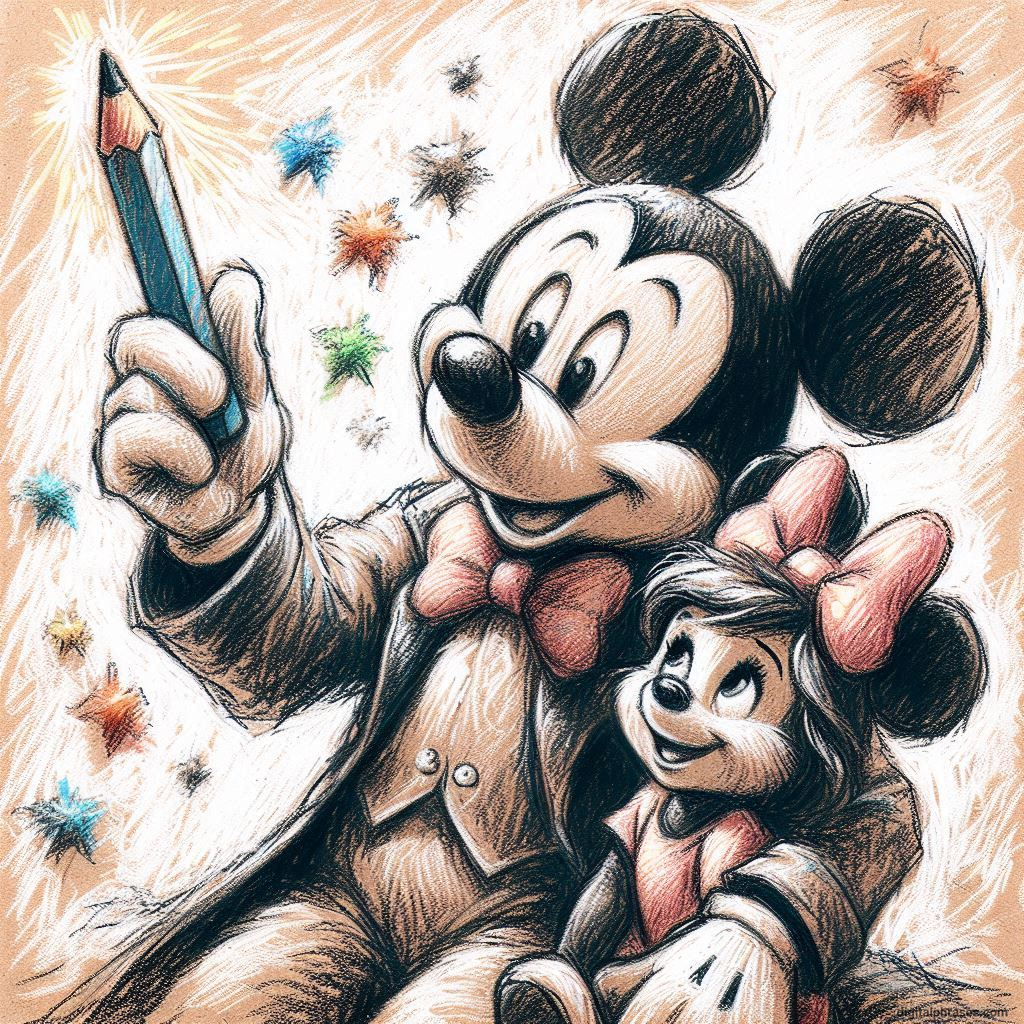
26
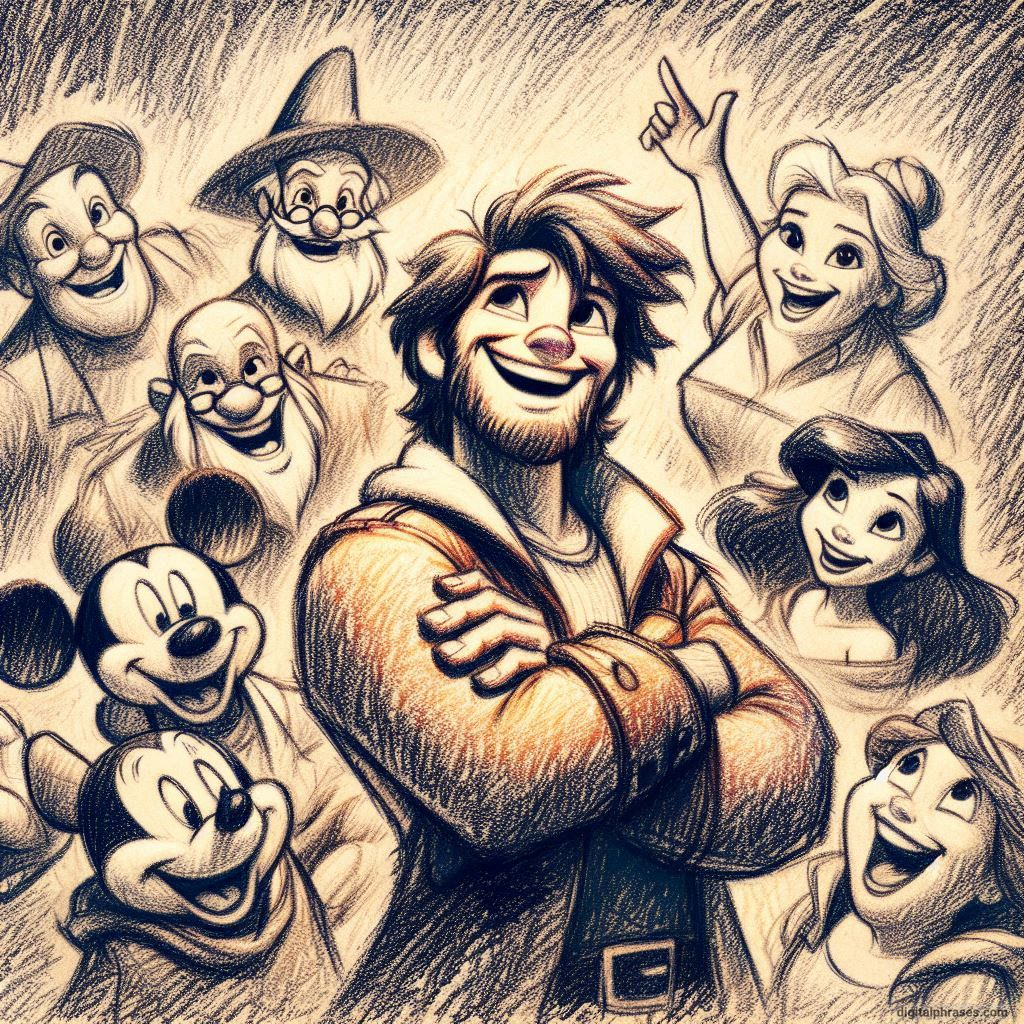
27
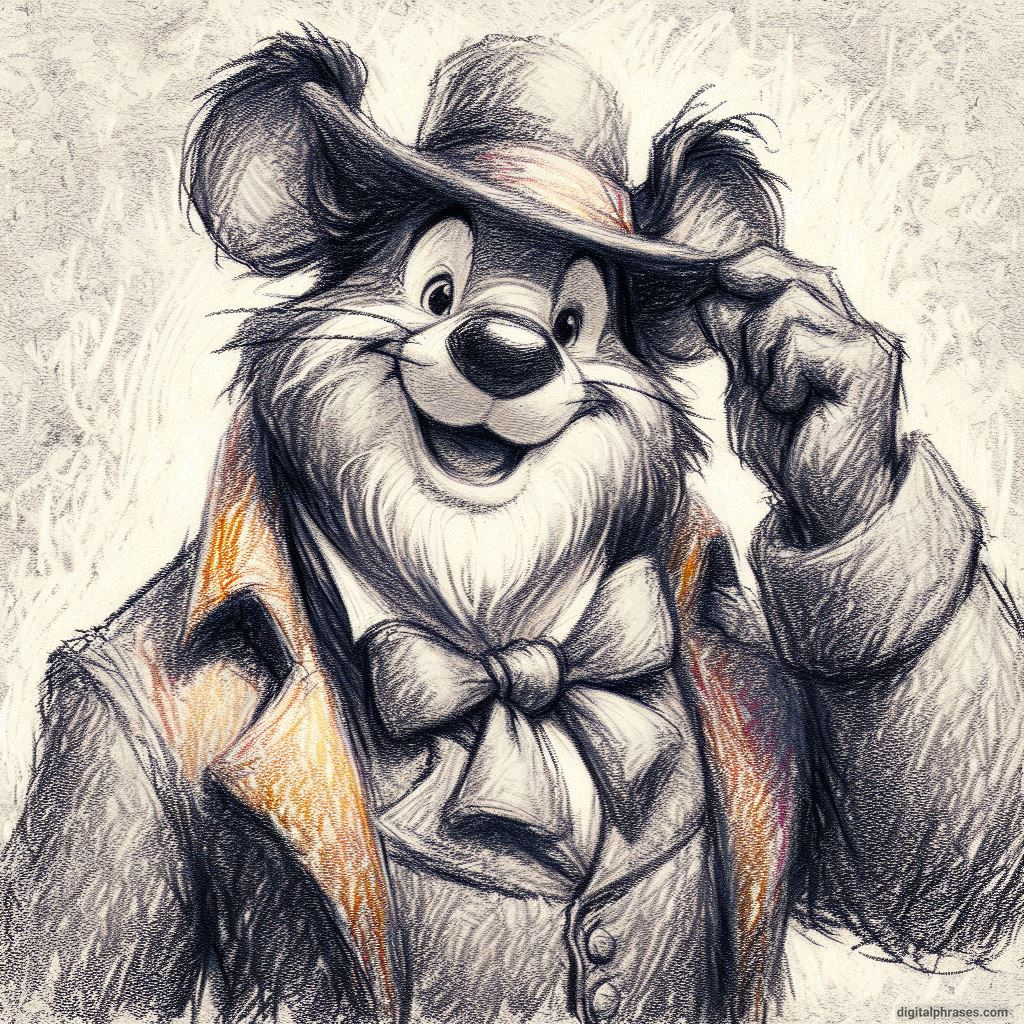
28
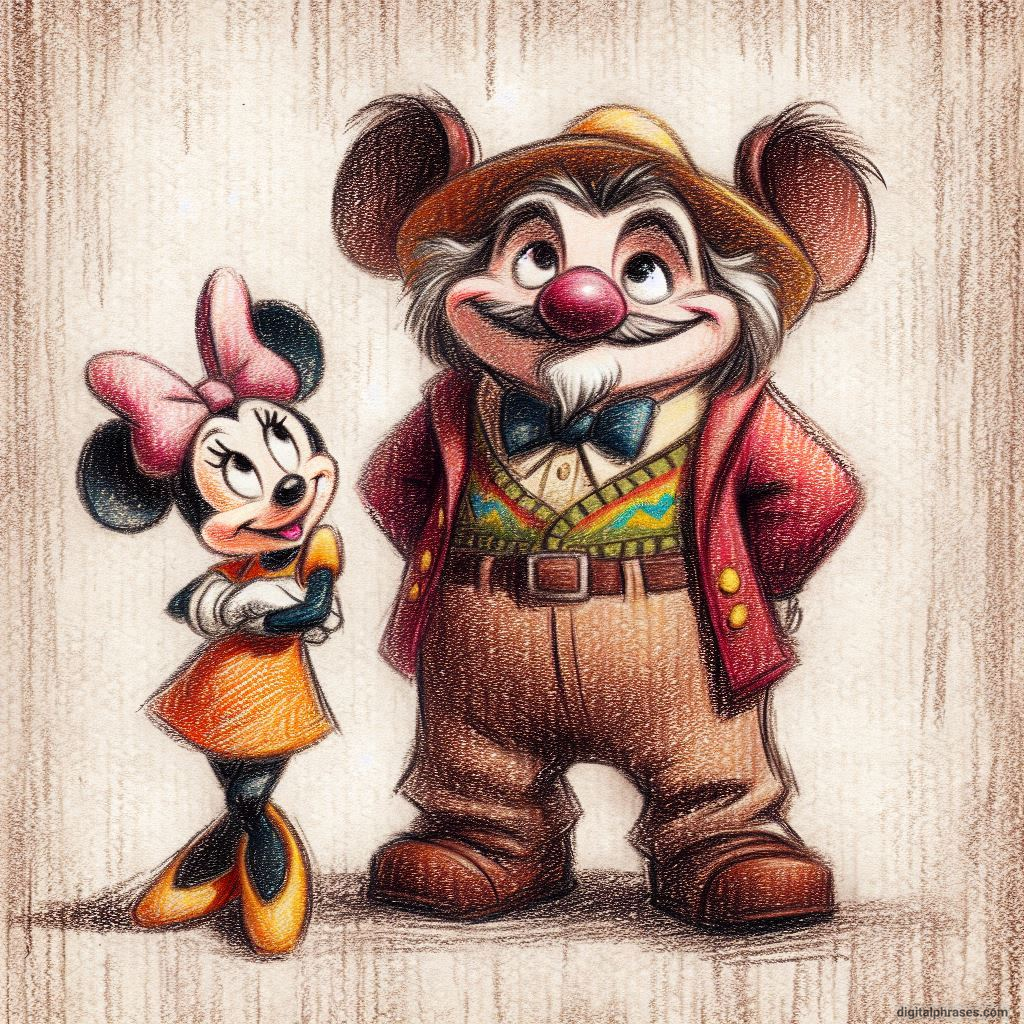
29
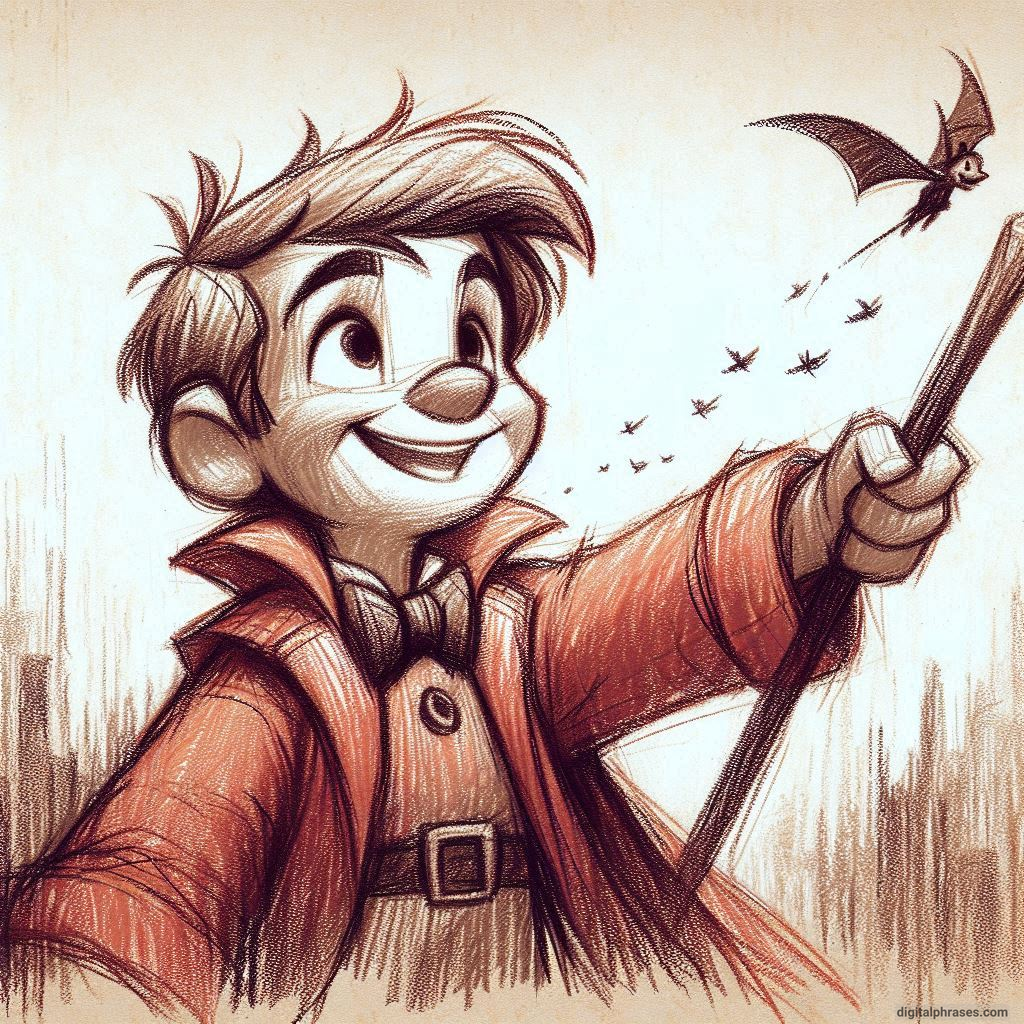
30
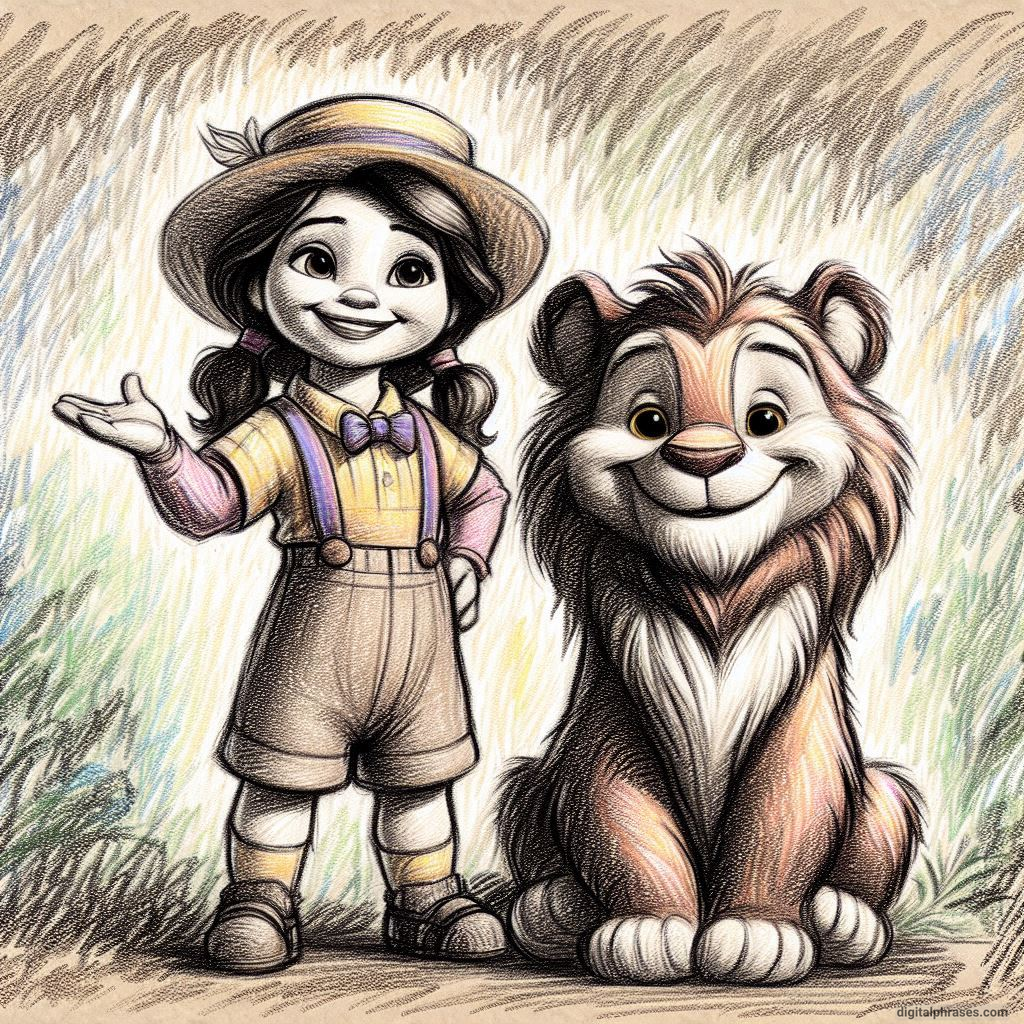
31
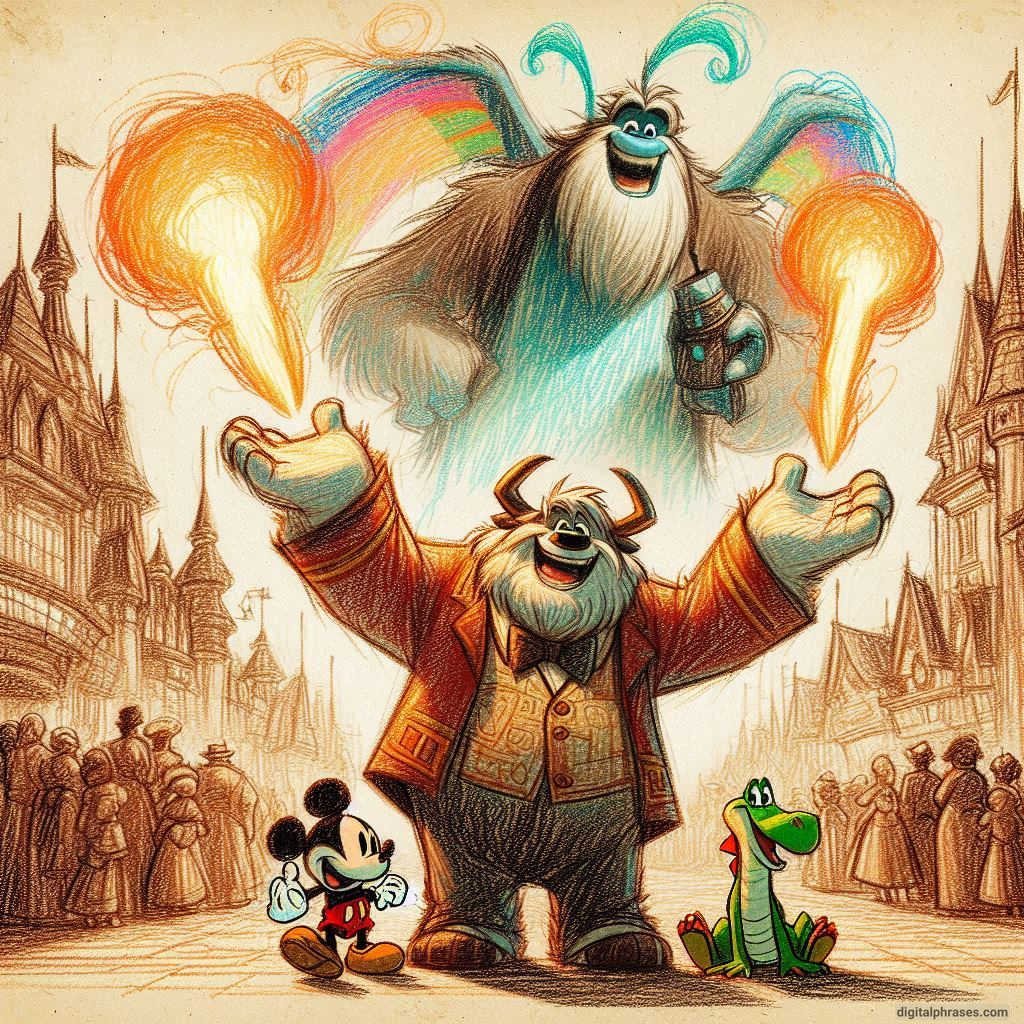
32
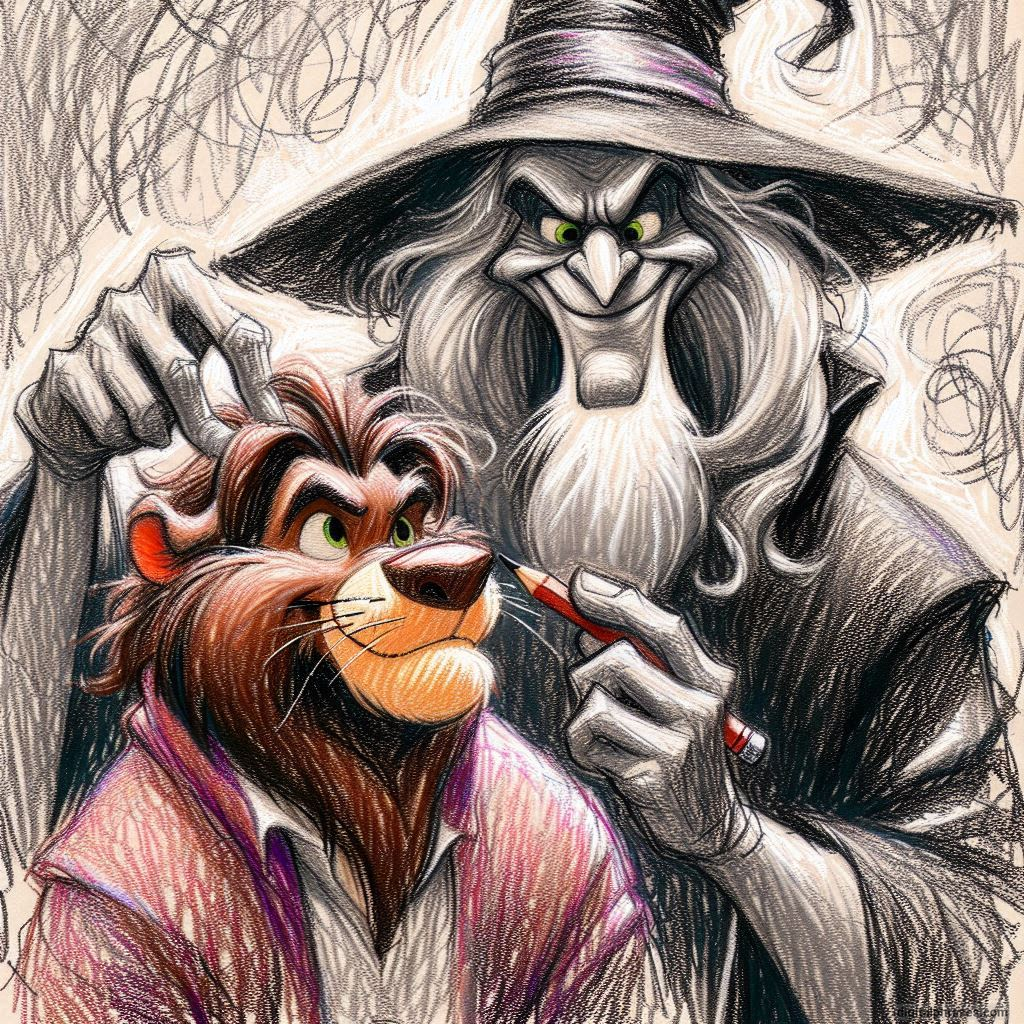
33
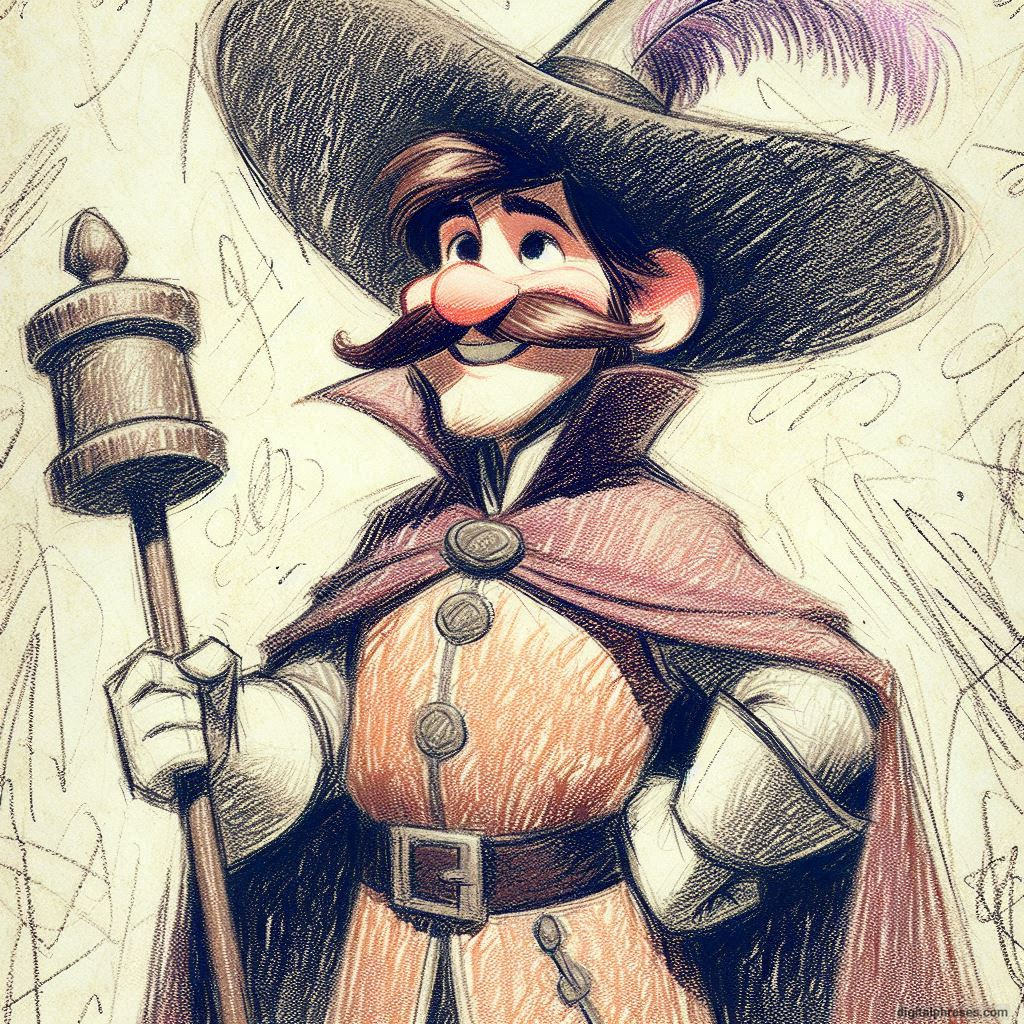
34
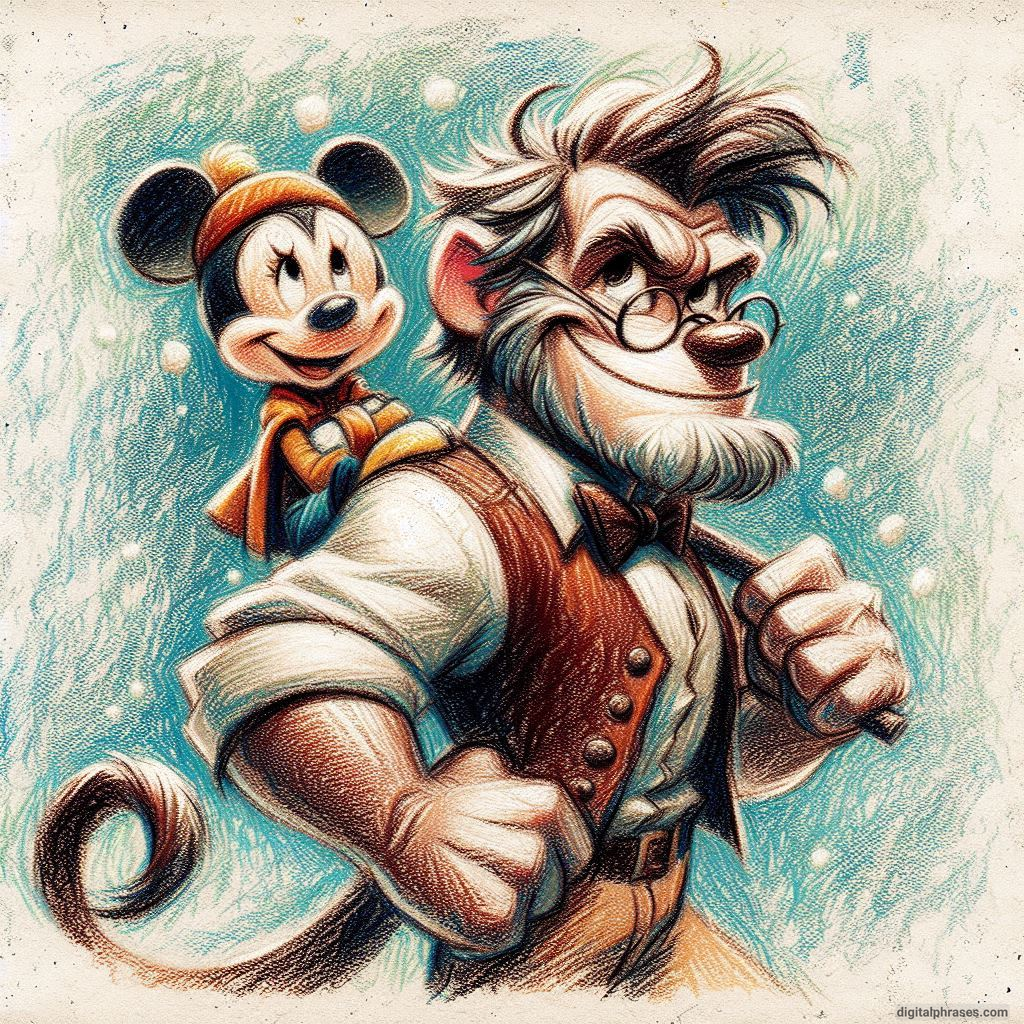
35
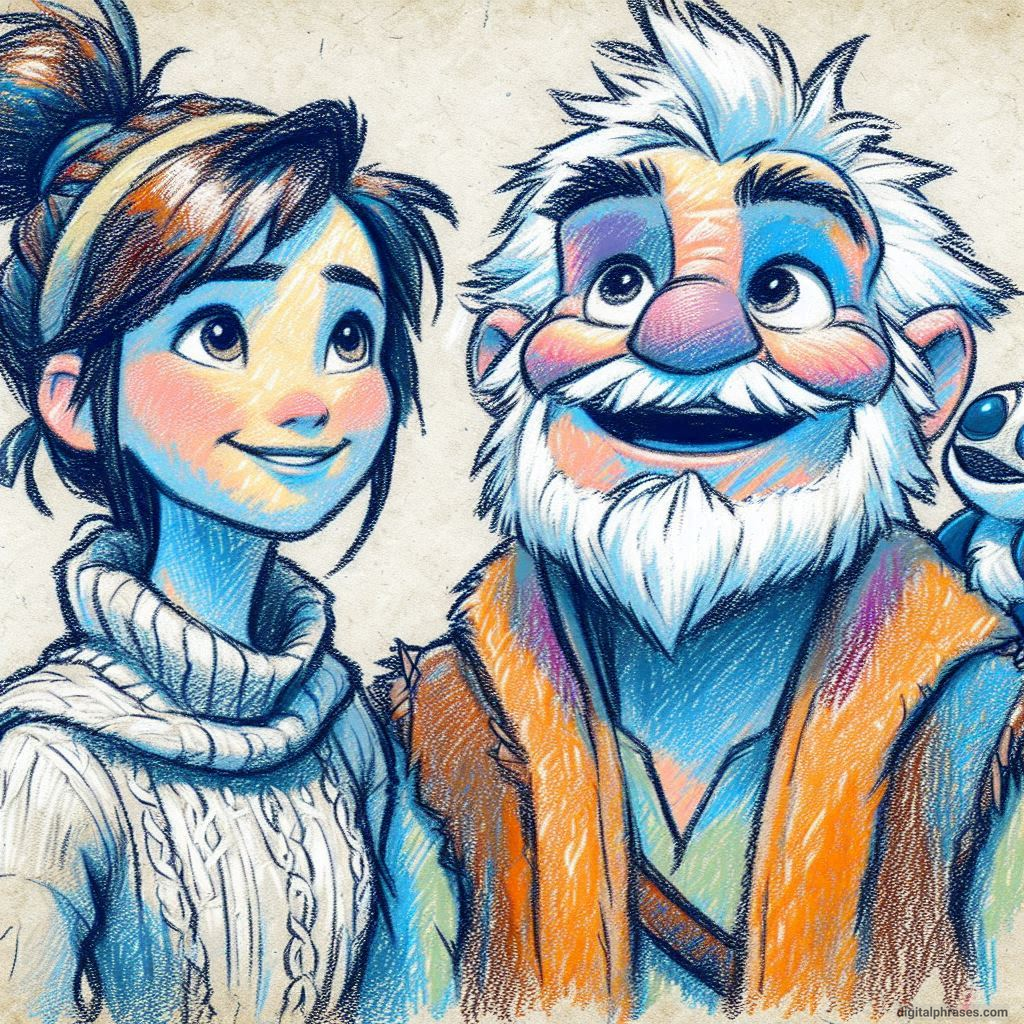
36
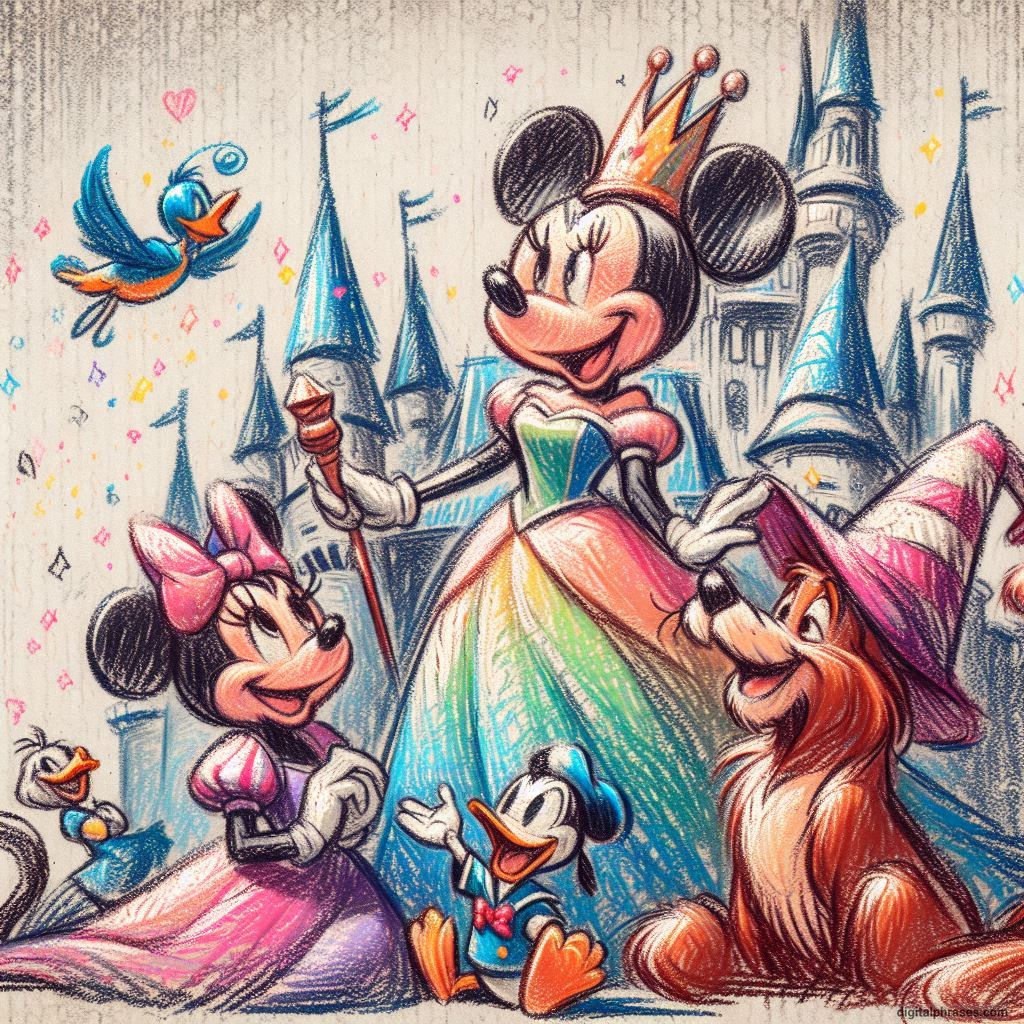
37
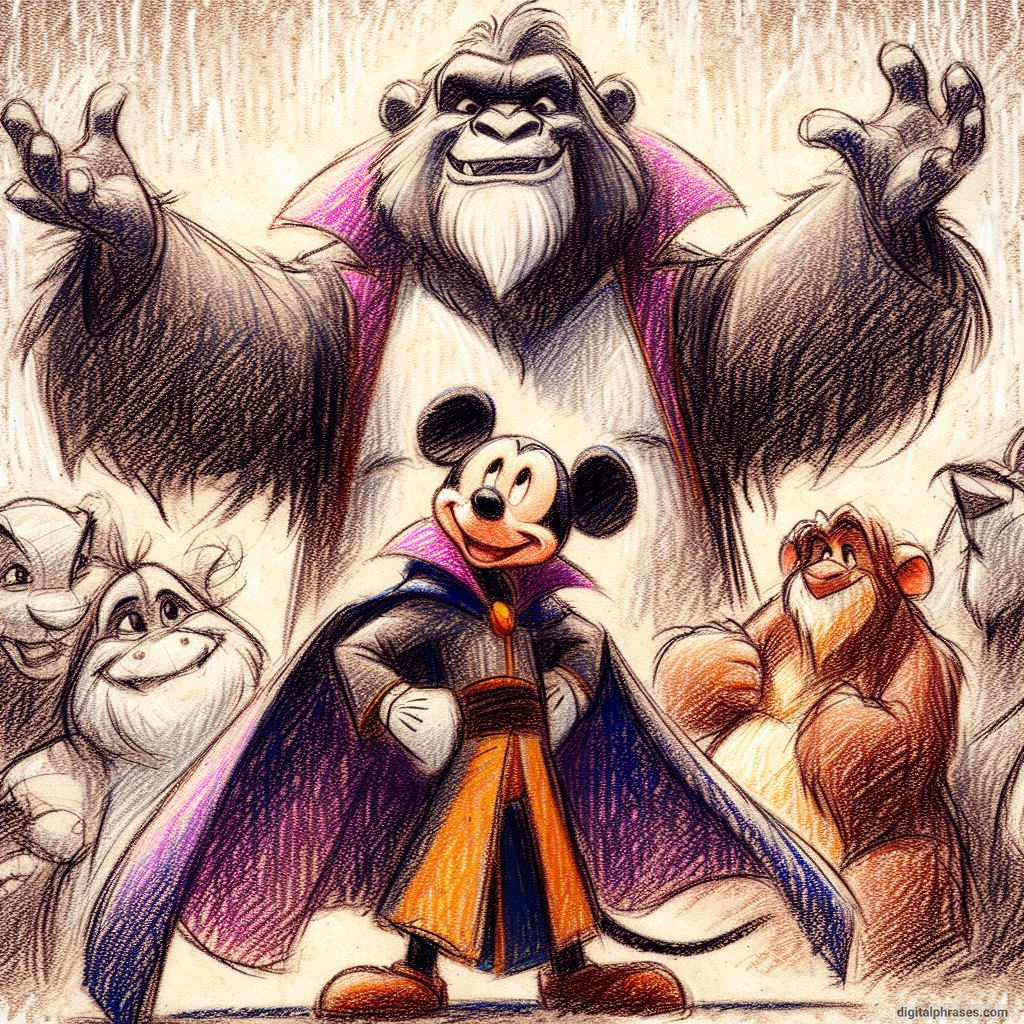
38
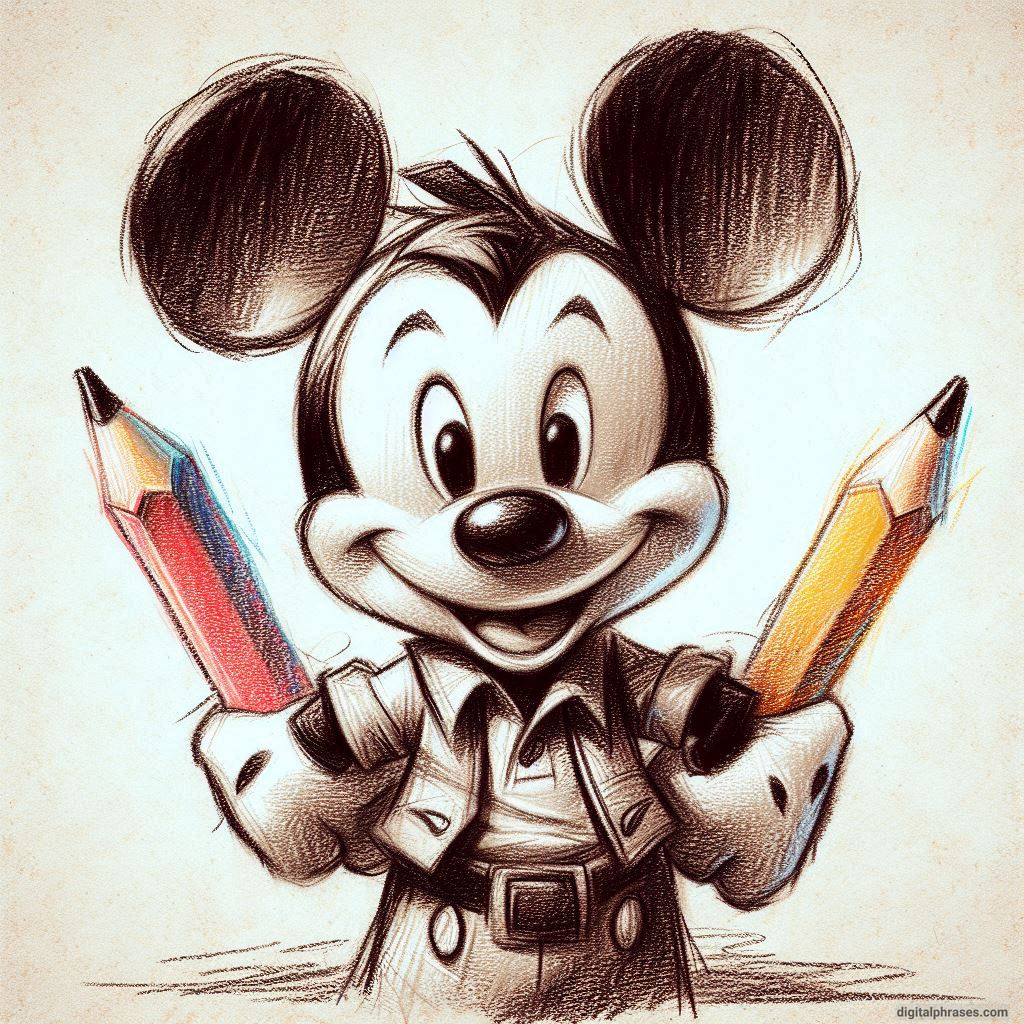
39
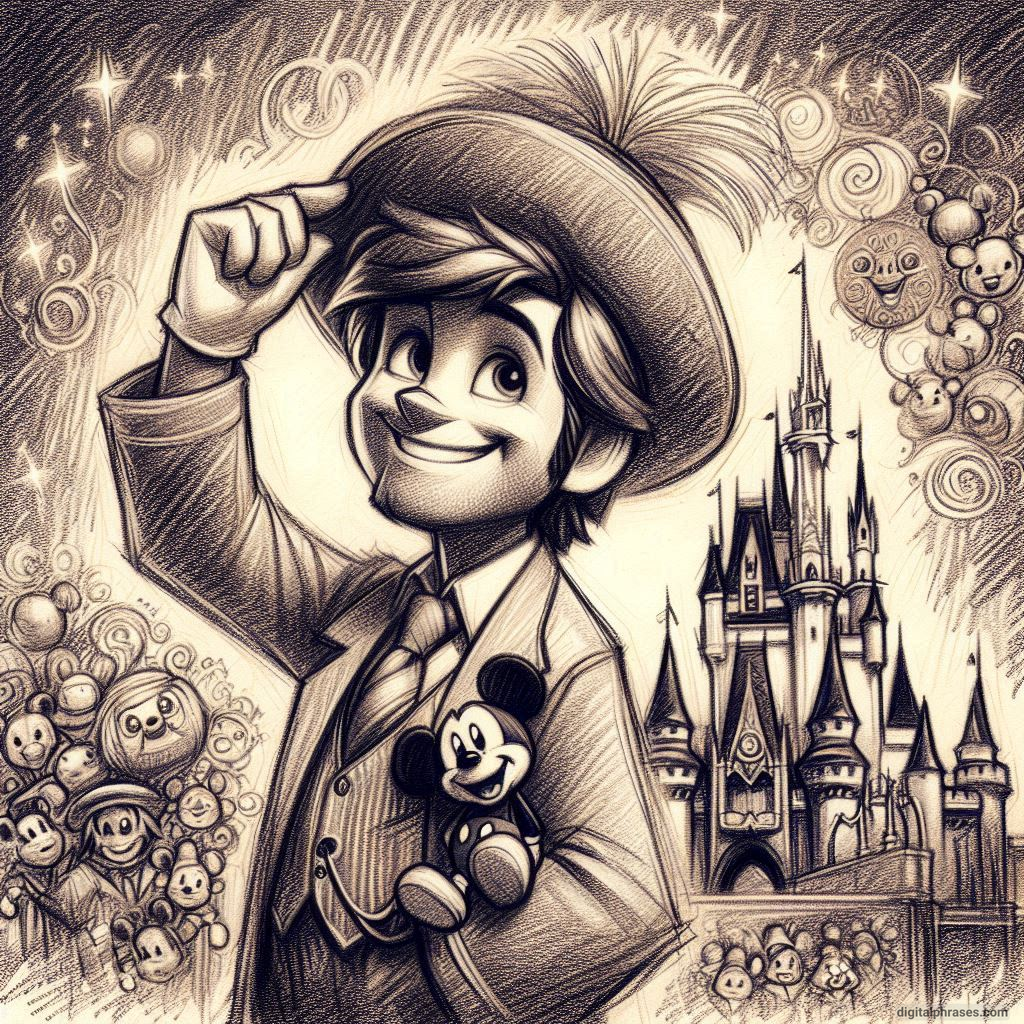
40

41

42
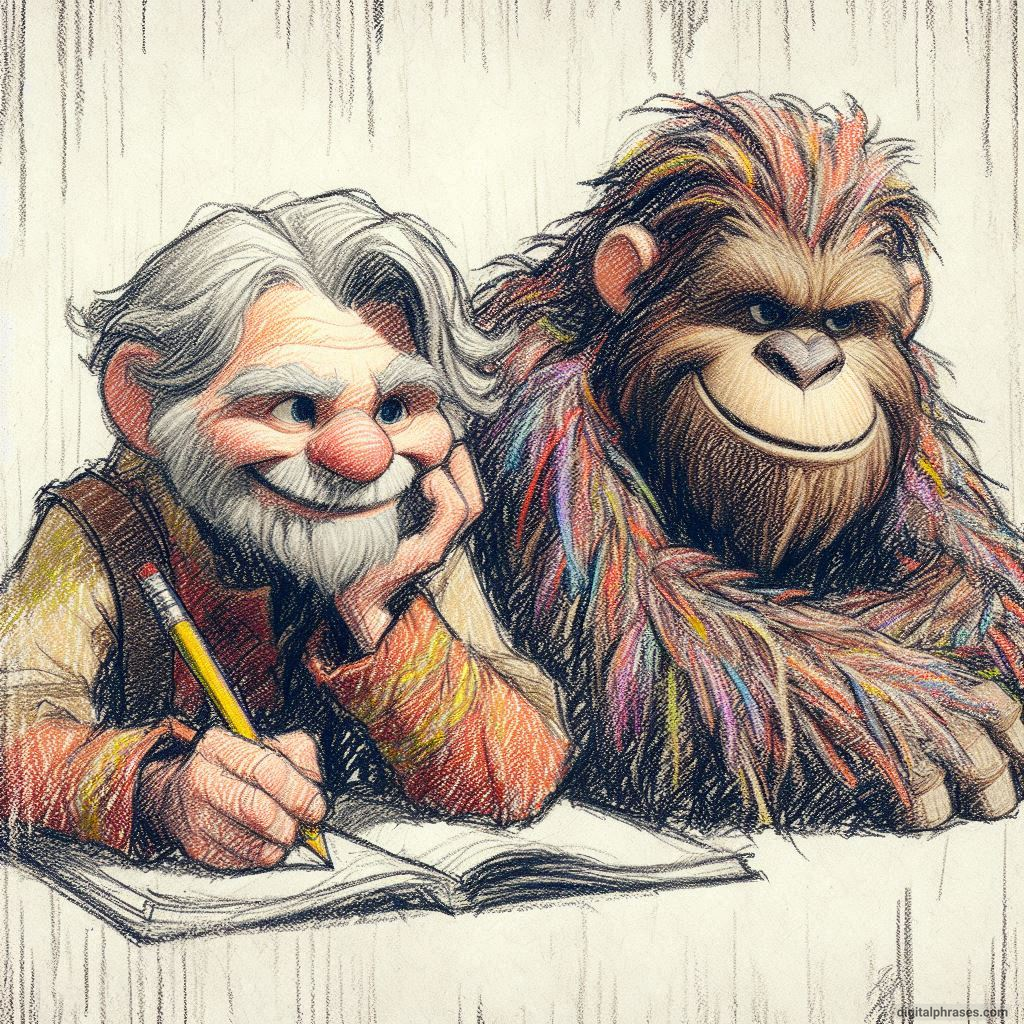
43
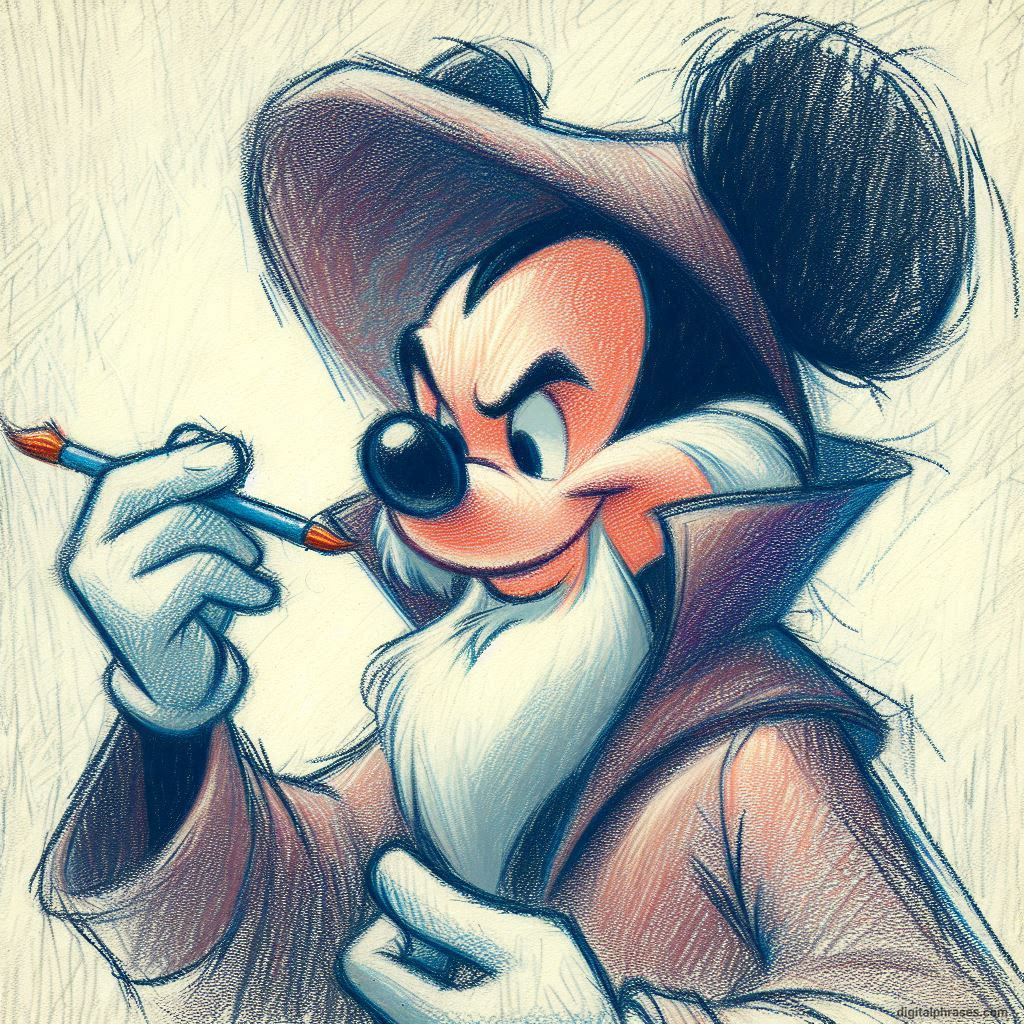
44
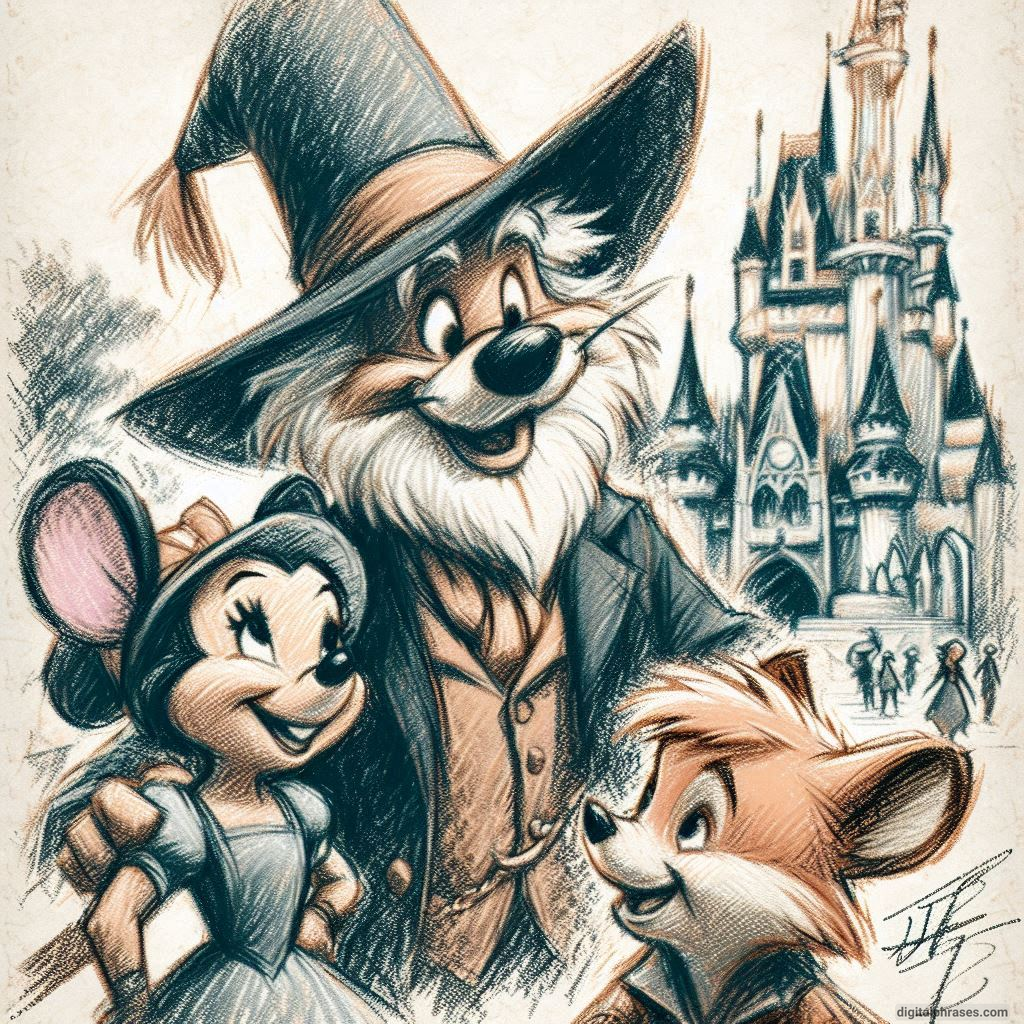
45
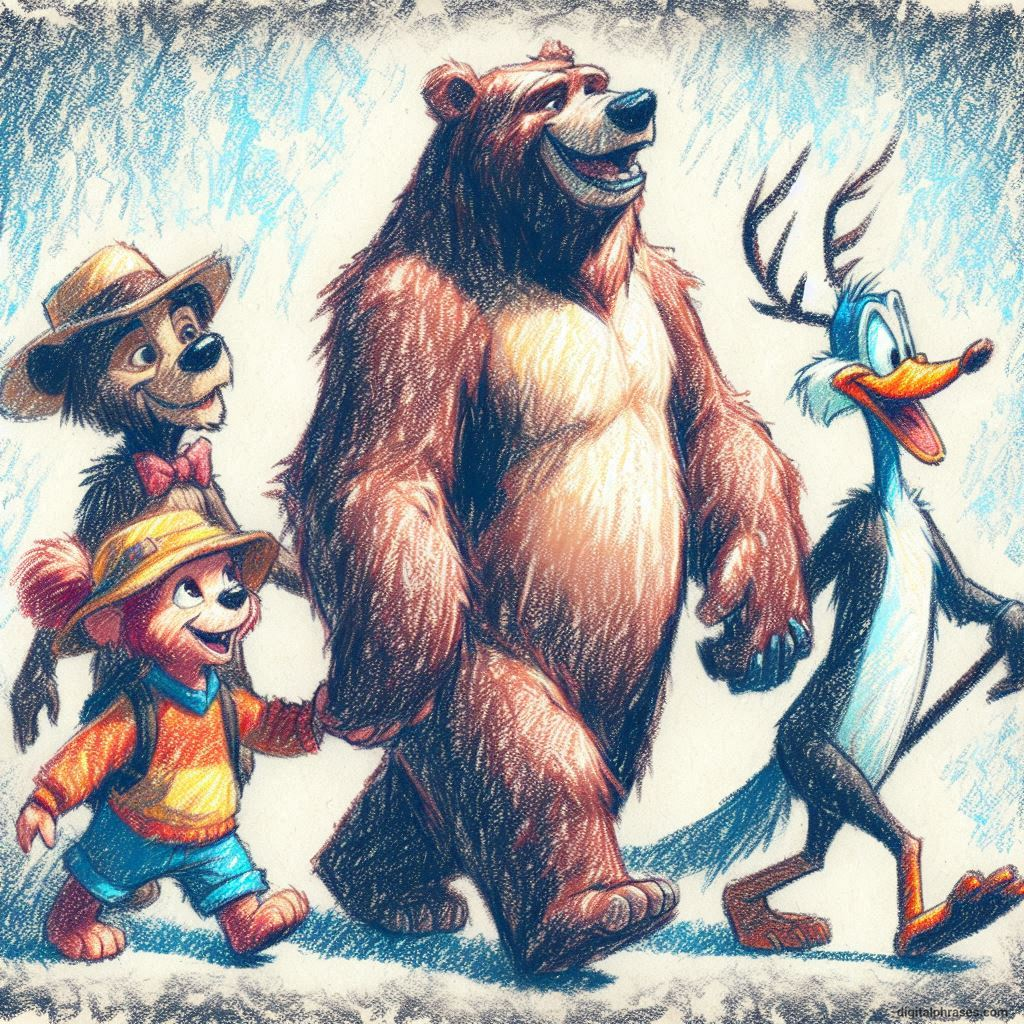
46
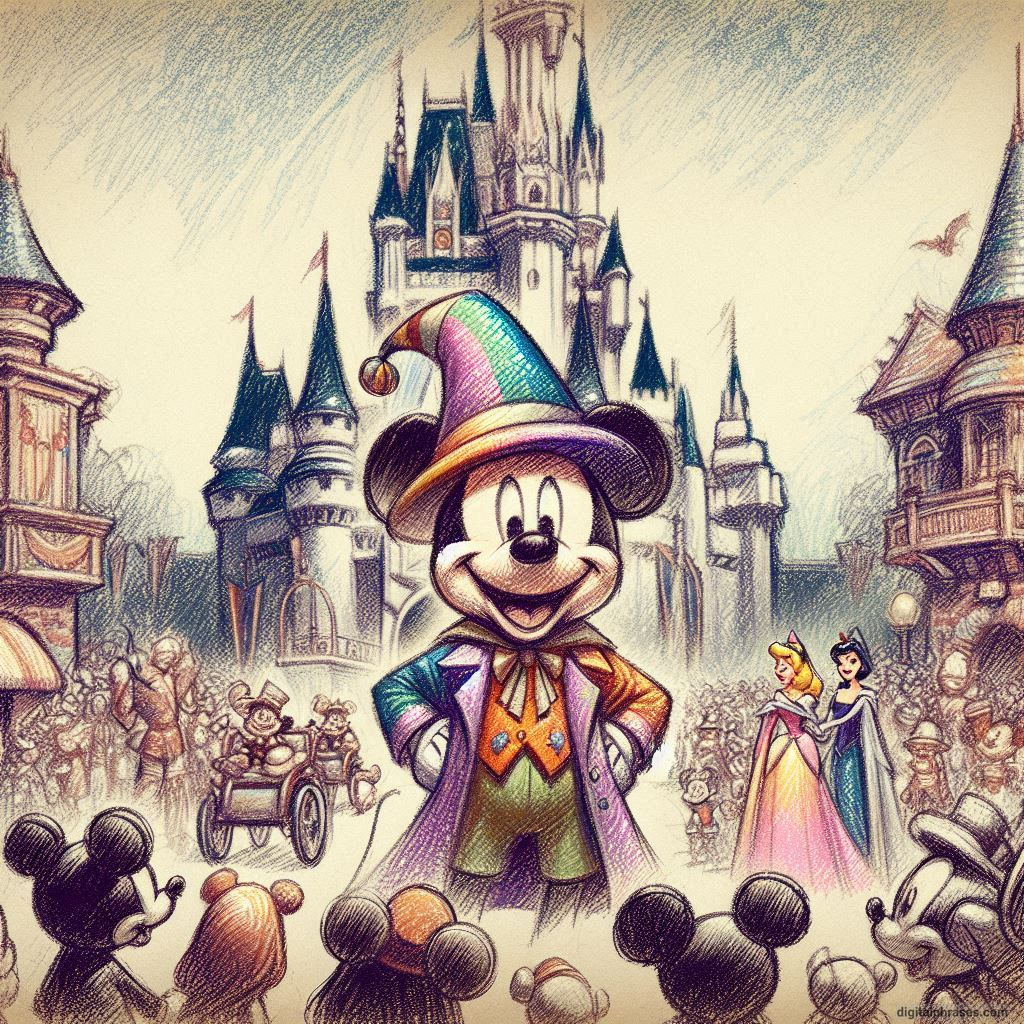
47
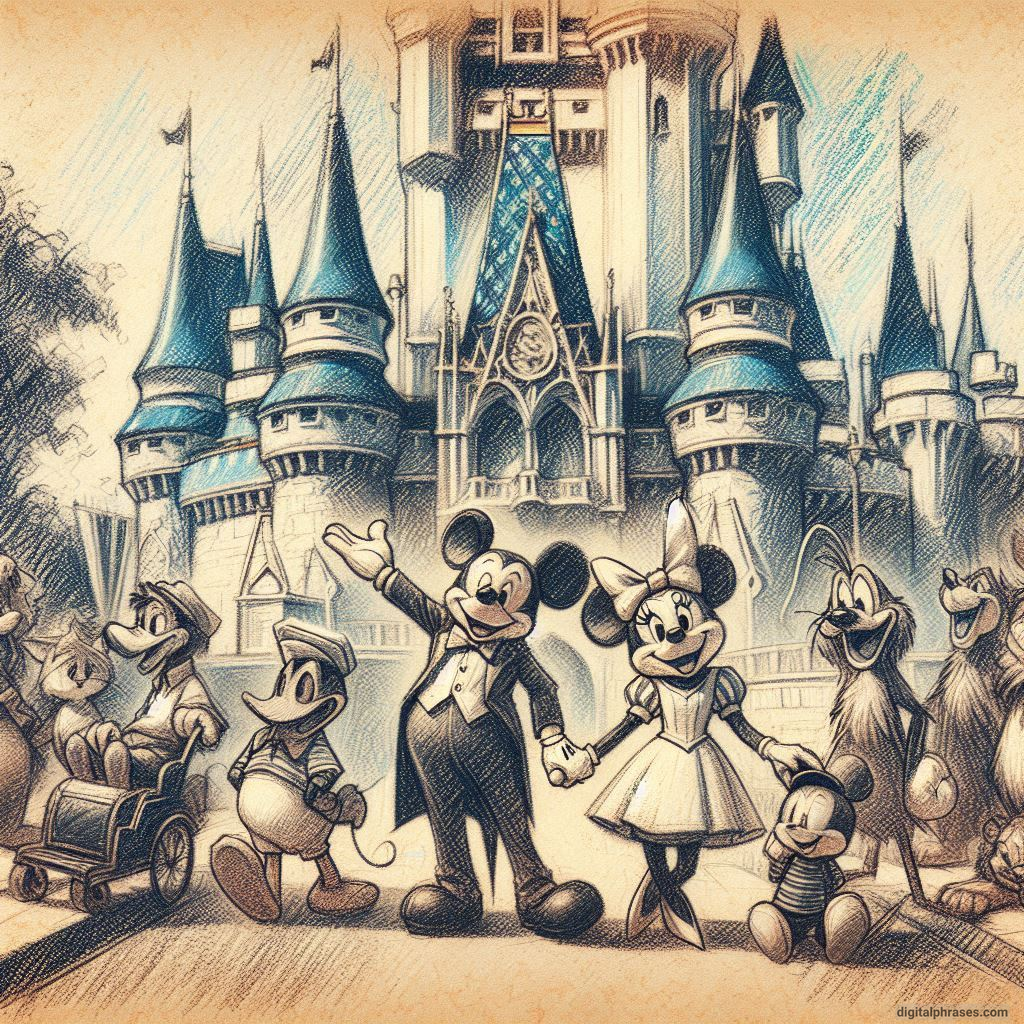
48
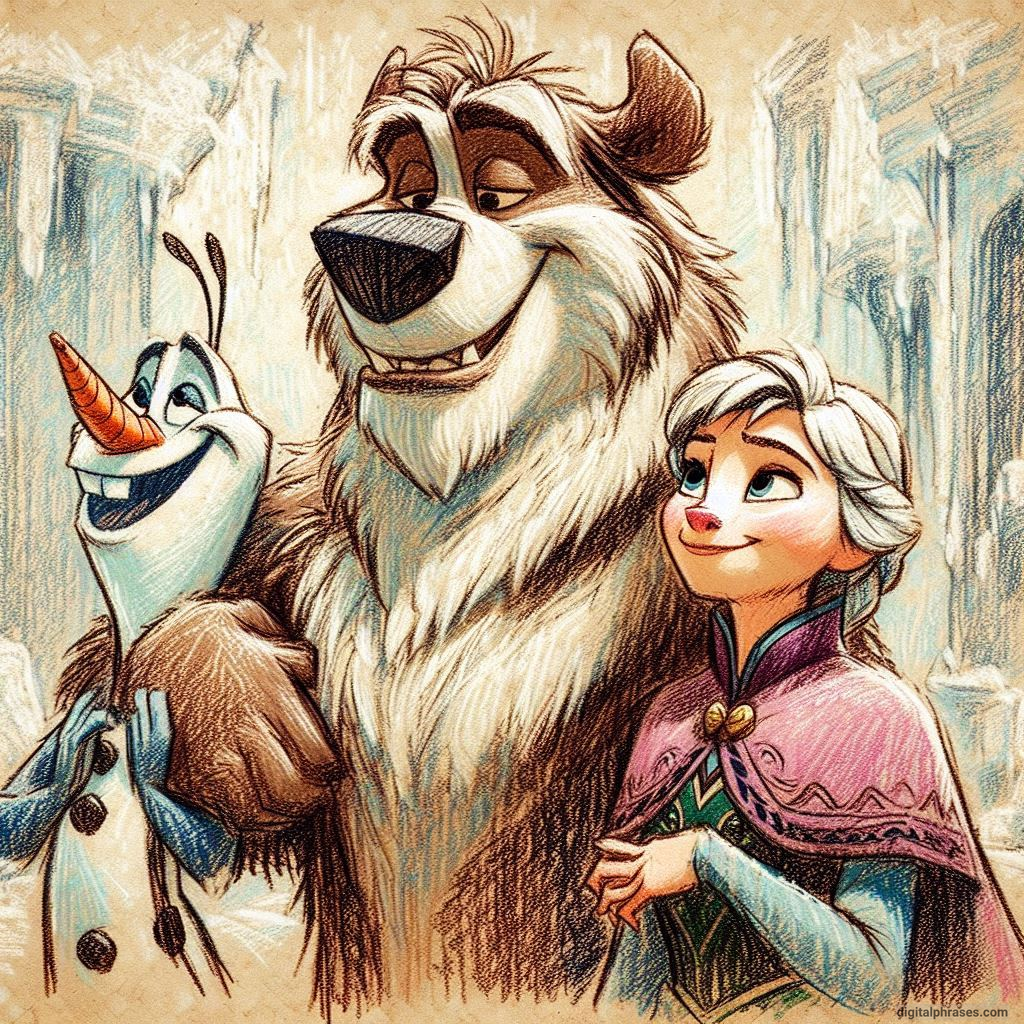
49
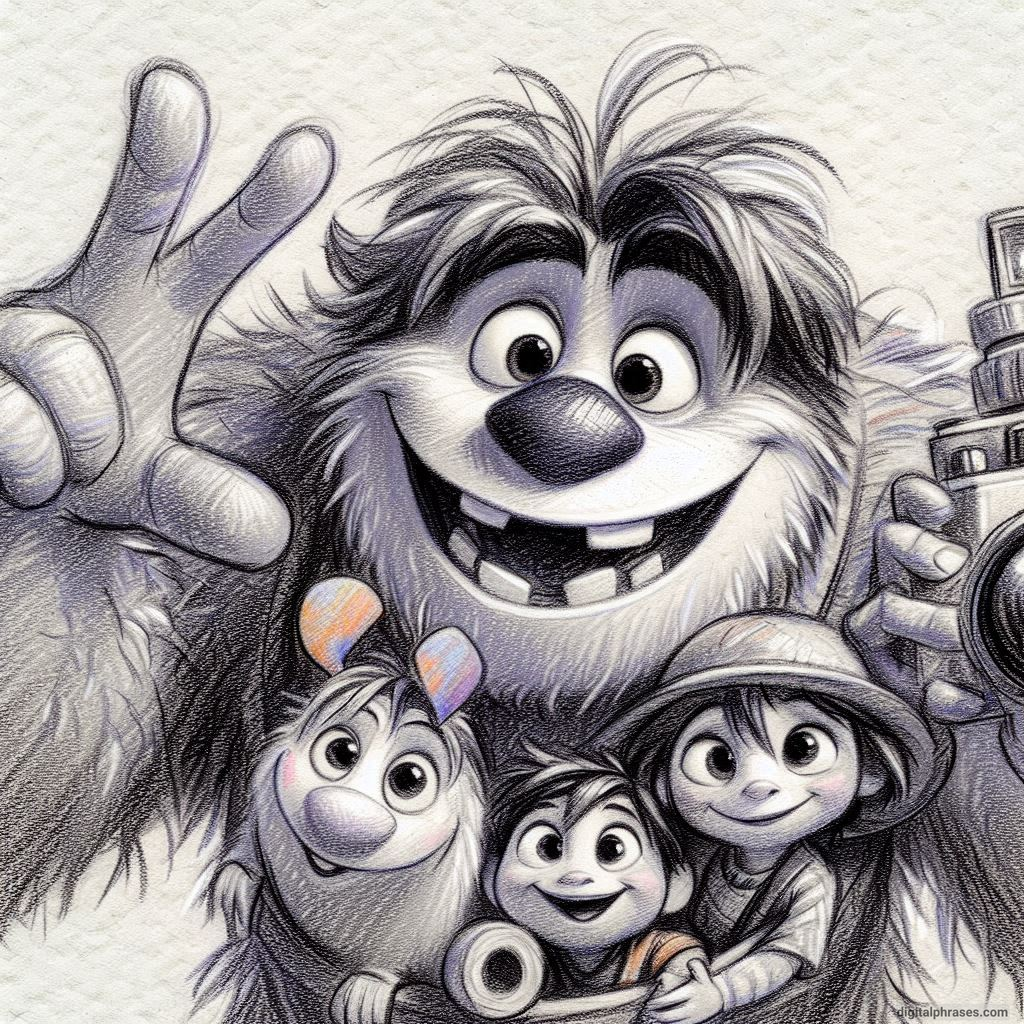
50
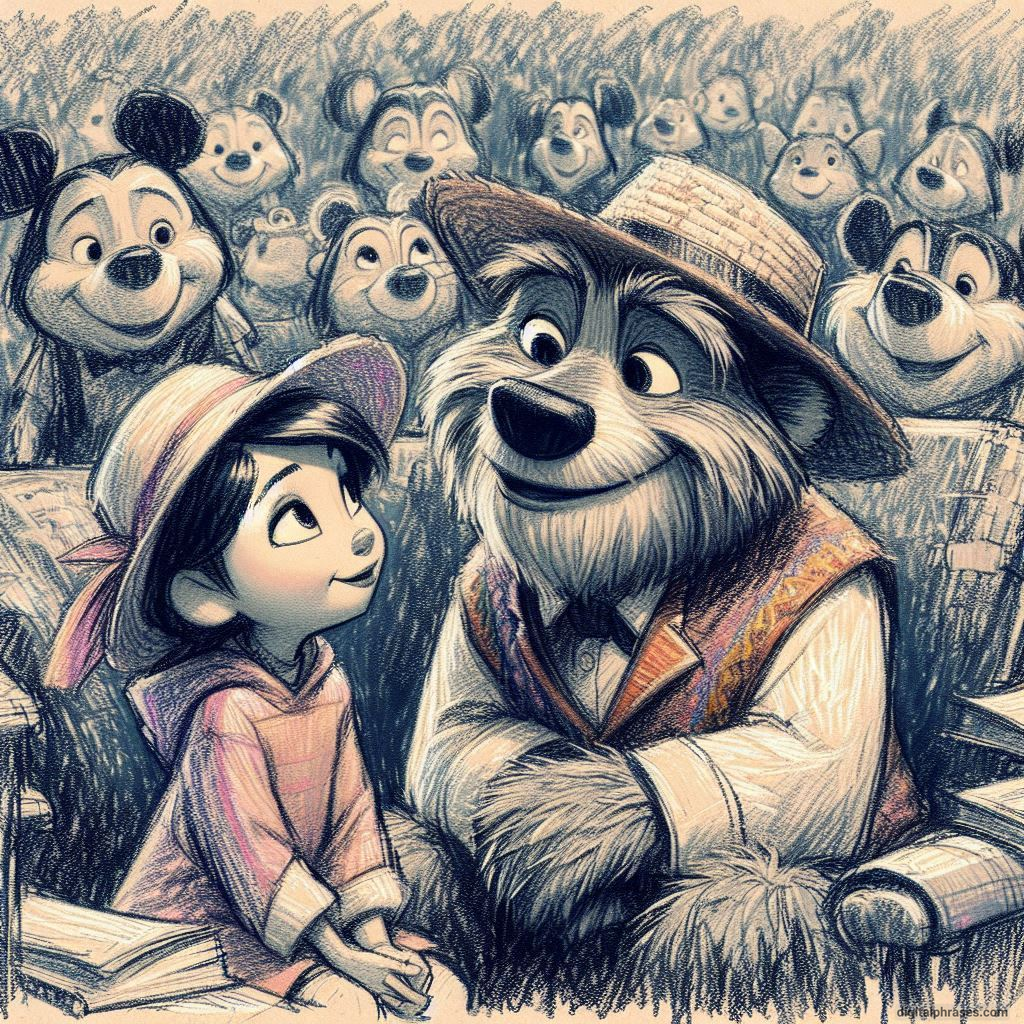
51
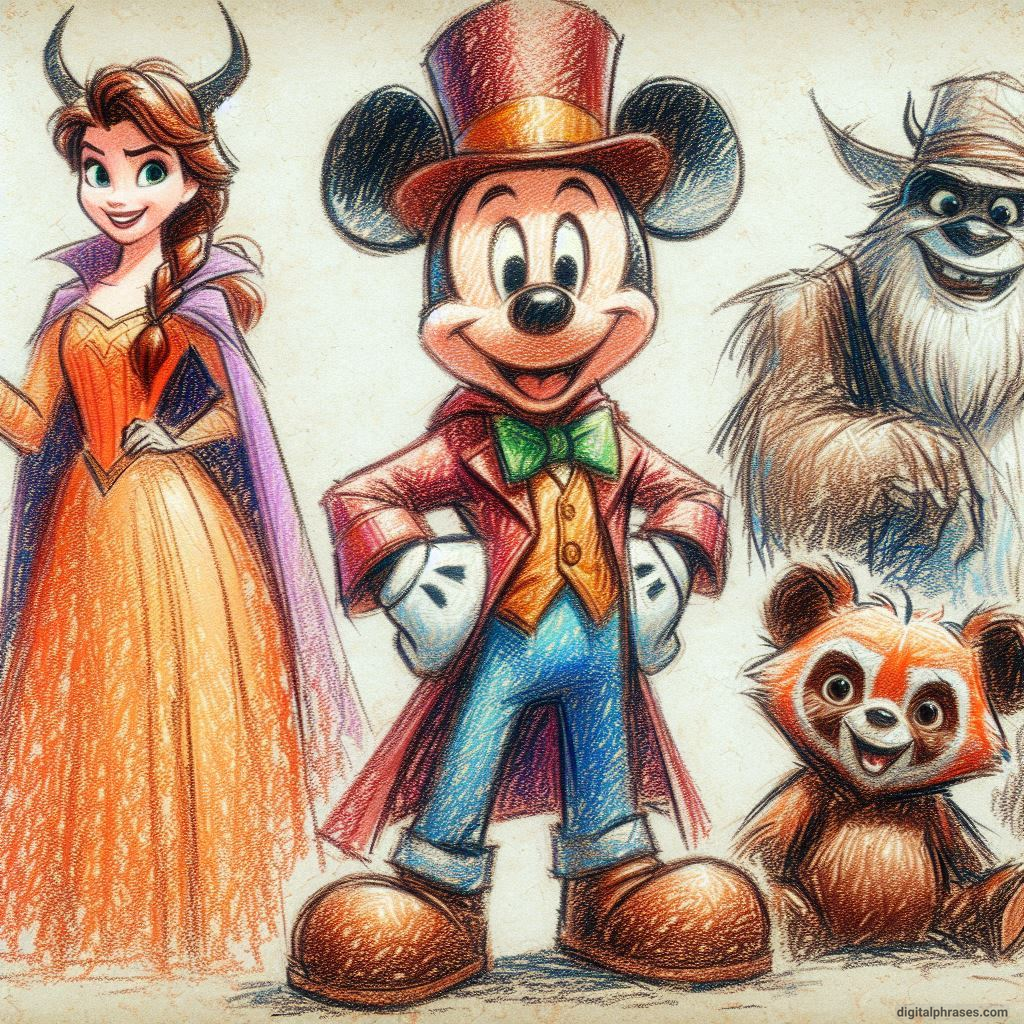
52

53
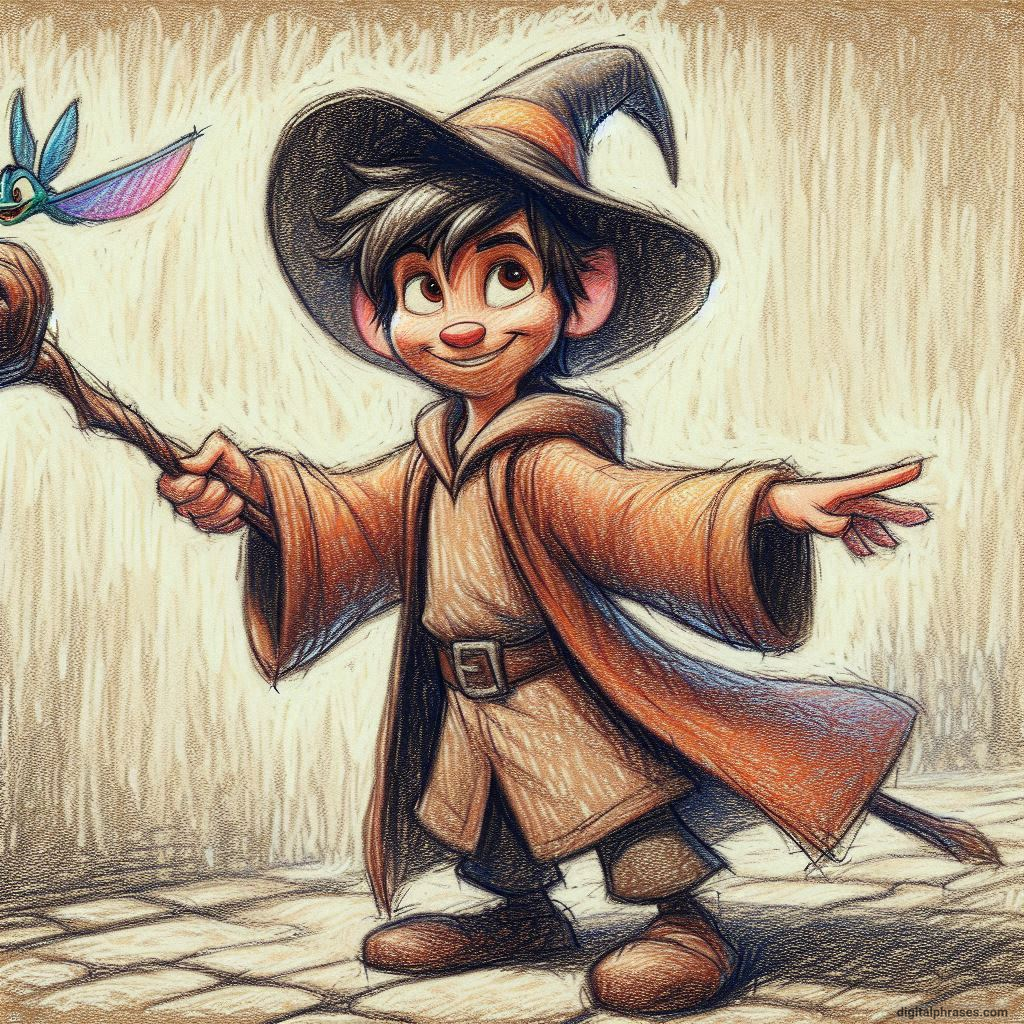
54
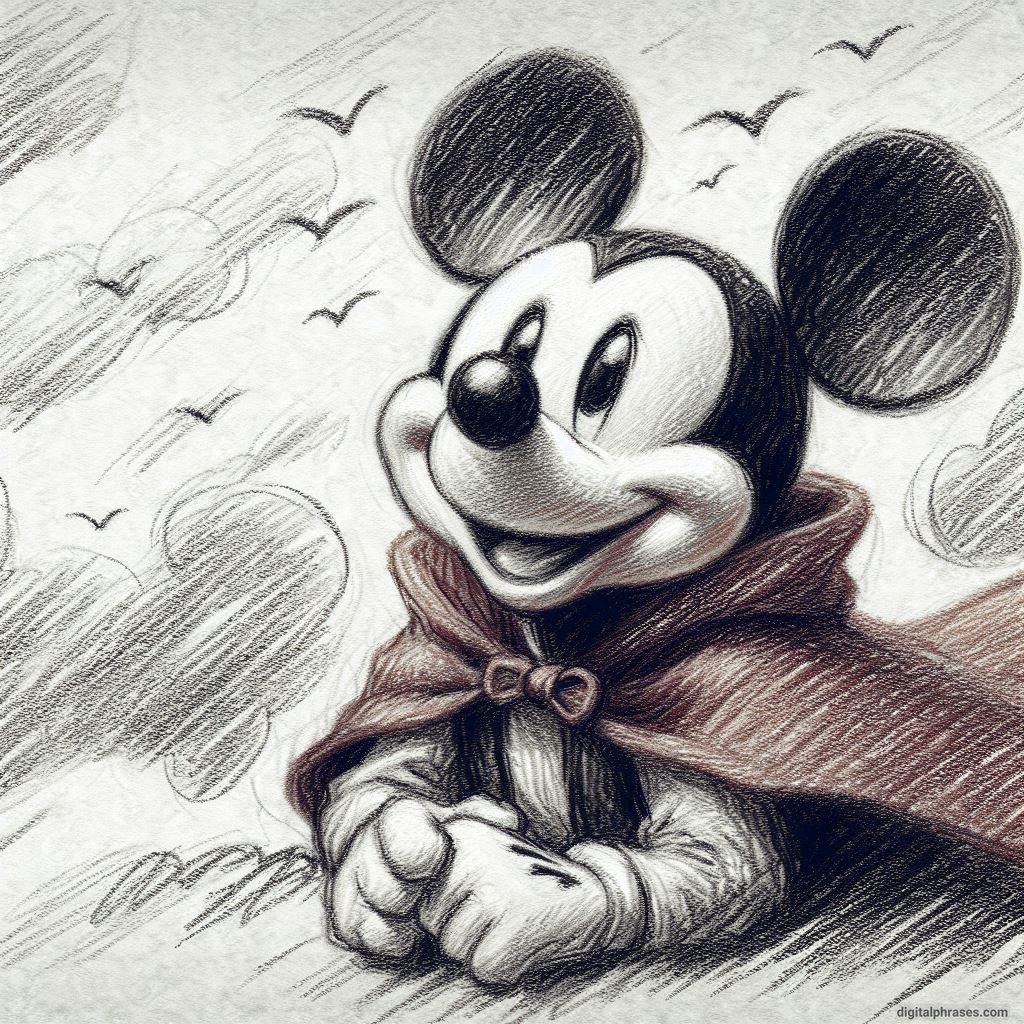
55

56
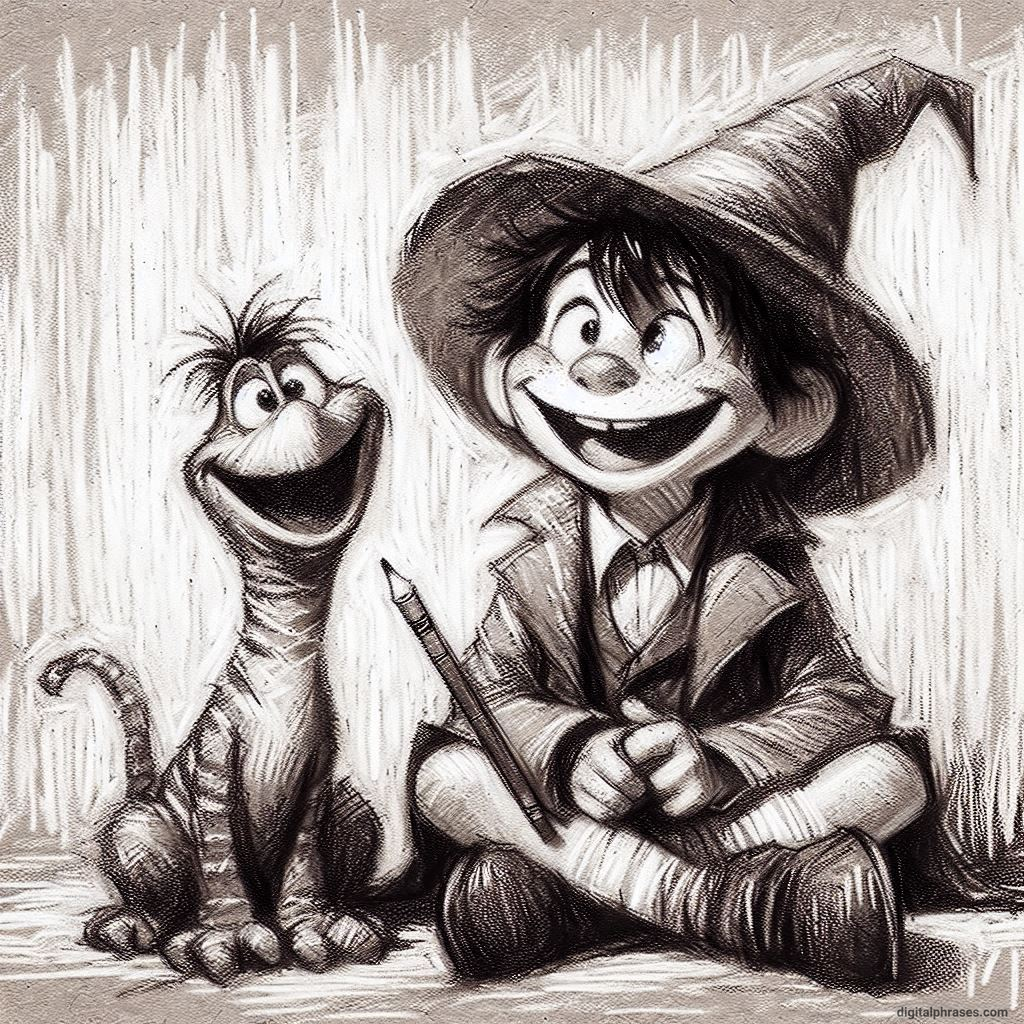
57
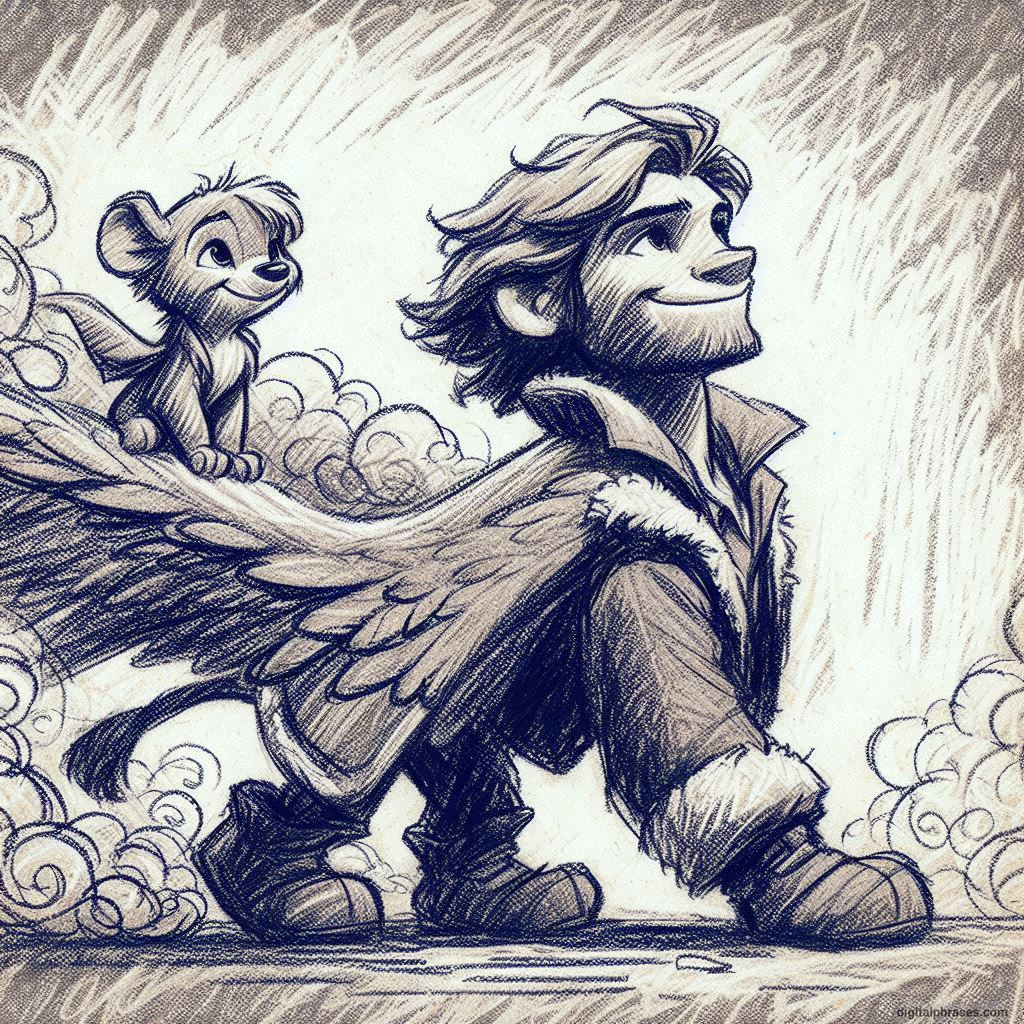
58
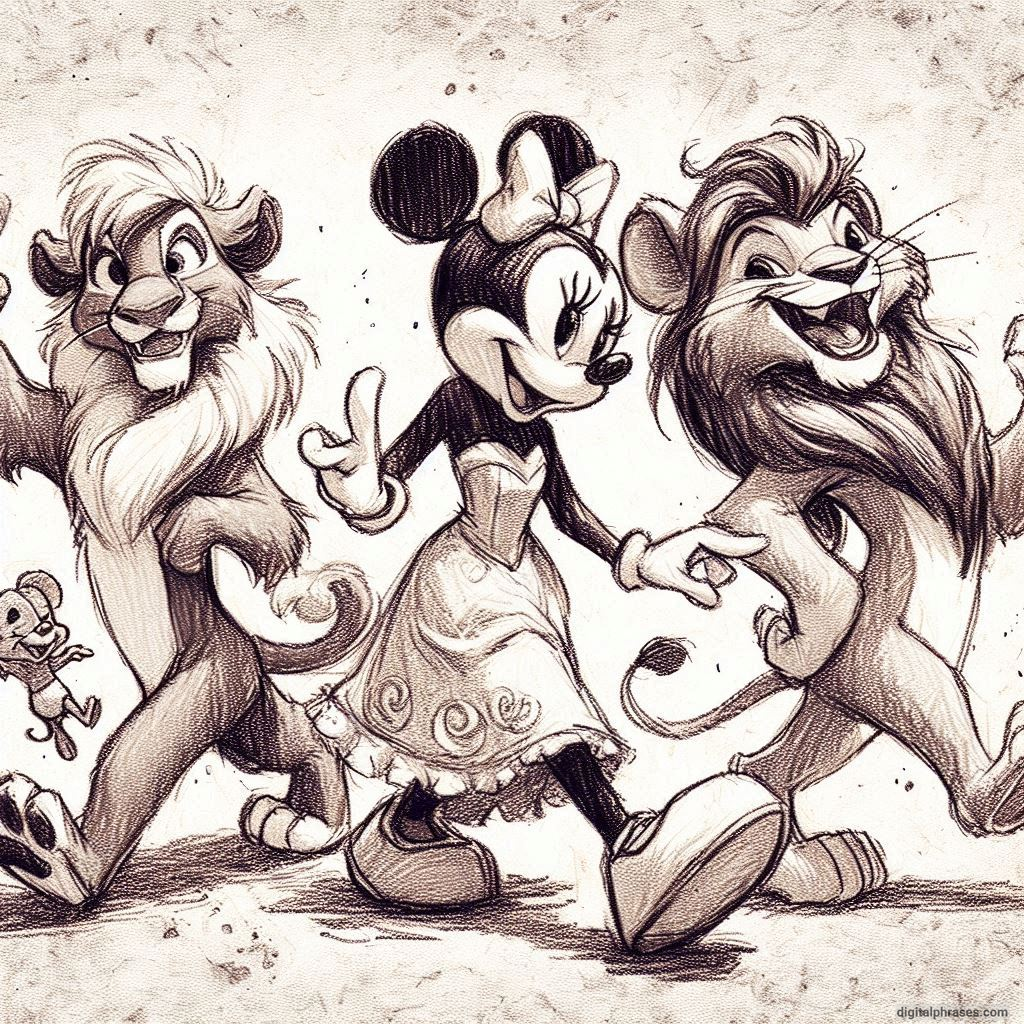
59

60
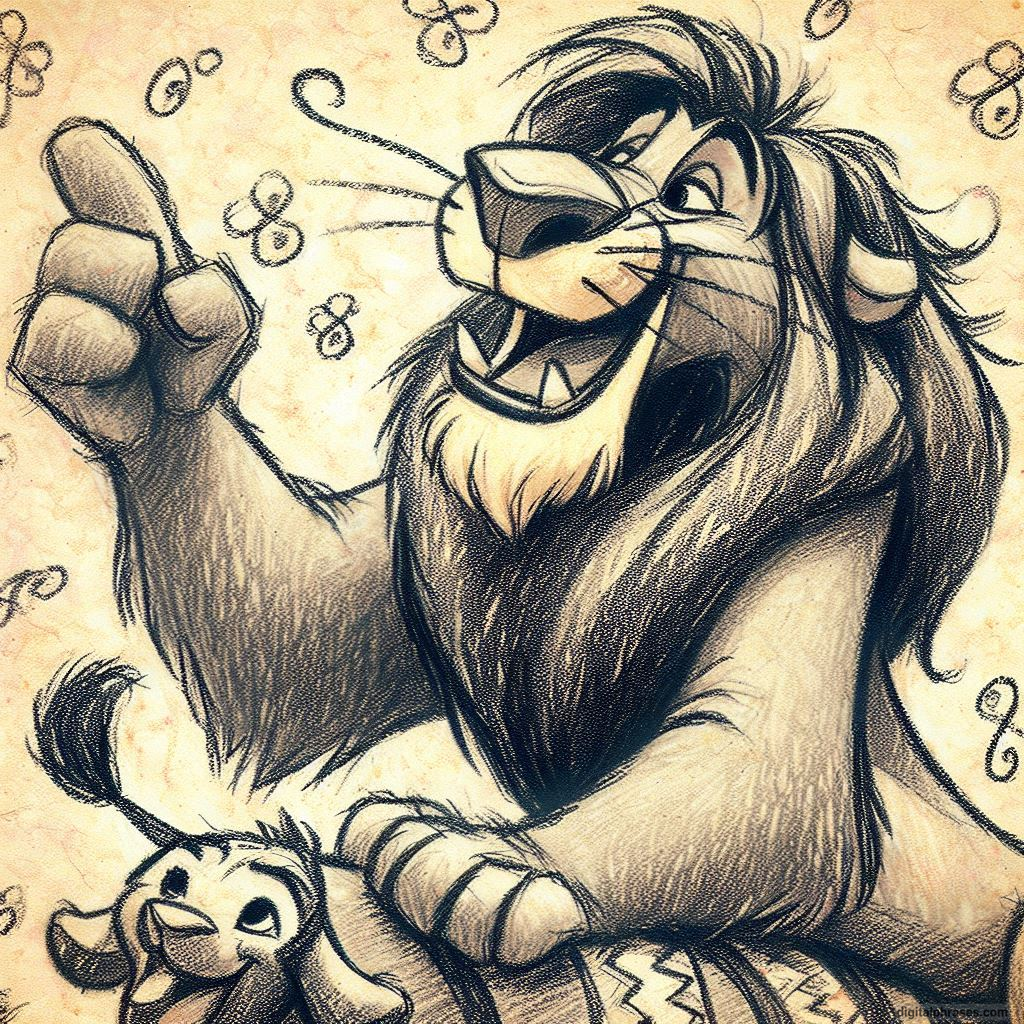
61
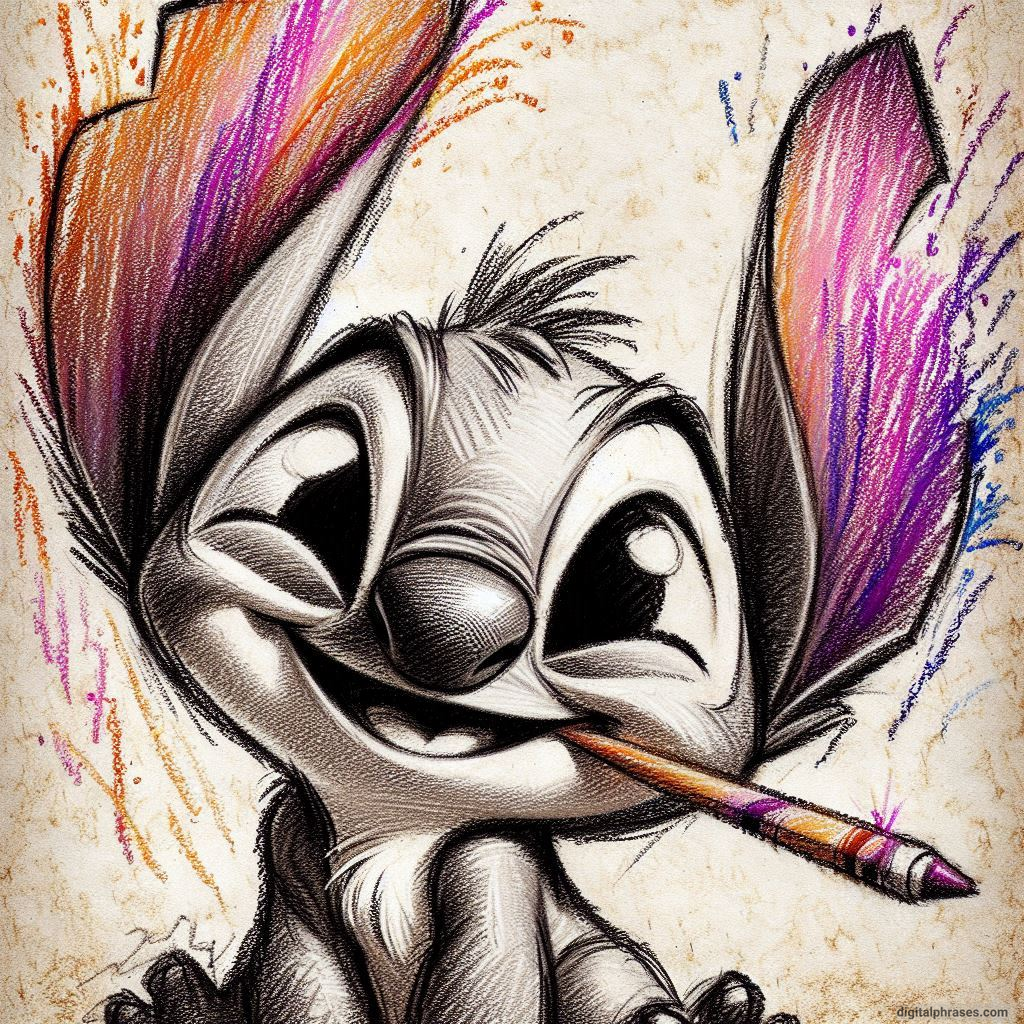
62

63
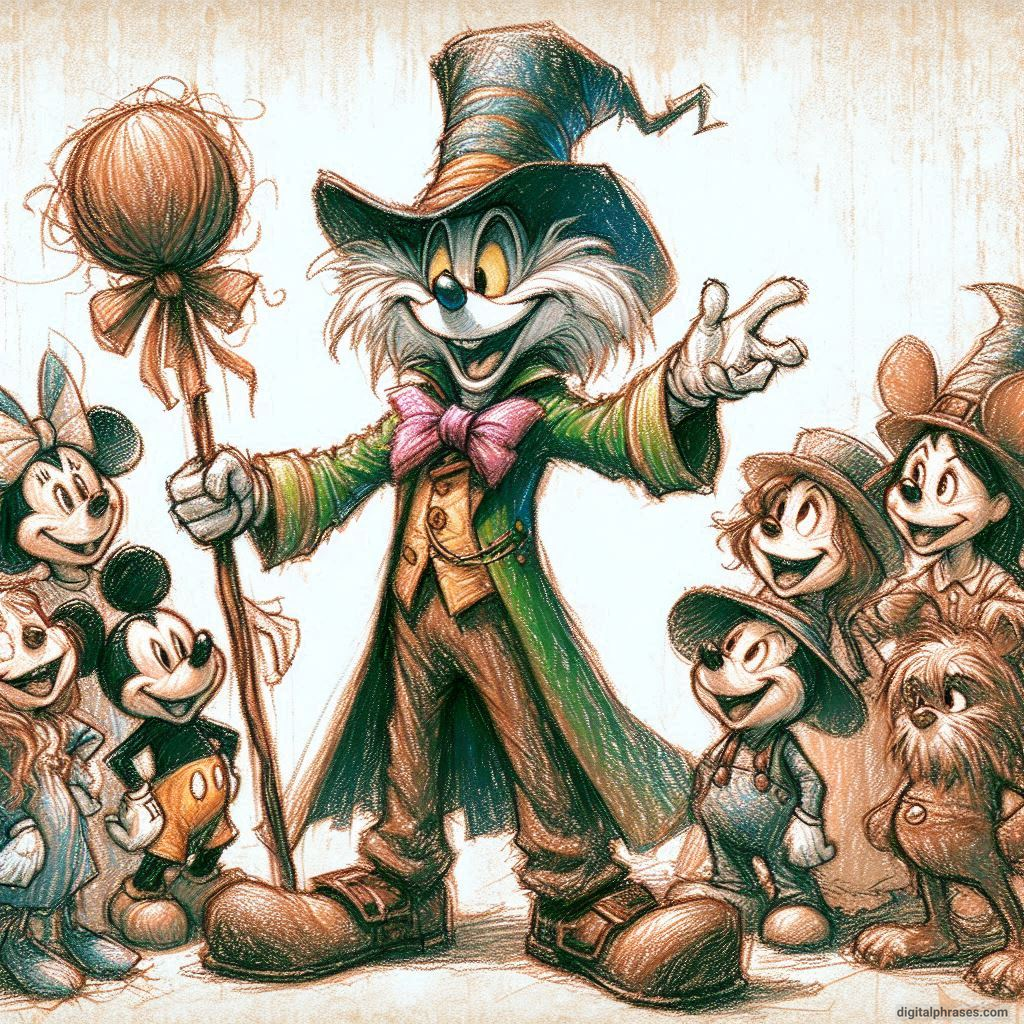
64

65
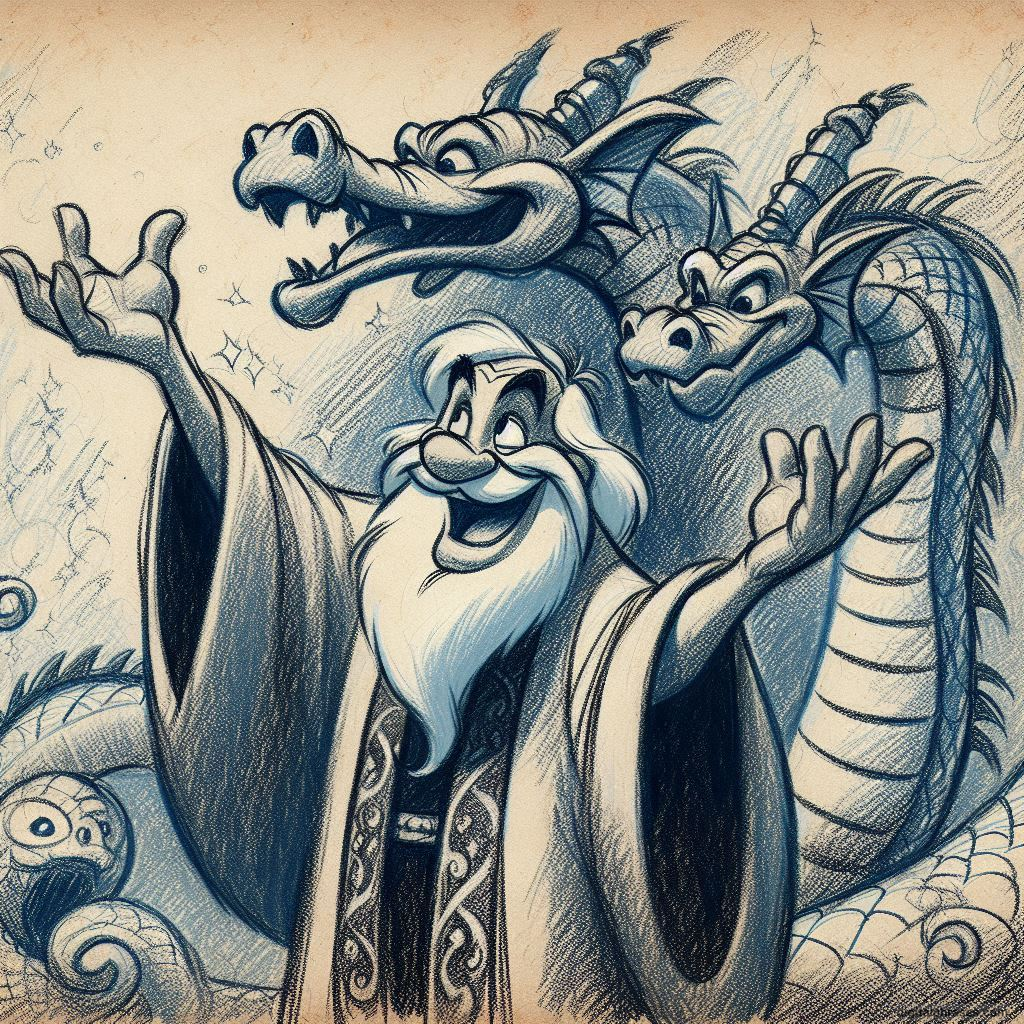
66
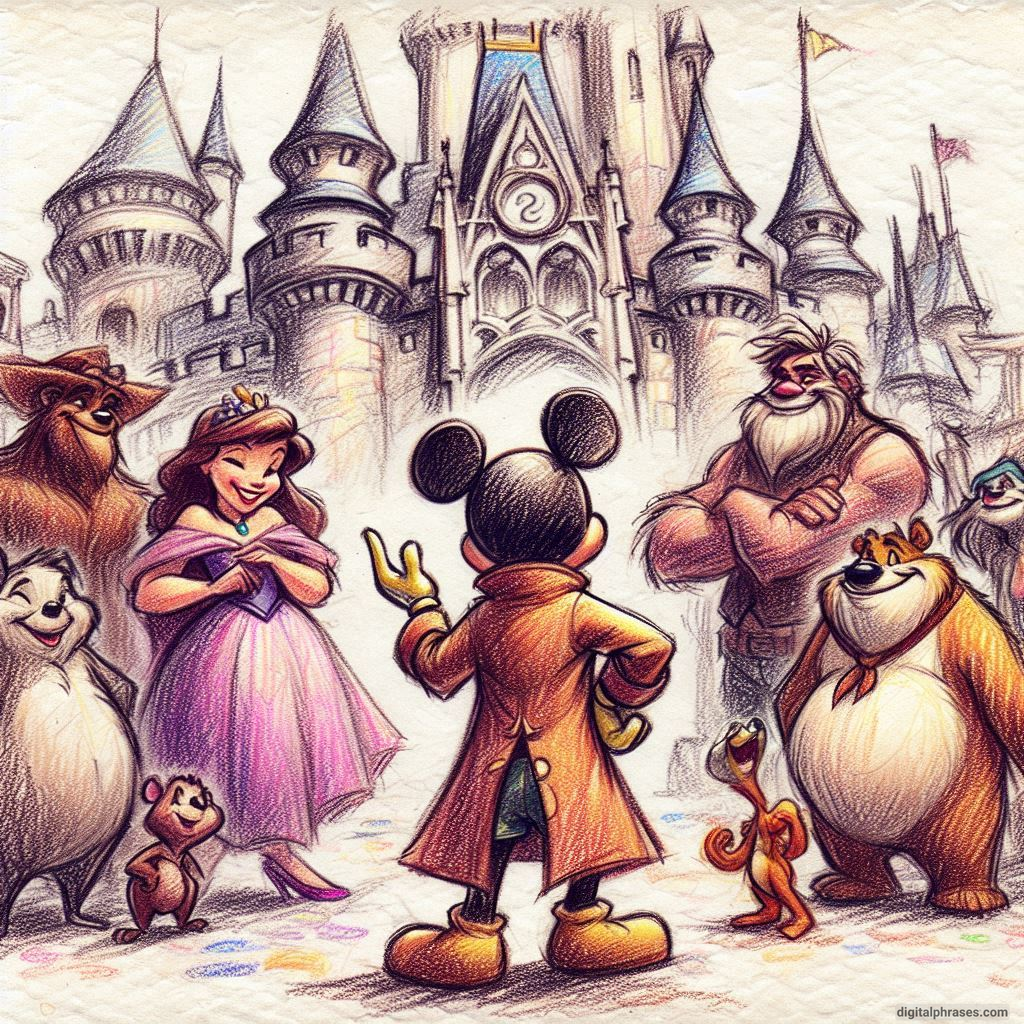
67

68
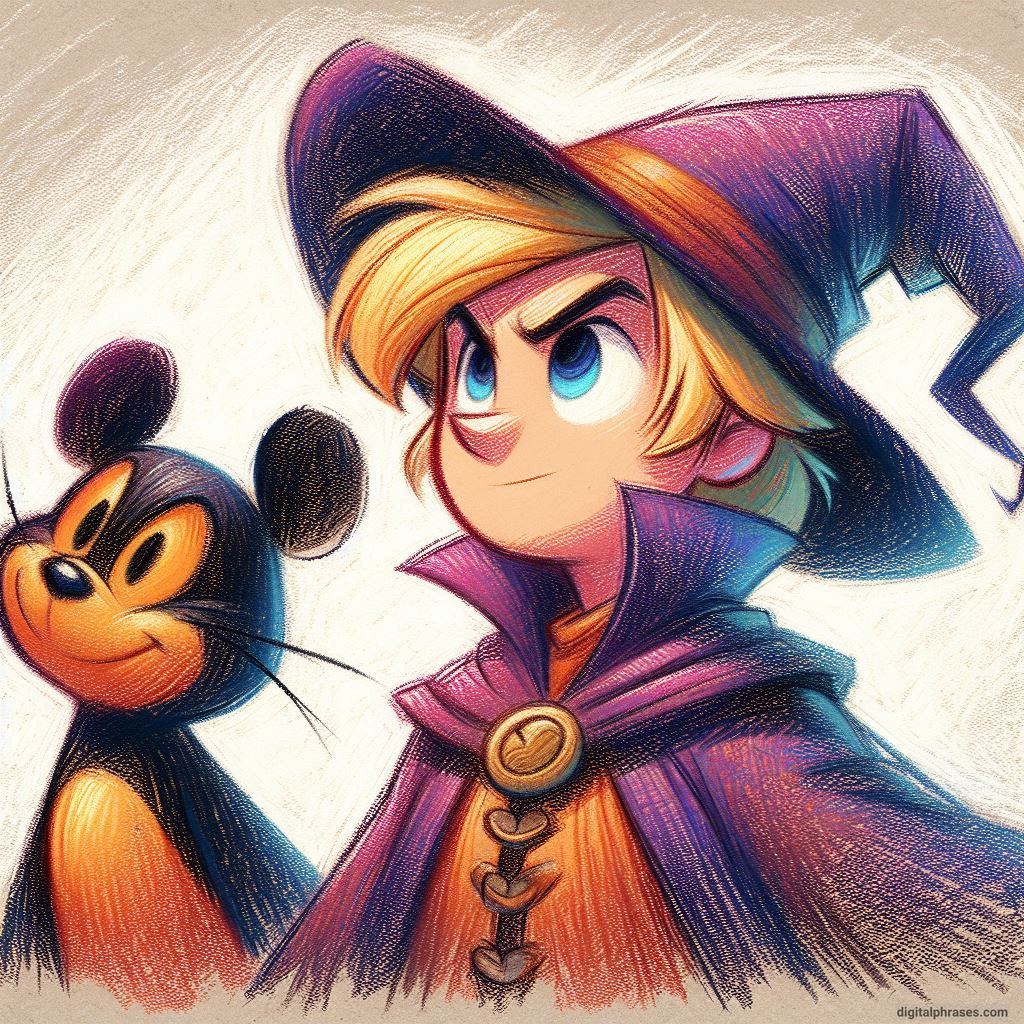
69
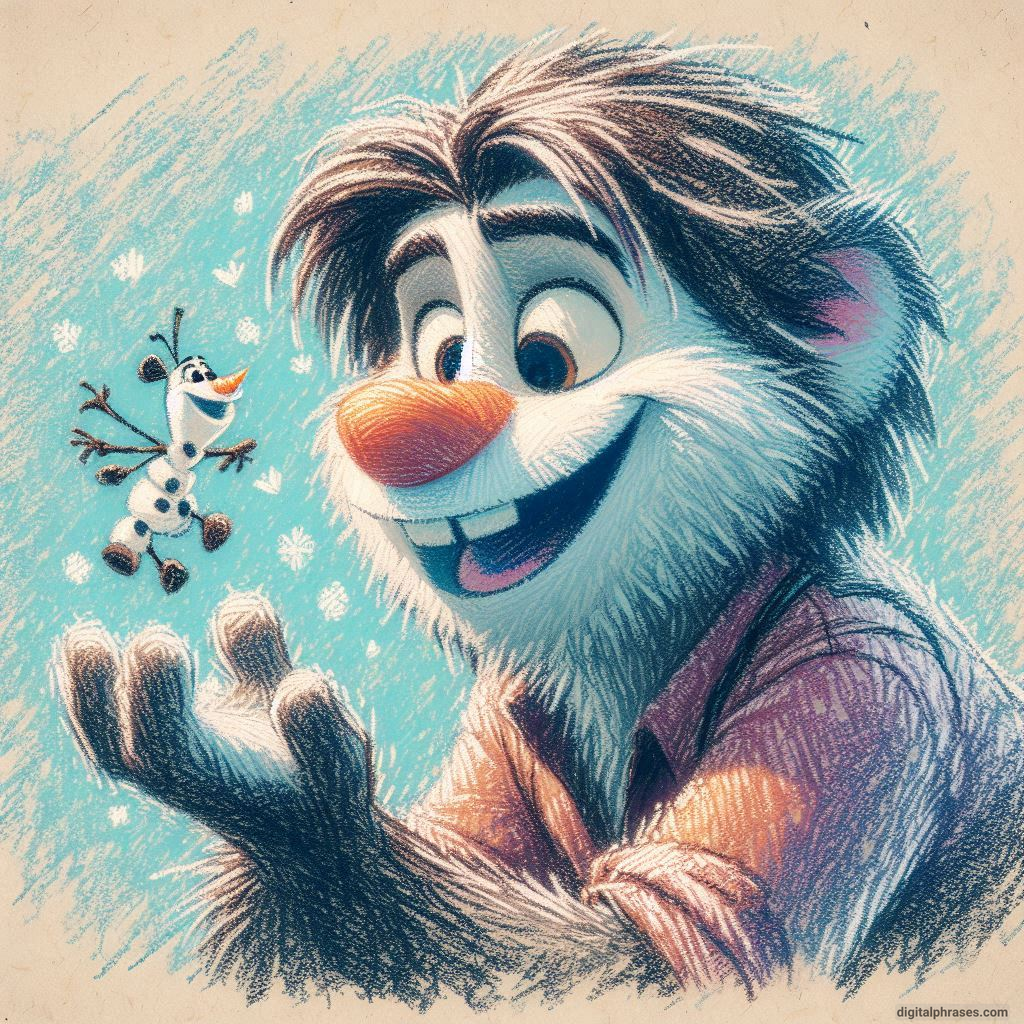
70

71
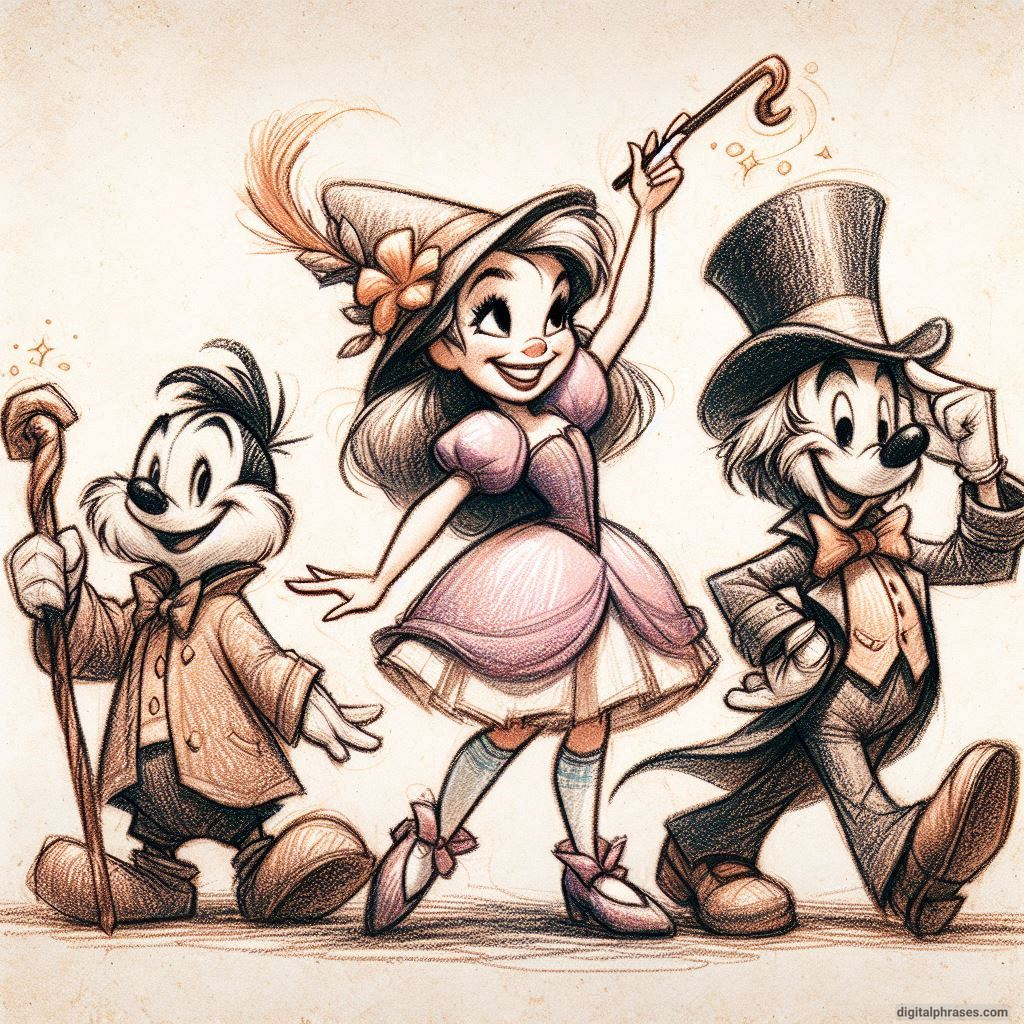
72
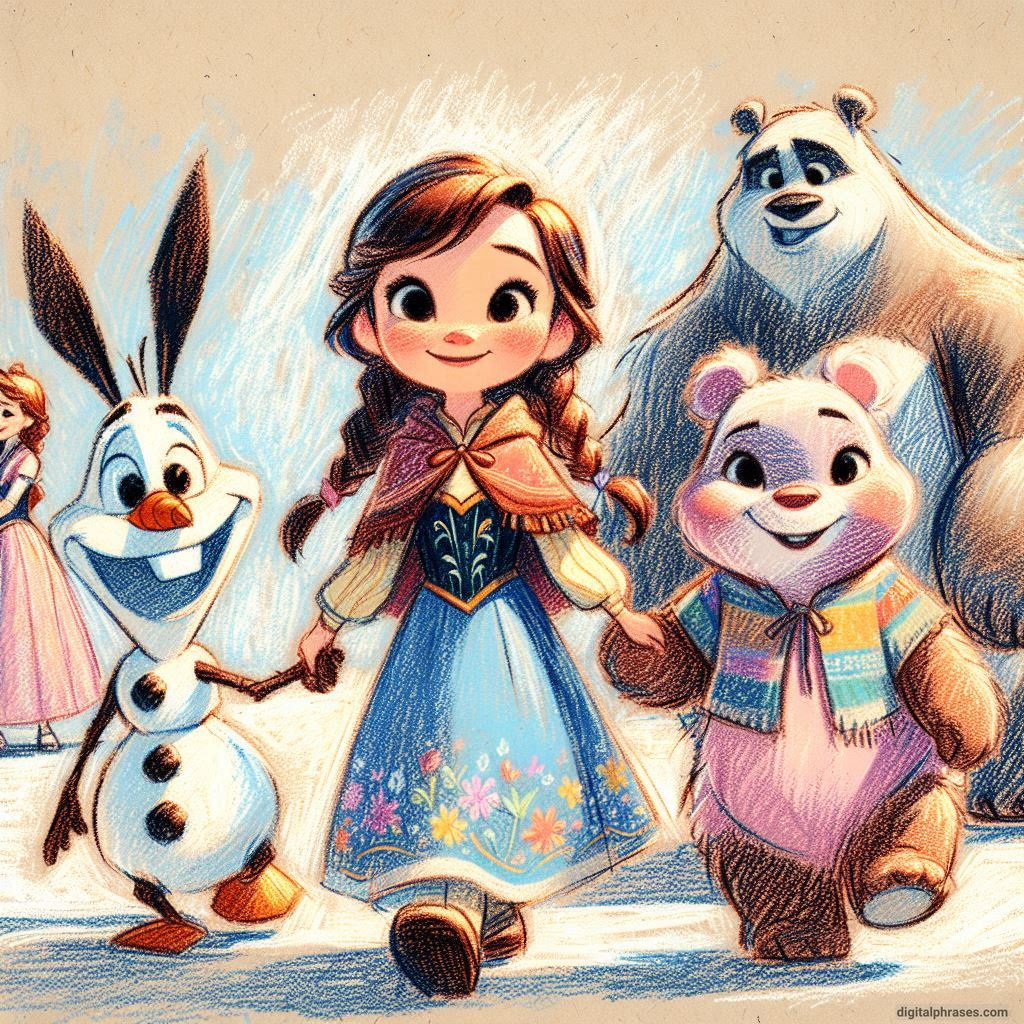
73
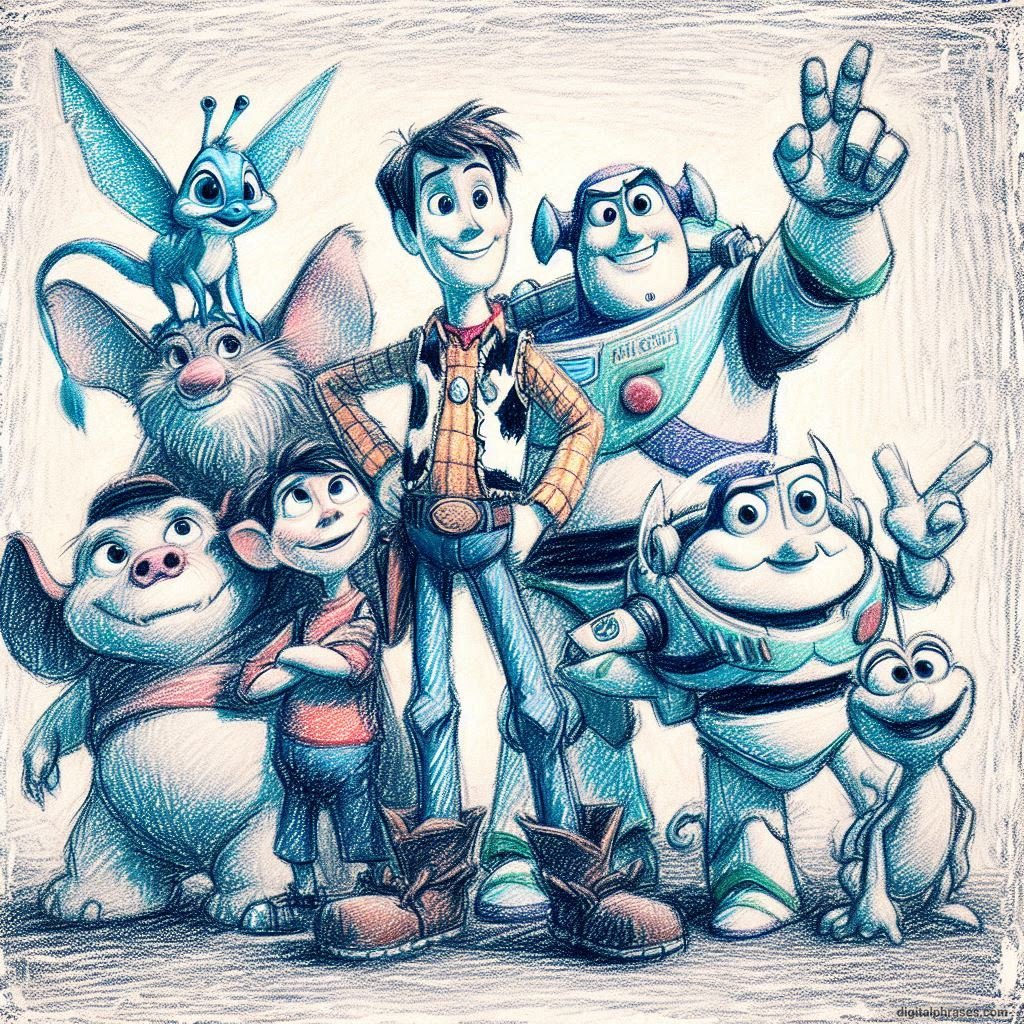
74
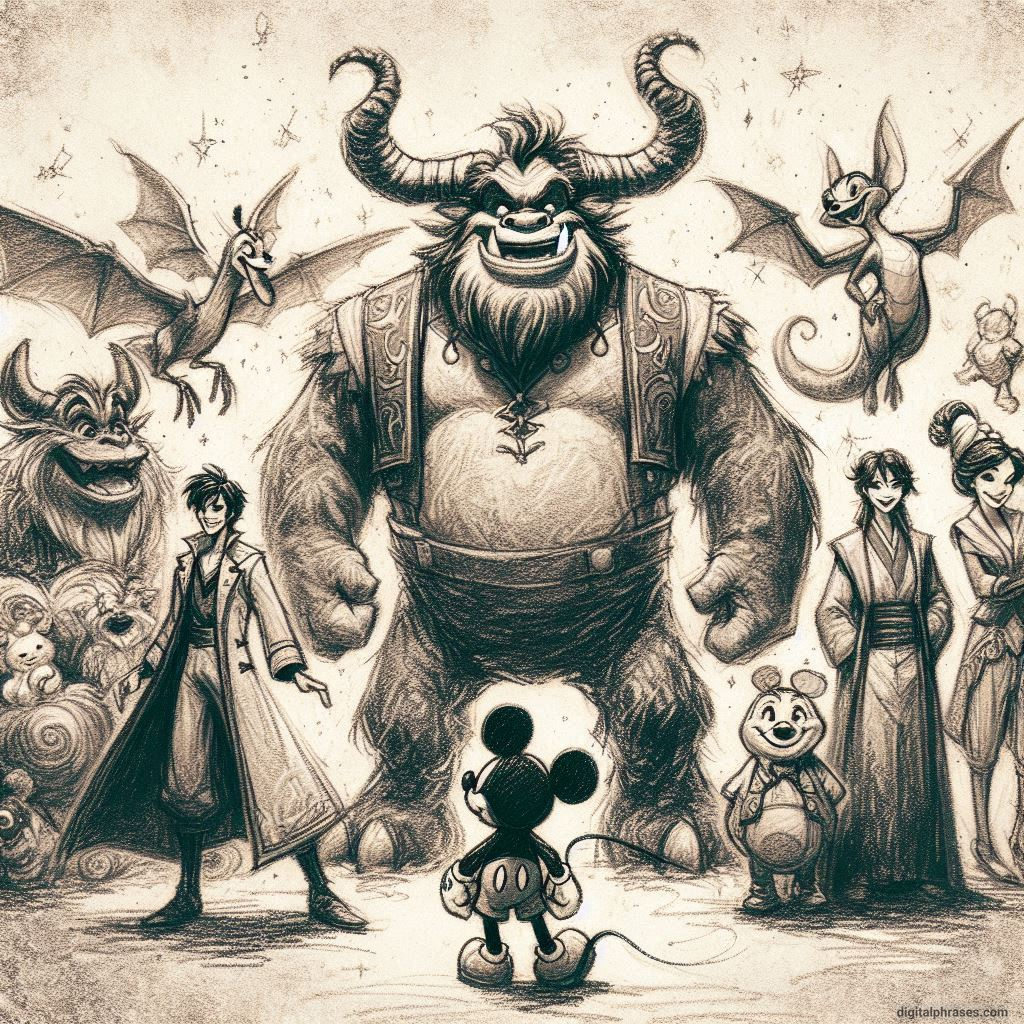
75

76
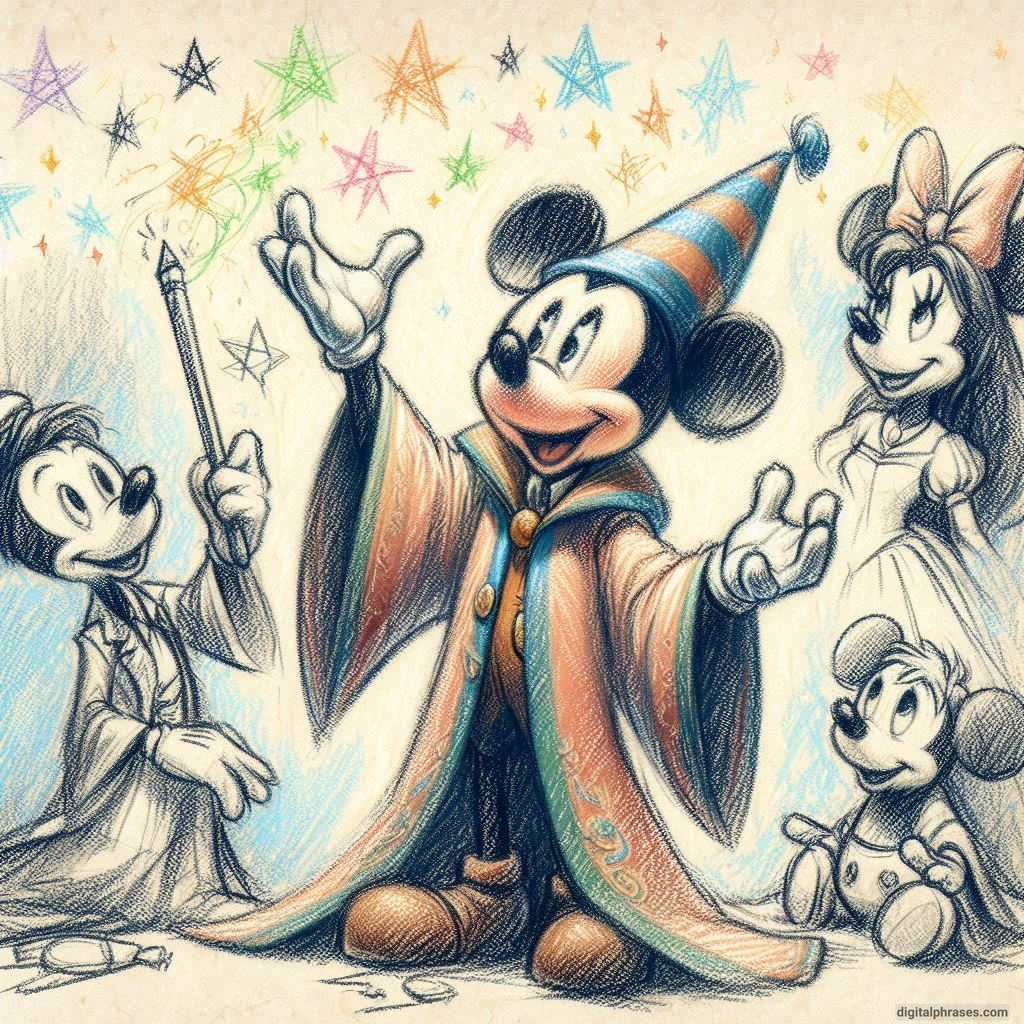
77

78

79
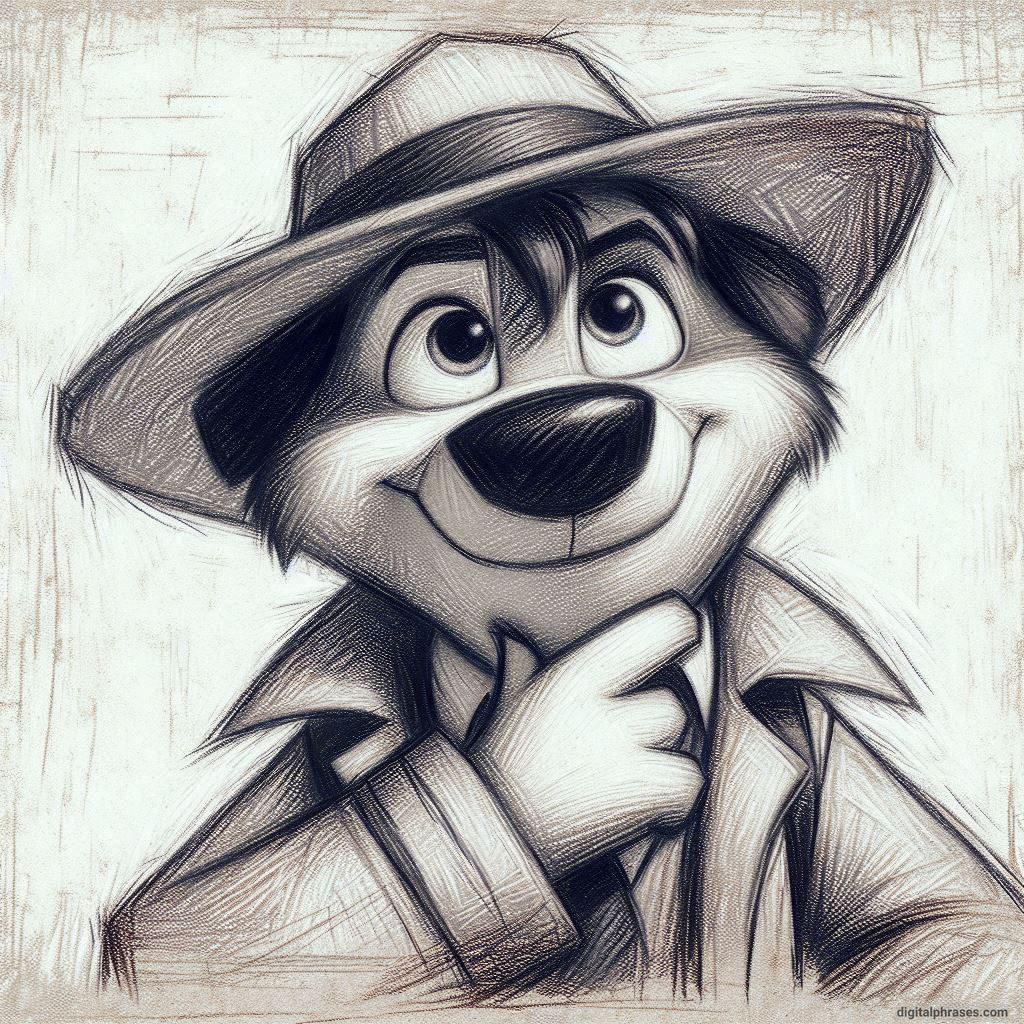
80
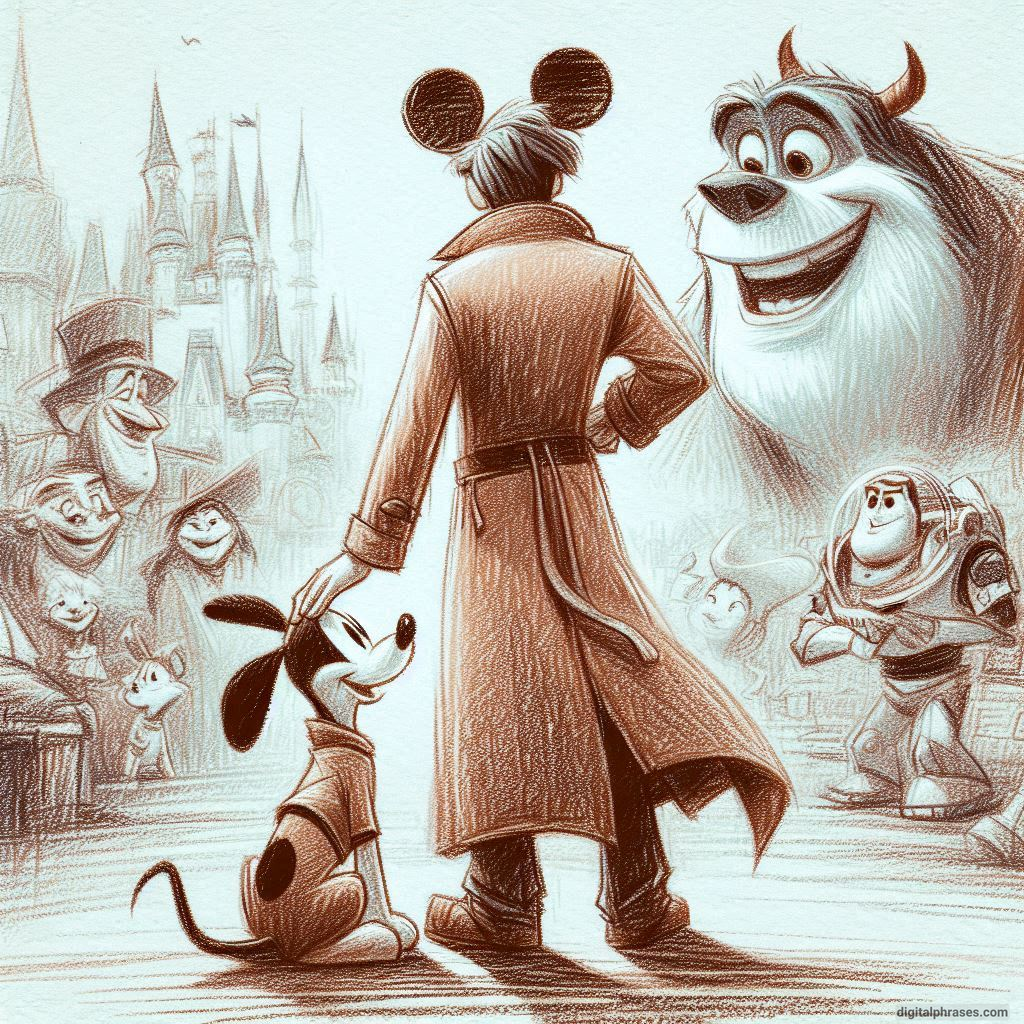
81
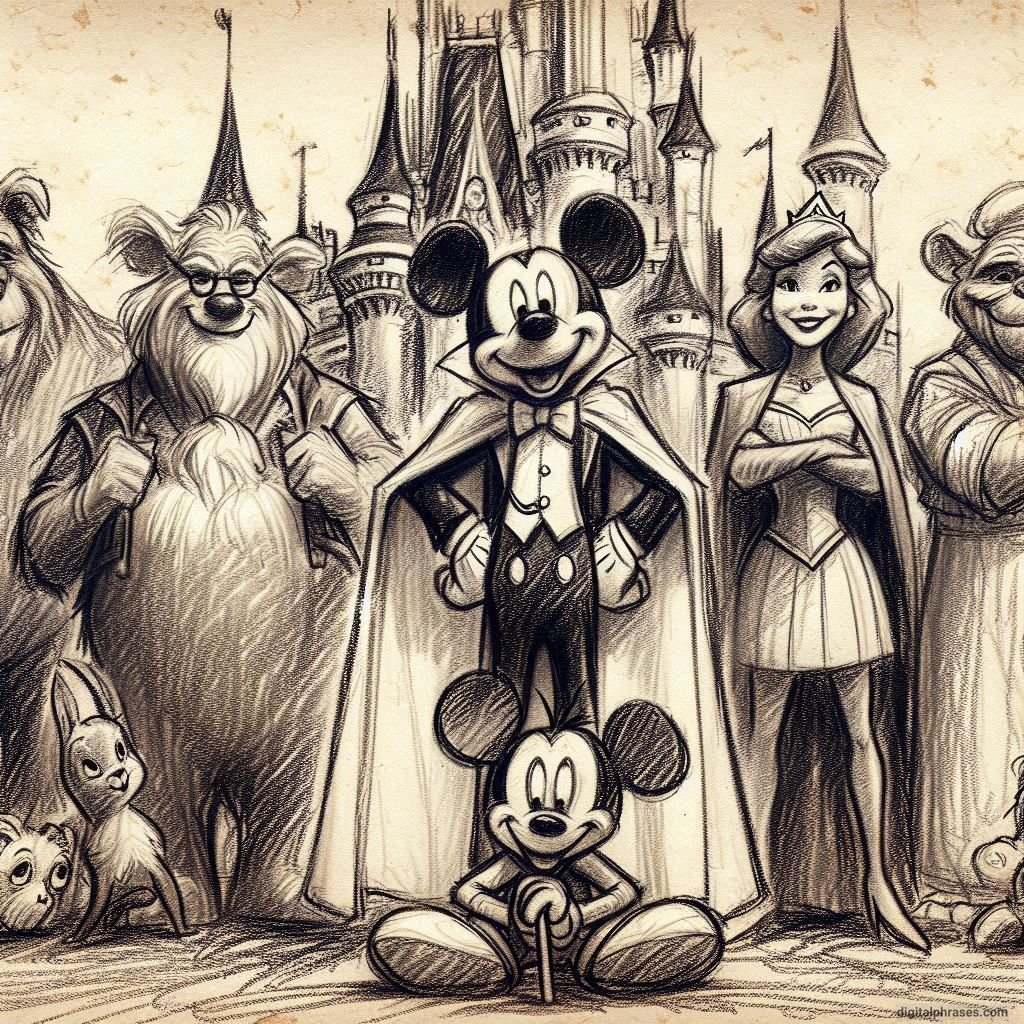
82
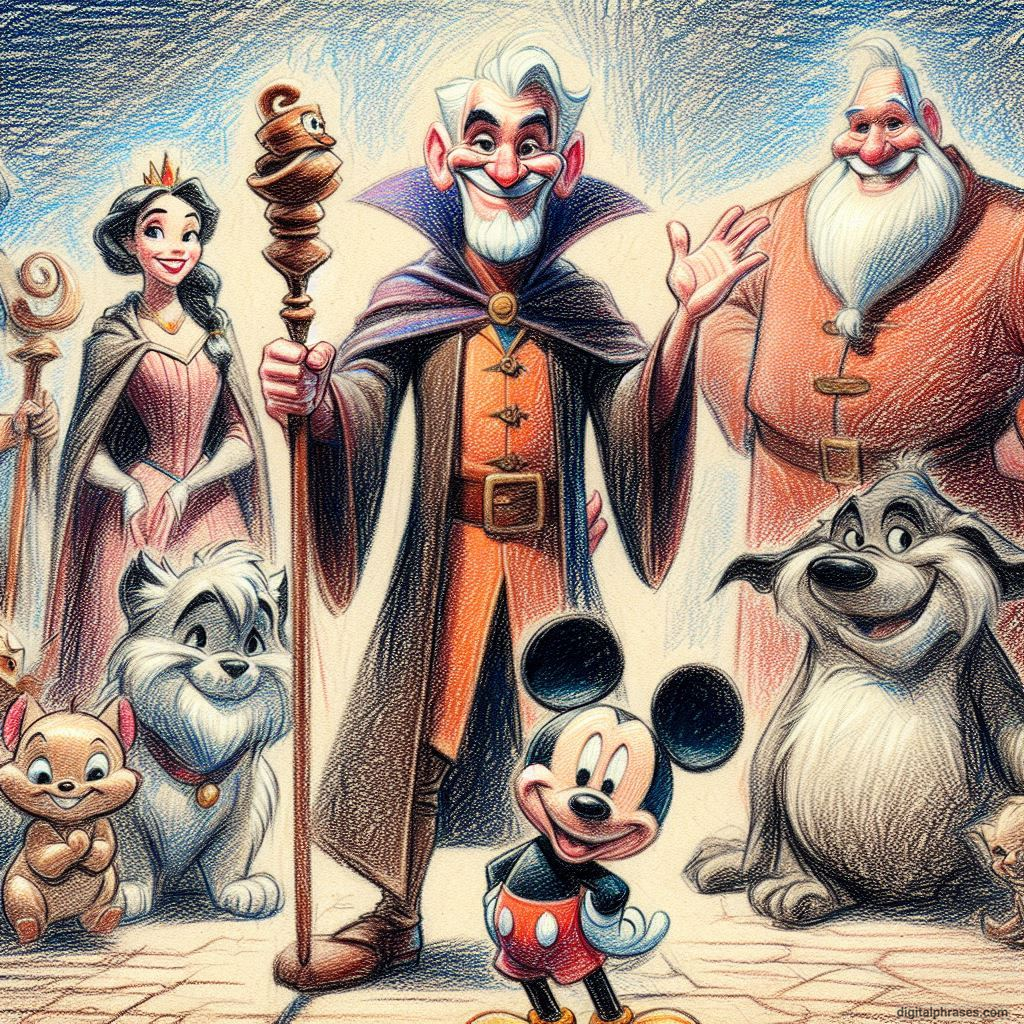
83
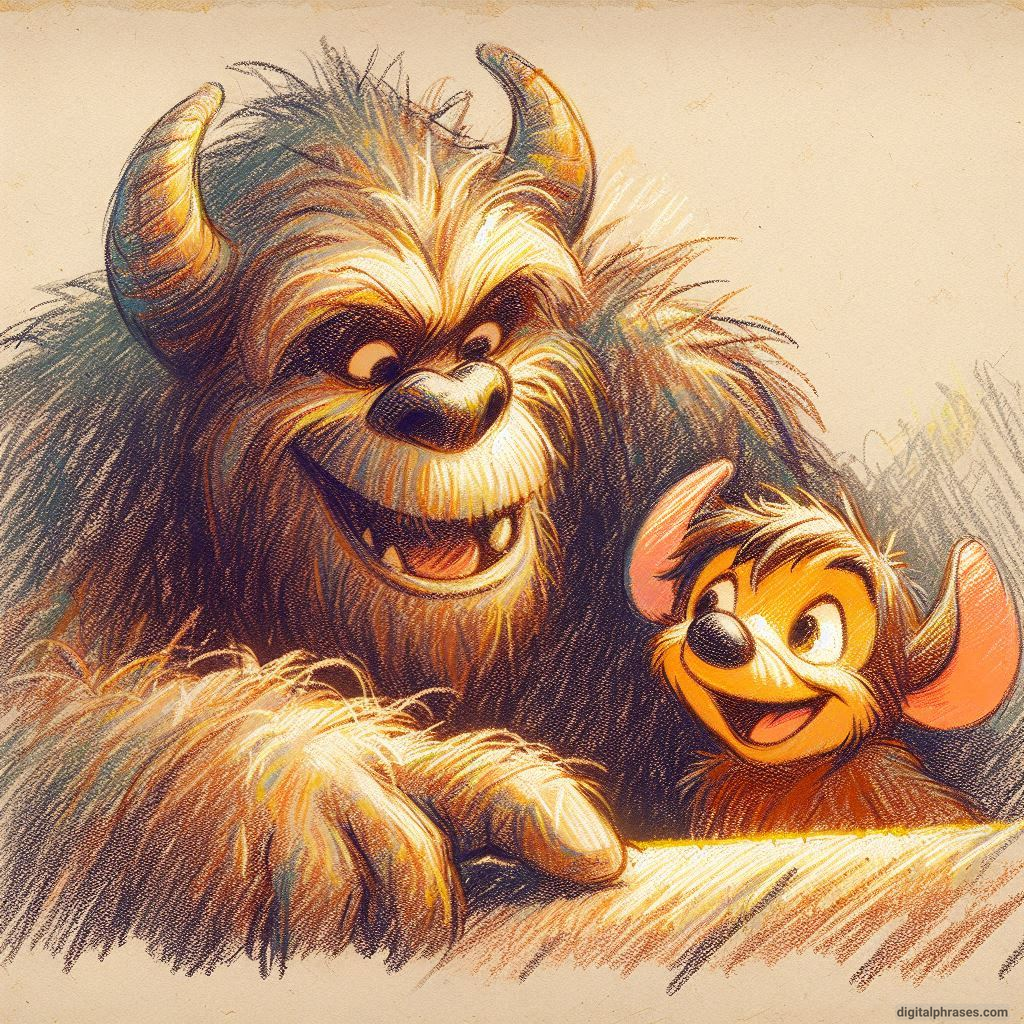
84
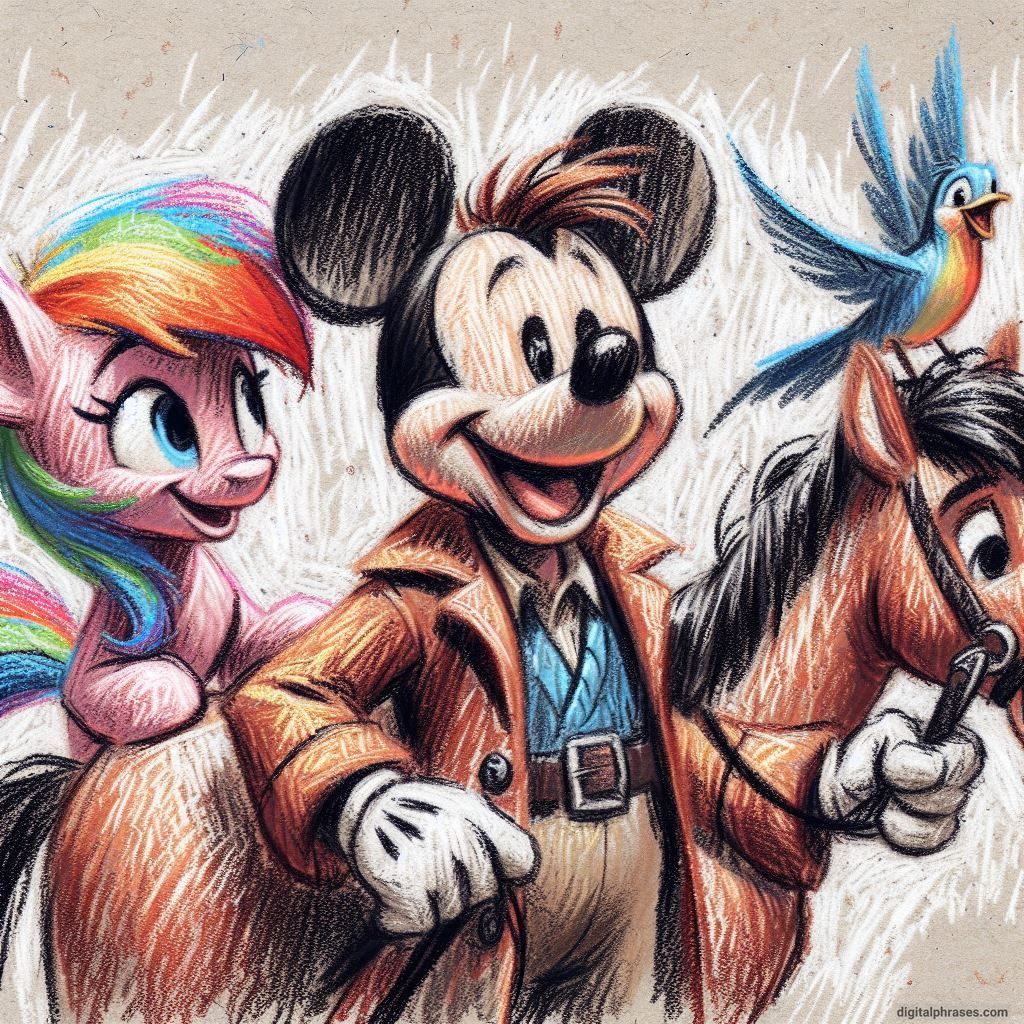
85
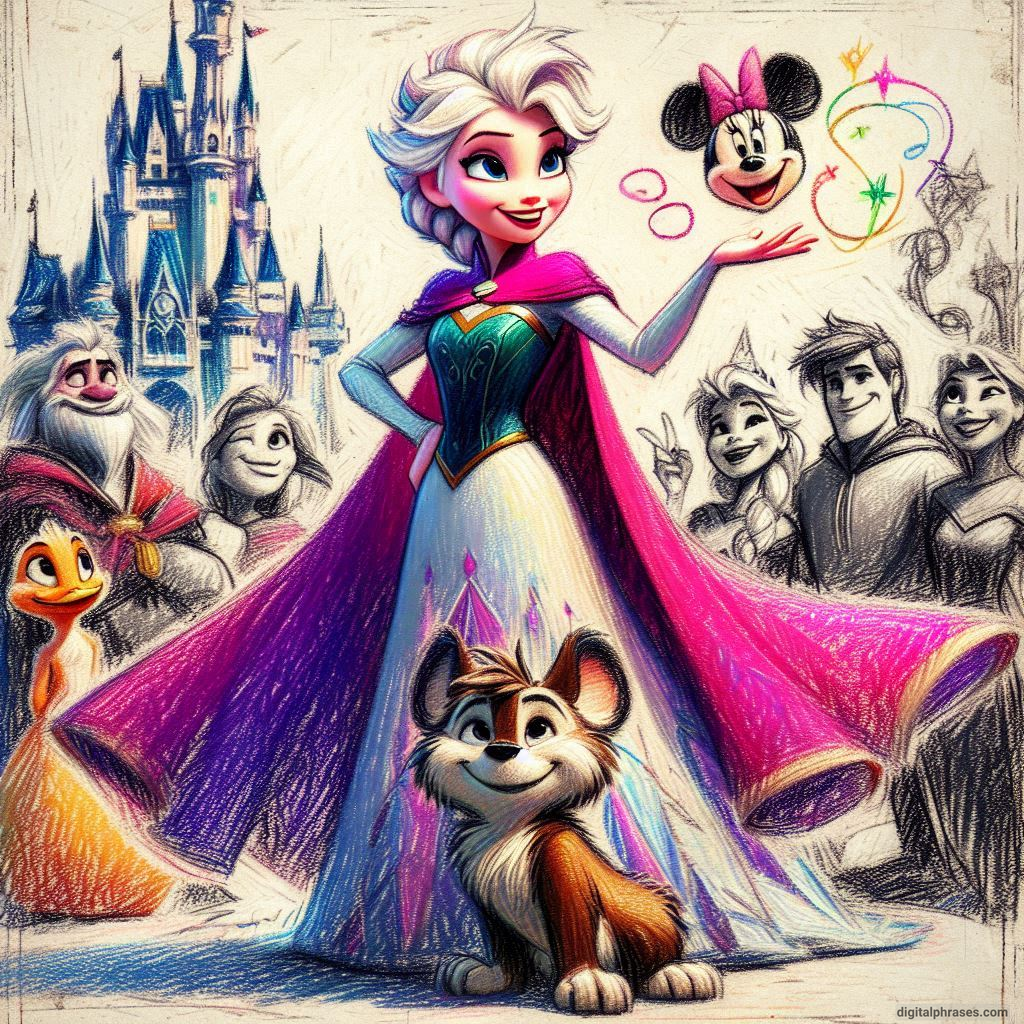
Top 5 Disney Characters You Can Draw
1. Mickey Mouse
A Brief History
Mickey Mouse, arguably the most recognizable Disney character, made his debut in the animated short film “Steamboat Willie” in 1928. Created by Walt Disney and Ub Iwerks, Mickey quickly became the face of the Disney brand, representing joy, optimism, and creativity. His classic design has evolved over the years, but the essence of his character has remained consistent.
Why Draw Mickey Mouse?
Mickey Mouse’s design is simple yet iconic, making him an ideal character for artists to draw. His round shapes and minimalistic features allow beginners to practice fundamental drawing techniques, such as constructing basic shapes and understanding proportions. For more experienced artists, Mickey provides an opportunity to experiment with different styles and expressions.
Tips for Drawing Mickey Mouse
- Start with Basic Shapes: Begin by drawing a circle for Mickey’s head and two smaller circles for his ears. His body can be constructed using simple ovals and rectangles.
- Focus on Proportions: Mickey’s ears are typically about half the size of his head, and his eyes should be placed in the middle of his face.
- Expressive Features: Mickey’s facial expressions are key to capturing his personality. Practice drawing different expressions to make your Mickey come to life.
- Experiment with Style: Try drawing Mickey in various styles, from his classic black-and-white look to a more modern, colorful version.
2. Elsa from Frozen
A Brief History
Elsa, the Snow Queen from Disney’s “Frozen,” was introduced in 2013. Voiced by Idina Menzel, Elsa quickly became a beloved character, known for her powerful voice and the hit song “Let It Go.” Her character embodies themes of self-discovery and acceptance, resonating with audiences worldwide.
Why Draw Elsa?
Elsa’s design is both elegant and complex, offering a challenging yet rewarding experience for artists. Her intricate ice dress, expressive eyes, and flowing hair provide ample opportunity to practice detailing and capturing emotion.
Tips for Drawing Elsa
- Focus on the Eyes: Elsa’s eyes are large and expressive. Start by drawing her eyes to set the tone for the rest of the drawing.
- Capture Her Hair: Elsa’s hair is a defining feature. Pay attention to the braid’s texture and flow to make your drawing more dynamic.
- Detail Her Dress: Elsa’s ice dress is detailed with patterns and sparkles. Use light pencil strokes to create the illusion of shimmering ice.
- Convey Emotion: Elsa’s character is all about emotion. Experiment with different facial expressions to capture her personality, whether it’s her determination or vulnerability.
3. Simba from The Lion King
A Brief History
Simba, the lion cub from Disney’s “The Lion King,” made his debut in 1994. Voiced by Matthew Broderick (adult) and Jonathan Taylor Thomas (cub), Simba’s journey from a carefree cub to the king of the Pride Lands is a timeless story of growth and responsibility.
Why Draw Simba?
Simba’s character design is both charming and complex. Drawing Simba allows artists to practice animal anatomy and capture the essence of his playful yet courageous nature.
Tips for Drawing Simba
- Understand Lion Anatomy: Start by studying the anatomy of lions to understand the structure of Simba’s body. Focus on capturing the proportions and musculature of a young lion.
- Expressive Face: Simba’s face is full of expression. Pay attention to his eyes and mouth to convey his youthful curiosity or regal determination.
- Mane Details: If drawing adult Simba, practice drawing the mane, focusing on texture and volume to add depth to your drawing.
- Playful Poses: Experiment with different poses to capture Simba’s playful nature as a cub or his majestic stance as an adult.
4. Ariel from The Little Mermaid
A Brief History
Ariel, the adventurous mermaid from Disney’s “The Little Mermaid,” was introduced in 1989. Voiced by Jodi Benson, Ariel’s story of longing for the human world and her journey of self-discovery has made her one of Disney’s most beloved princesses.
Why Draw Ariel?
Ariel’s character design is a mix of fantasy and realism, making her an exciting subject for artists. Her flowing hair, mermaid tail, and expressive features provide a range of artistic challenges and opportunities for creativity.
Tips for Drawing Ariel
- Flowing Hair: Ariel’s hair is iconic. Practice drawing it with dynamic flow and volume to capture the underwater movement.
- Mermaid Anatomy: Focus on the transition from Ariel’s human upper body to her mermaid tail, paying attention to proportions and fluidity.
- Expressive Eyes: Ariel’s large, expressive eyes convey her emotions. Experiment with different expressions to capture her curiosity and determination.
- Play with Colors: Ariel’s vibrant red hair and green tail offer an opportunity to experiment with colors. Use different shades and highlights to add depth to your drawing.
5. Stitch from Lilo & Stitch
A Brief History
Stitch, the mischievous alien from Disney’s “Lilo & Stitch,” made his debut in 2002. Known for his chaotic nature and eventual transformation into a loving family member, Stitch’s character resonates with themes of belonging and redemption.
Why Draw Stitch?
Stitch’s unique design combines cute and chaotic elements, making him an interesting character to draw. His exaggerated features and expressive eyes provide a fun challenge for artists of all levels.
Tips for Drawing Stitch
- Understand Proportions: Stitch’s large ears and eyes are key features. Start with these elements to establish the character’s proportions.
- Expressive Features: Stitch’s facial expressions range from mischievous to affectionate. Experiment with different expressions to capture his dynamic personality.
- Playful Poses: Stitch is often depicted in playful or mischievous poses. Experiment with different stances to convey his energetic nature.
- Alien Details: Focus on Stitch’s unique features, such as his extra arms and antennae, to capture his alien essence.
Things To Keep in Mind While Drawing a Disney Character
Understanding the Disney Style
- Character Proportions: Disney characters are known for their exaggerated and distinctive proportions. Typically, their heads are larger relative to their bodies, which enhances their expressiveness and appeal. For instance, younger characters often have bigger eyes and rounder faces to emphasize innocence and approachability.
- Simplified Anatomy: Unlike more realistic human figures, Disney characters often feature simplified anatomy. Fingers may be rounded and fewer, muscles are less defined, and limbs can be stylized with smooth, flowing lines. The key is to capture the essence of the character without overly complex details.
- Expressive Eyes: Eyes are a focal point in Disney characters. They are usually large and highly expressive, often taking up a significant portion of the face. This helps convey a wide range of emotions, from joy to sadness, fear to excitement. Pay attention to the shaping and positioning of the eyes—these are crucial for injecting personality into your drawings.
Techniques and Tools
- Pencil Sketches: Start with light pencil sketches to lay down the basic shapes and proportions. Use gentle strokes to make it easier to correct mistakes. Gradually refine your sketch, adding more details and cleaning up unnecessary lines as you progress.
- Inking and Coloring: Once you’re satisfied with your pencil work, you can outline your character with a fine liner or pen to define the shapes clearly. Coloring can be done using various mediums like colored pencils, markers, or digital tools. Disney characters often have a vibrant and limited color palette which helps maintain consistency and recognizability.
- Shadows and Highlights: Adding shadows and highlights can bring depth and dimension to your characters. Observe how light interacts with the forms and features in reference images. Use light shading to accentuate curves and muscles subtly.
Practice and Patience
- Use References: Always keep a collection of reference images handy. Disney characters have specific styles, and using official art can help you understand key characteristics and stylistic elements. Notice how different artists approach the same character, and try to identify what makes each interpretation unique yet consistent.
- Continuous Learning: Drawing well takes practice and patience. Don’t be discouraged by initial attempts; every artist starts somewhere. Focus on gradual improvement and take pride in your progress, no matter how small.
- Feedback and Improvement: Seek feedback from other artists or enthusiasts in community forums or social media groups dedicated to Disney art. Constructive criticism can be incredibly valuable in honing your skills and refining your style.
Ethical Considerations
- Respect Copyrights: Disney characters are copyrighted, and using them for commercial purposes without permission is illegal. Always respect intellectual property rights and use your drawings of Disney characters for personal learning and enjoyment, or ensure you have the necessary rights if you intend to sell your art.
- Inspiration Not Imitation: While it’s important to study the official style, strive to add your personal touch. Developing a unique style while adhering to the recognizable traits of Disney characters can set your work apart.
Drawing Disney characters can be both fun and challenging.
By understanding the basics of the Disney style, practicing diligently, and considering both ethical and creative aspects, you can develop your skills and perhaps even create your own magical characters inspired by the rich legacy of Disney animation.
Remember, the goal is not just to replicate but to reinterpret and reimagine these classic characters through your artistic lens.
Whether you’re sketching for fun or aiming to become a professional artist, the world of Disney offers a fantastic playground for any illustrator.
